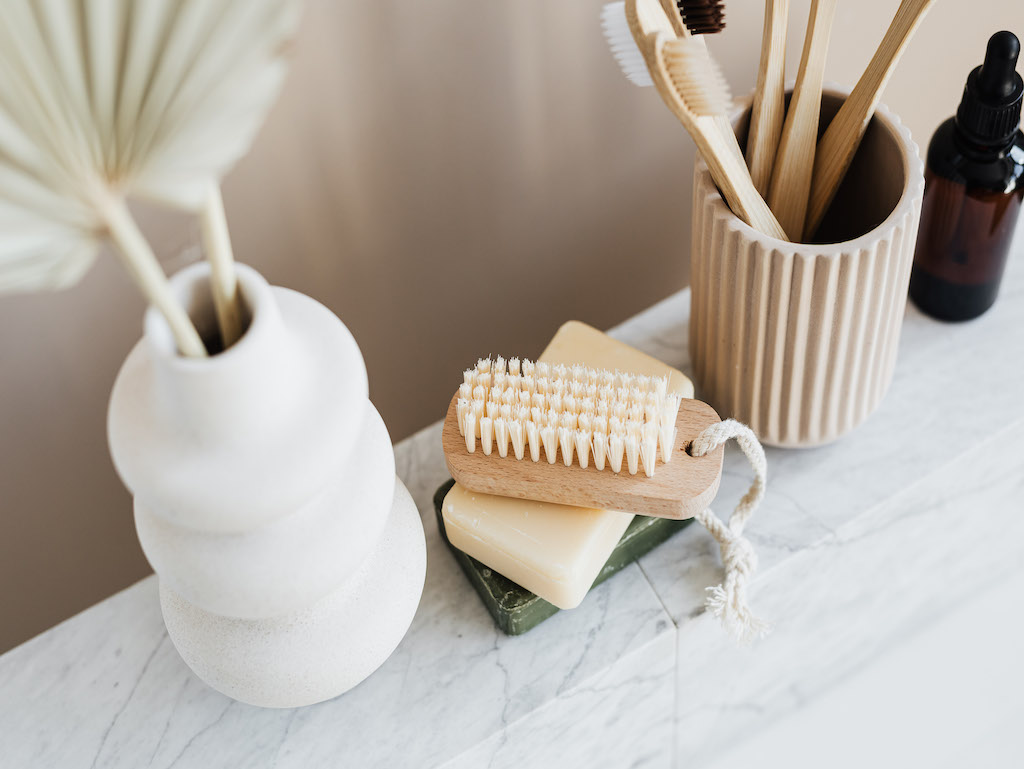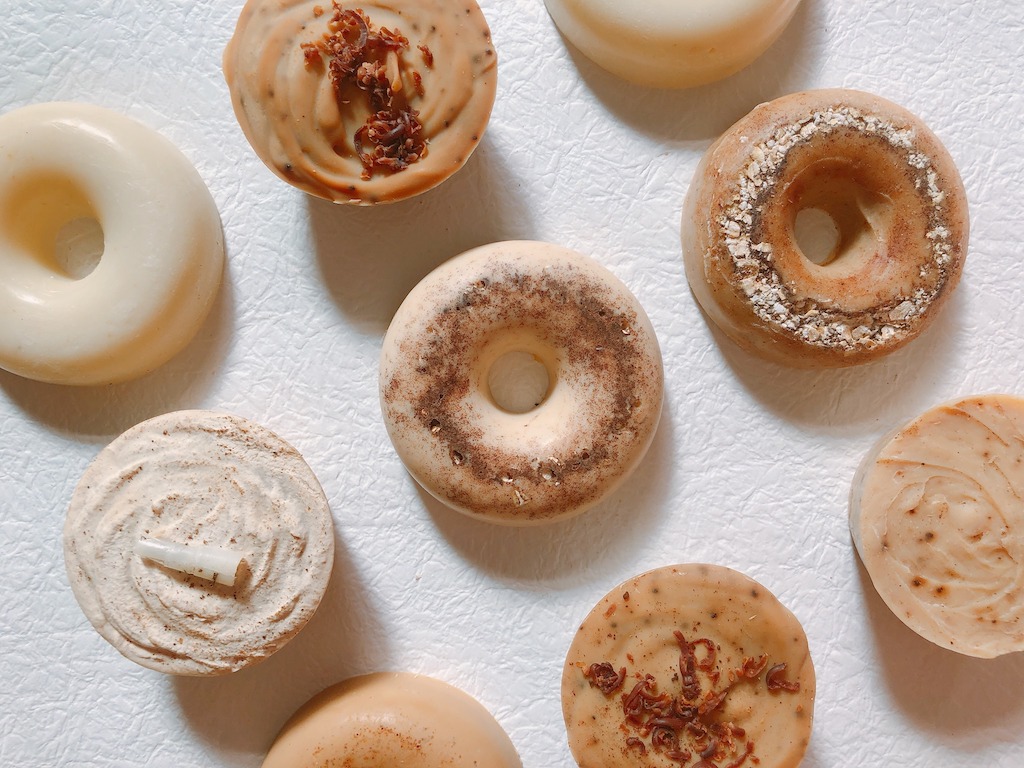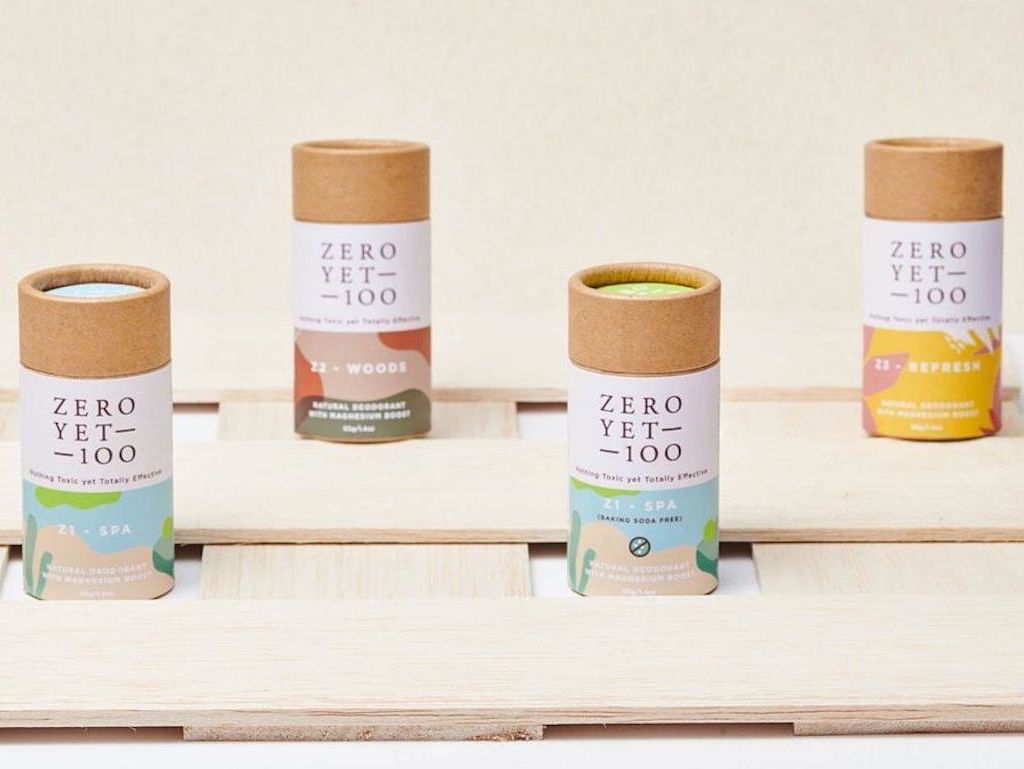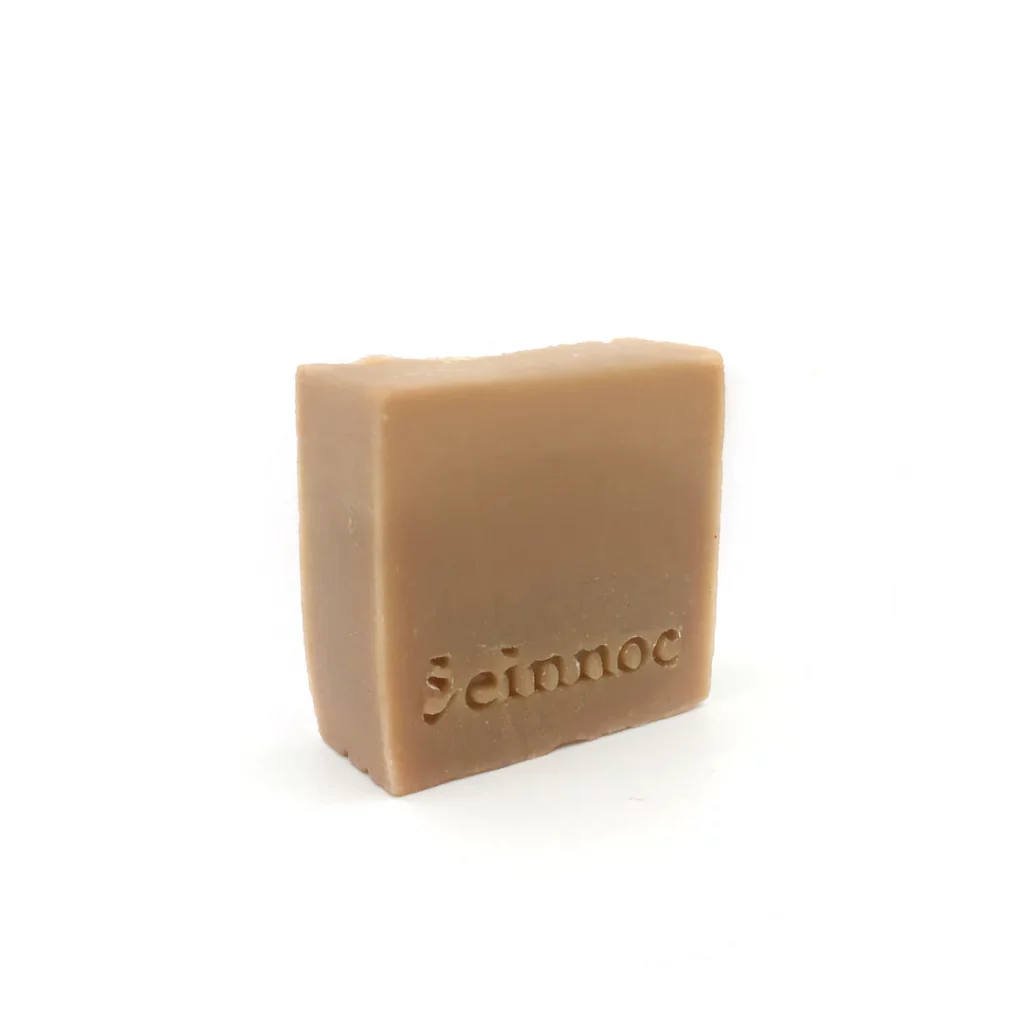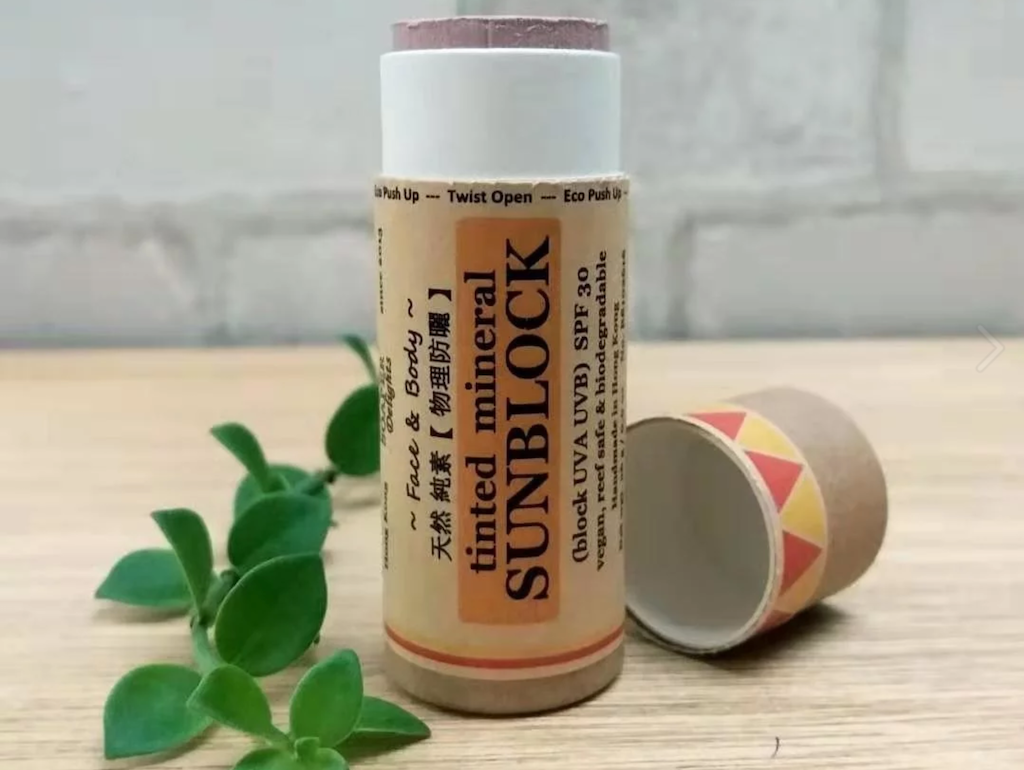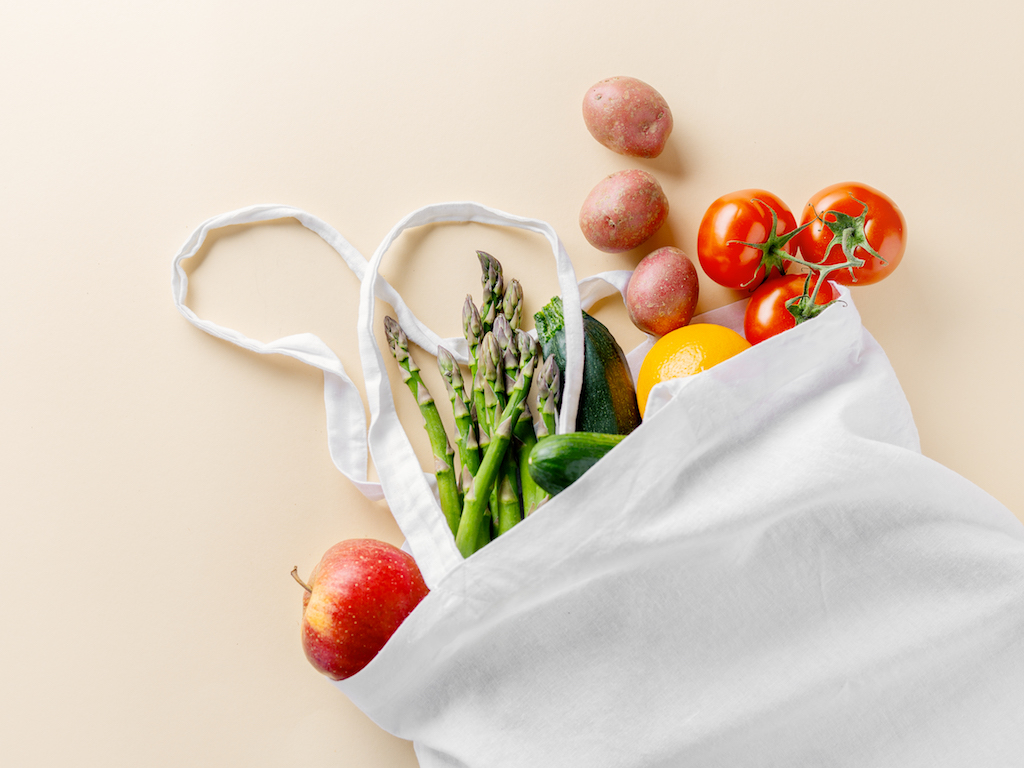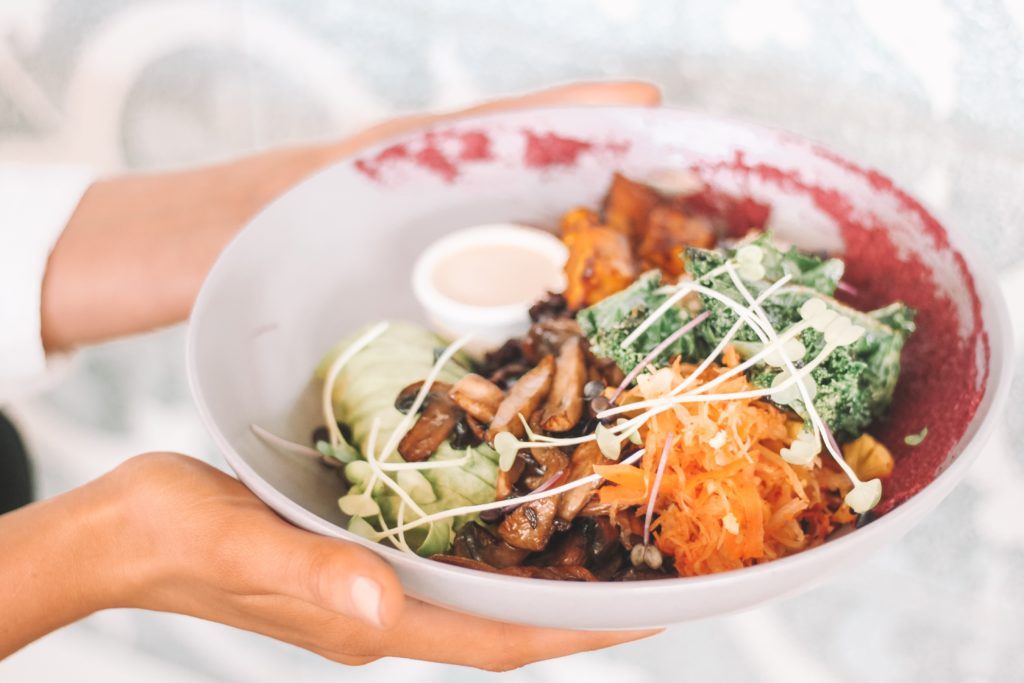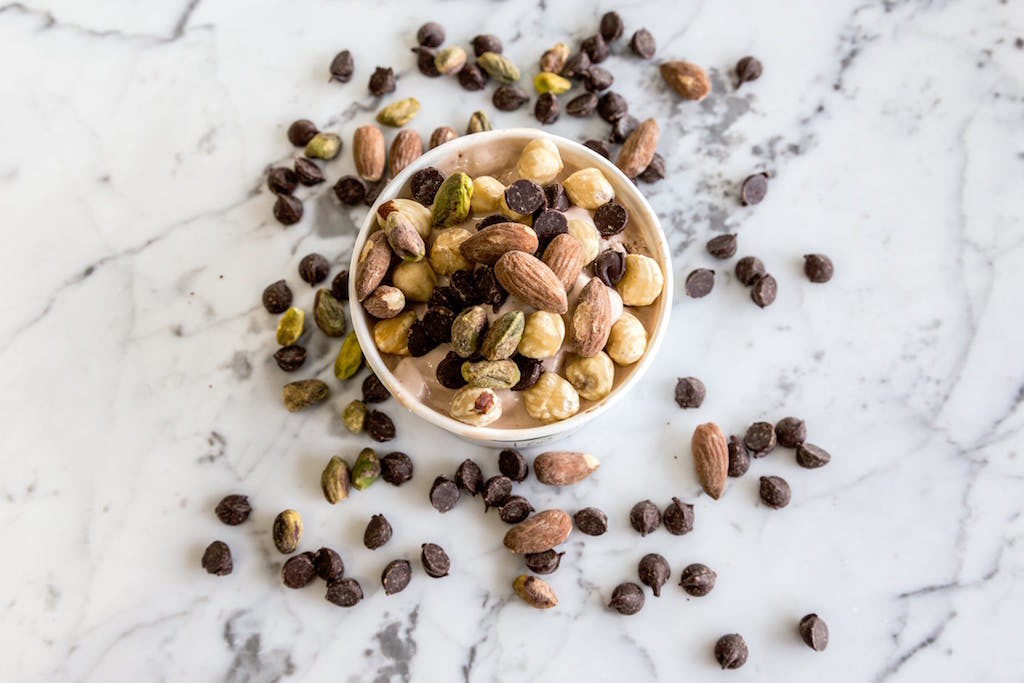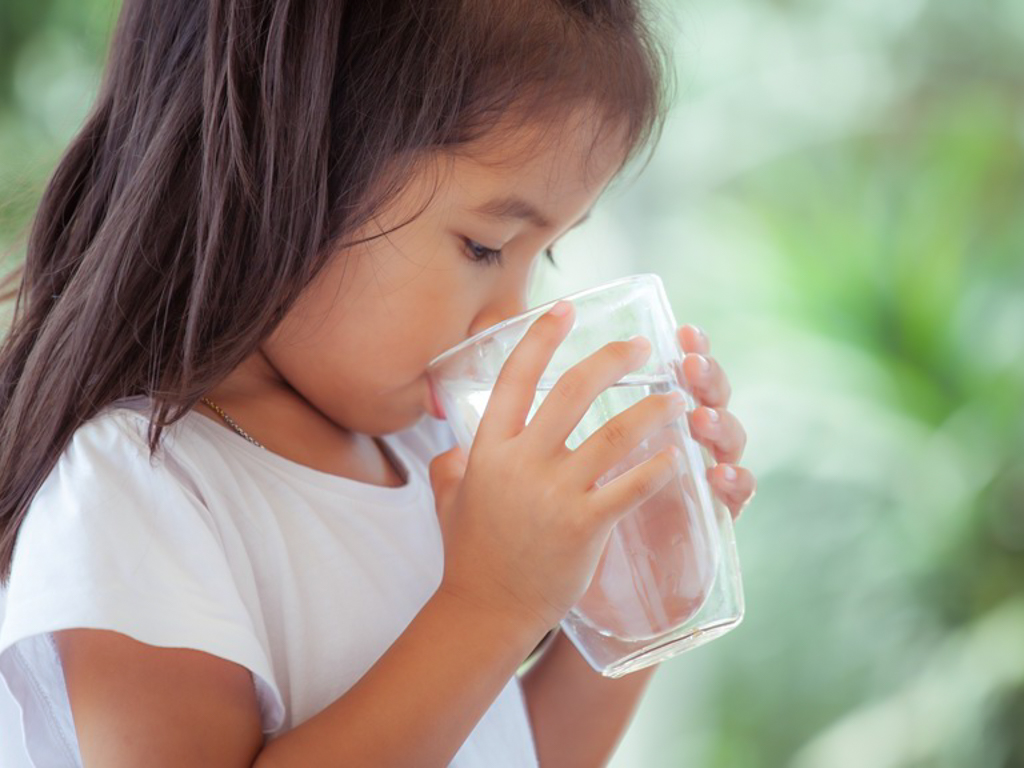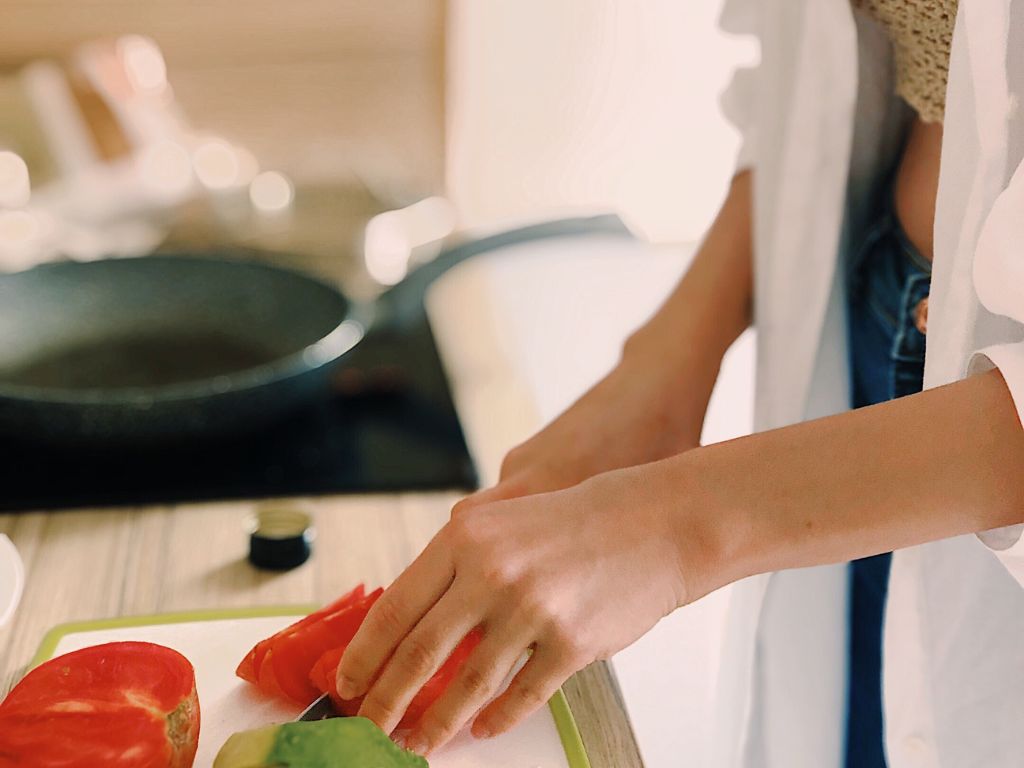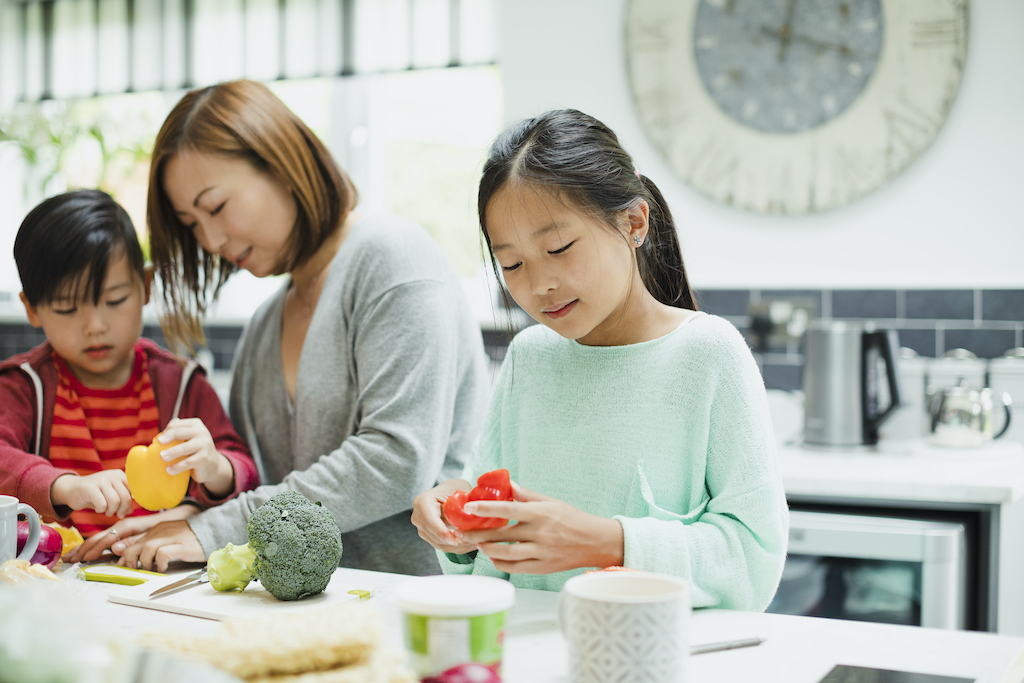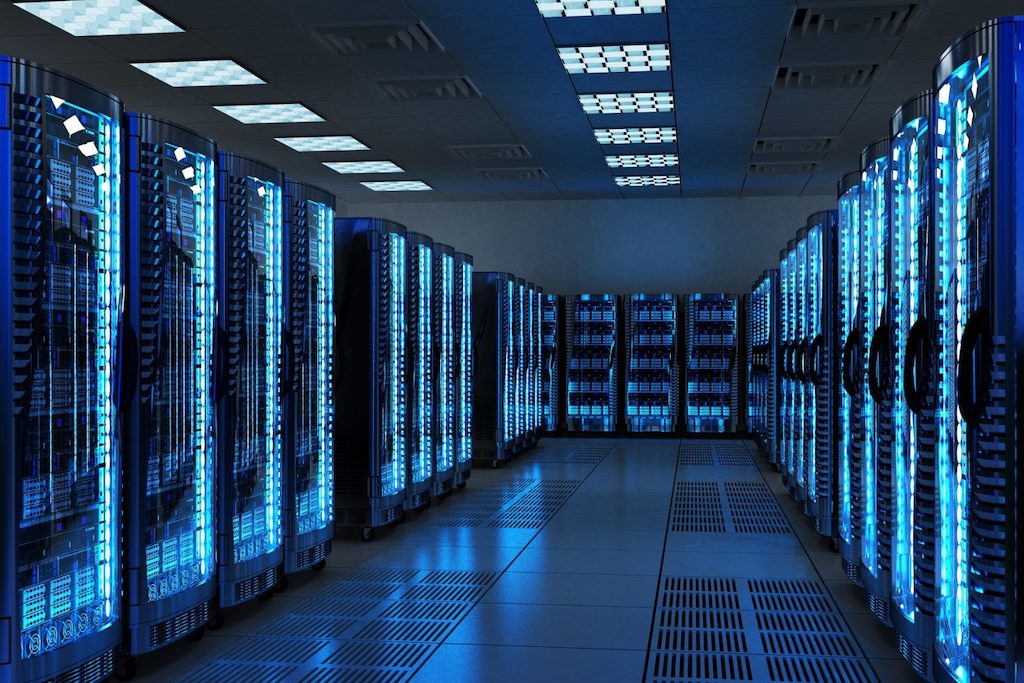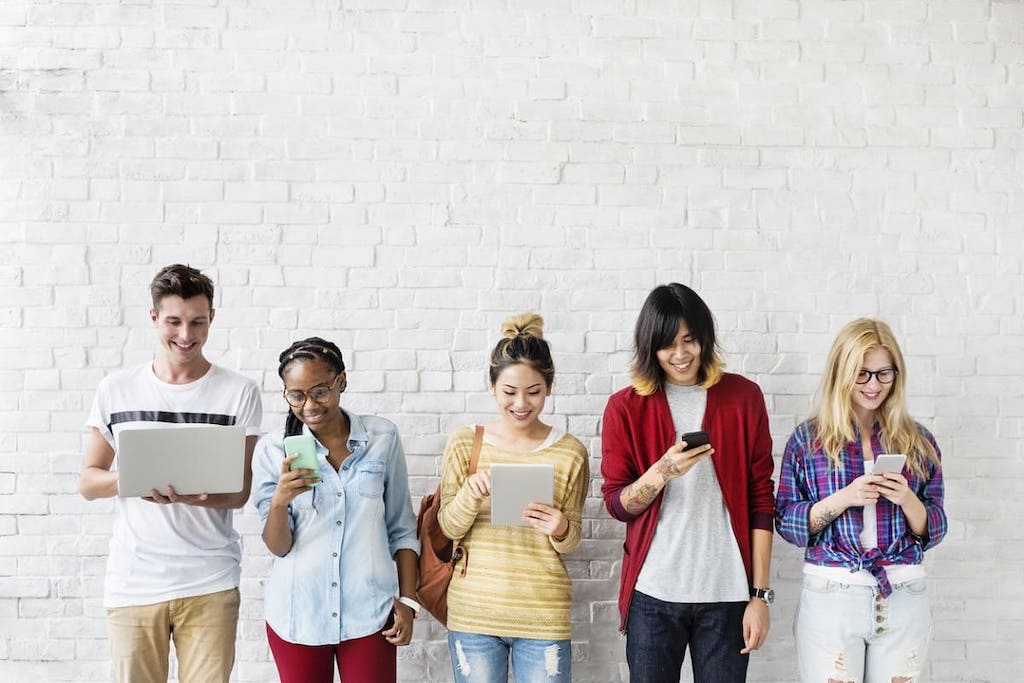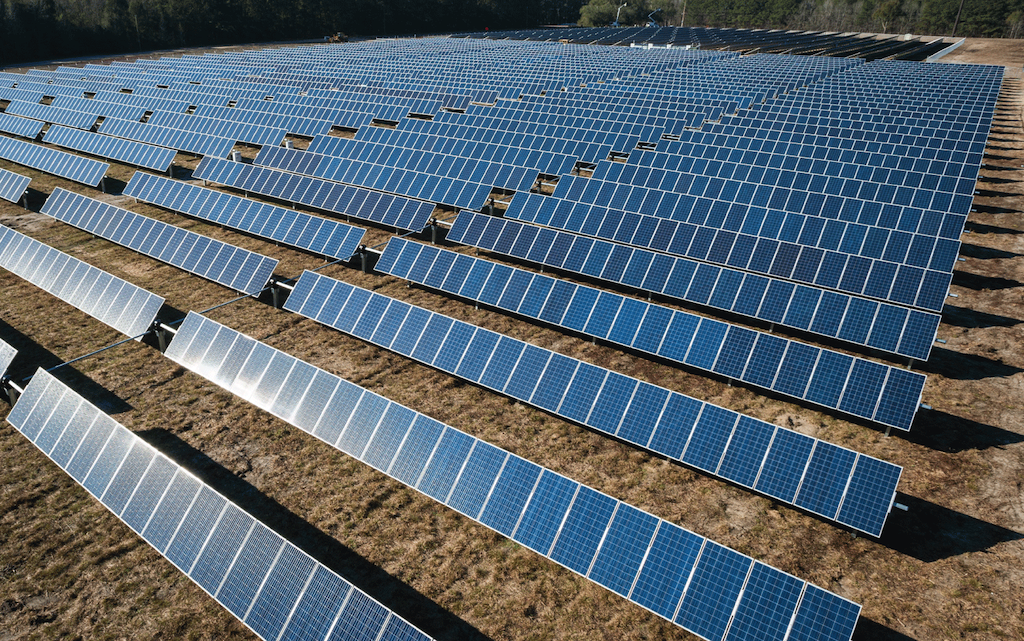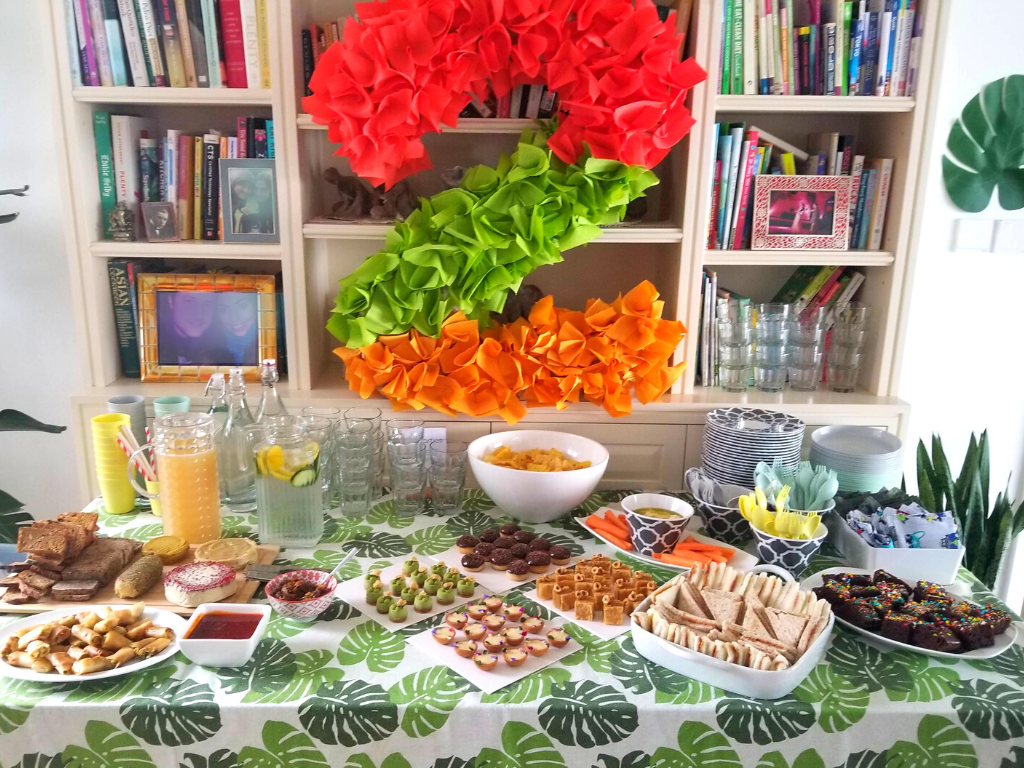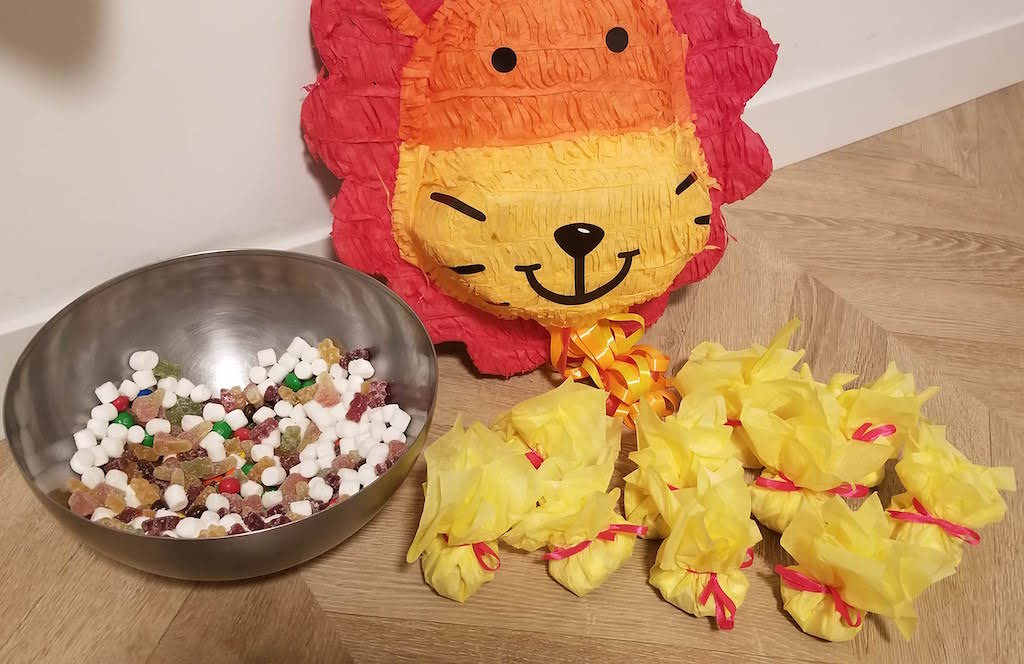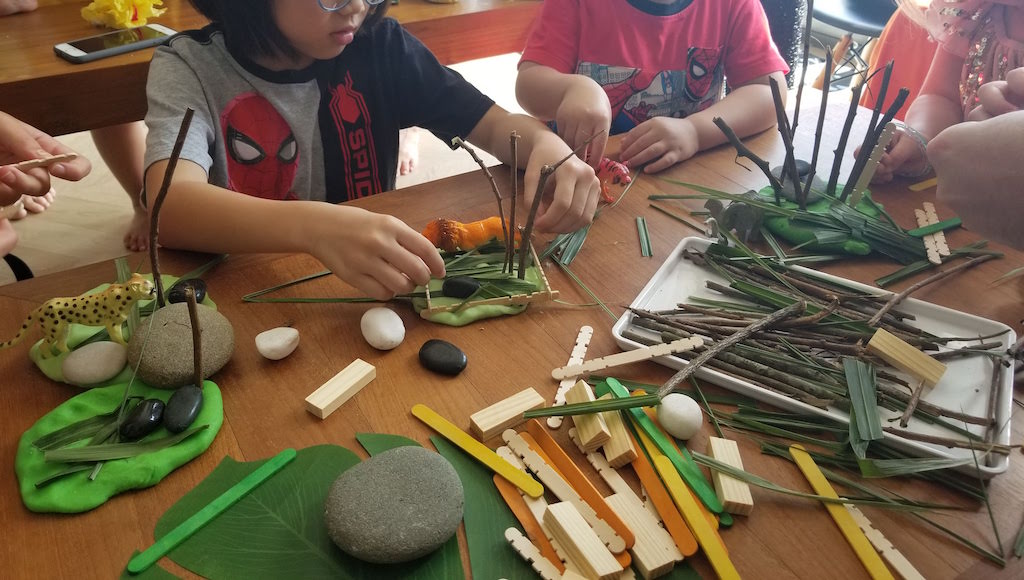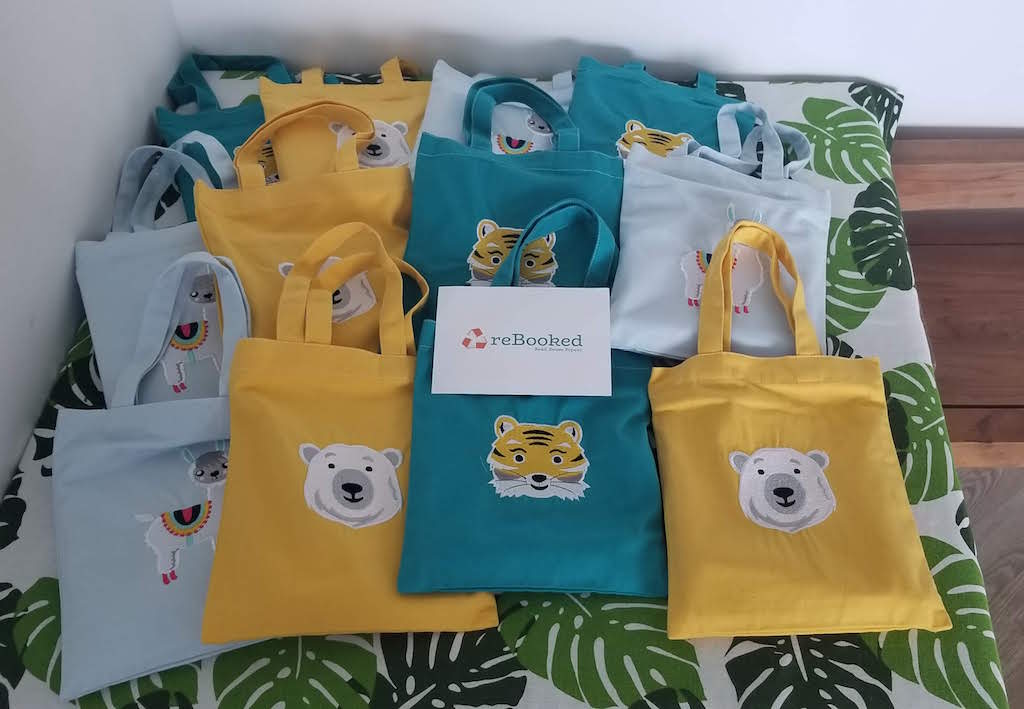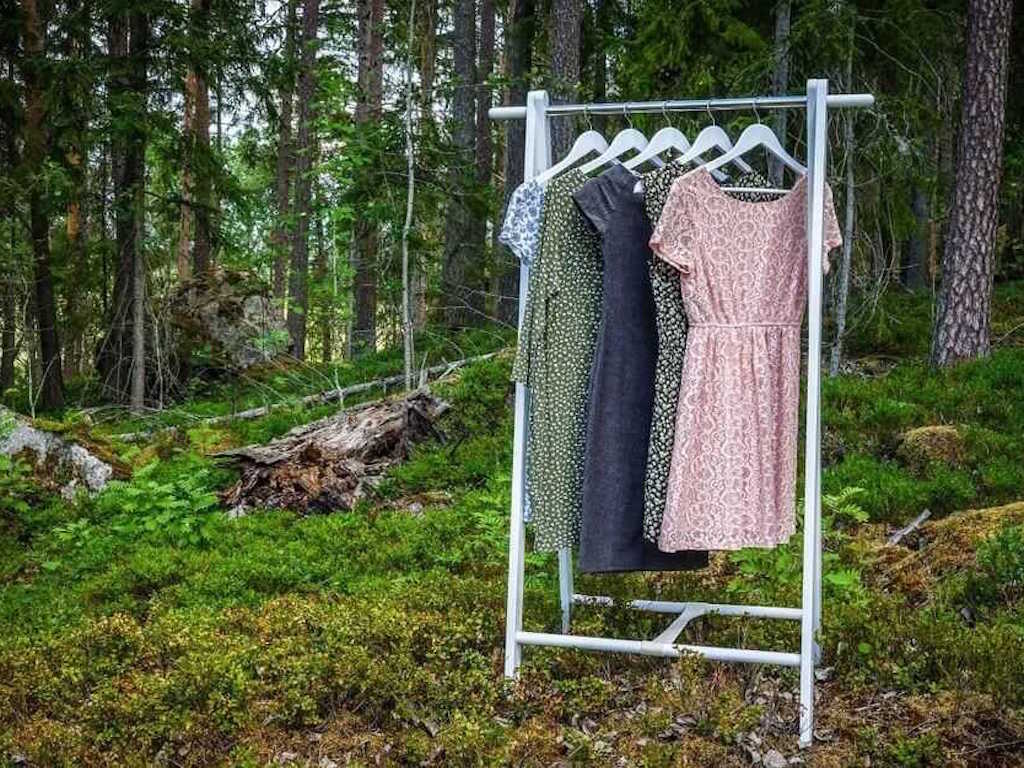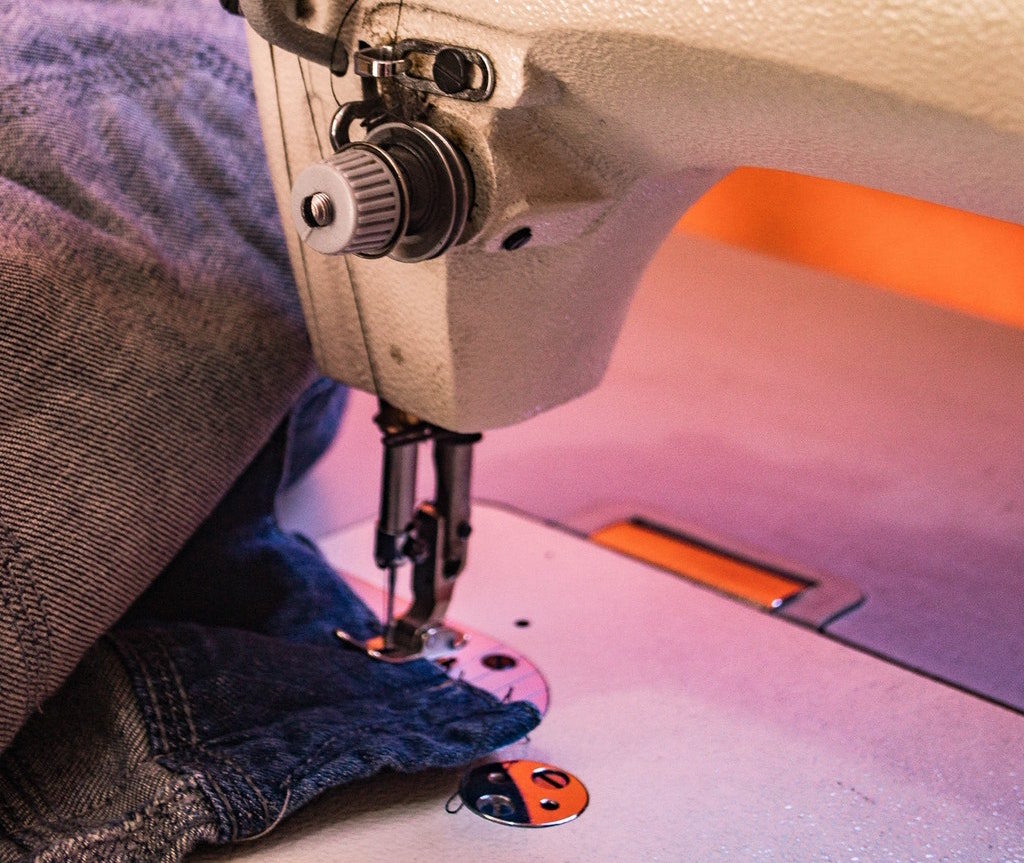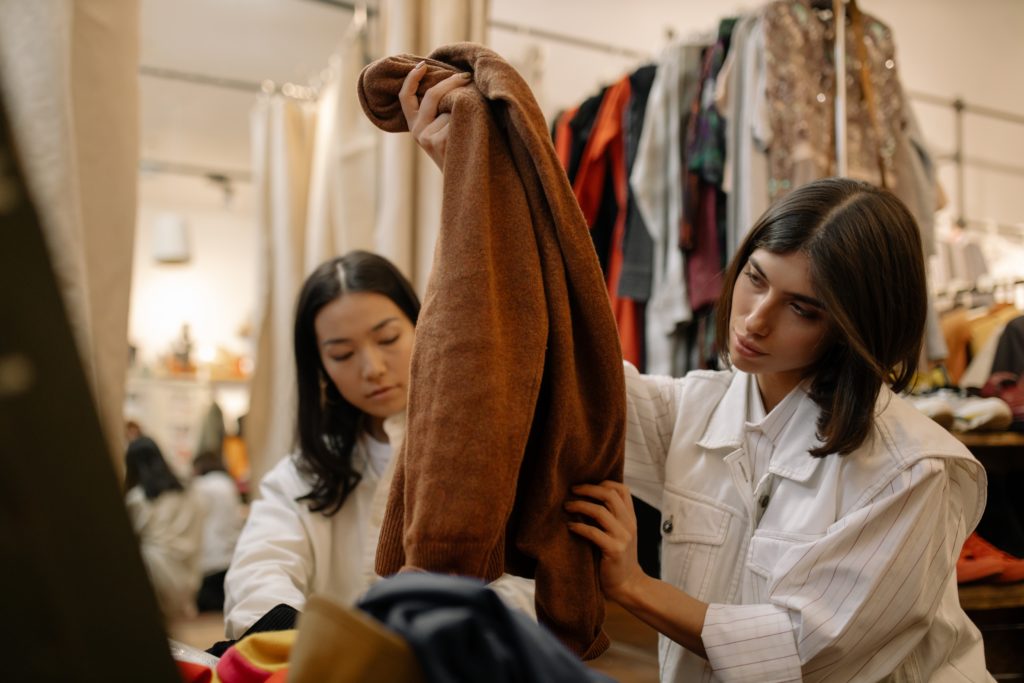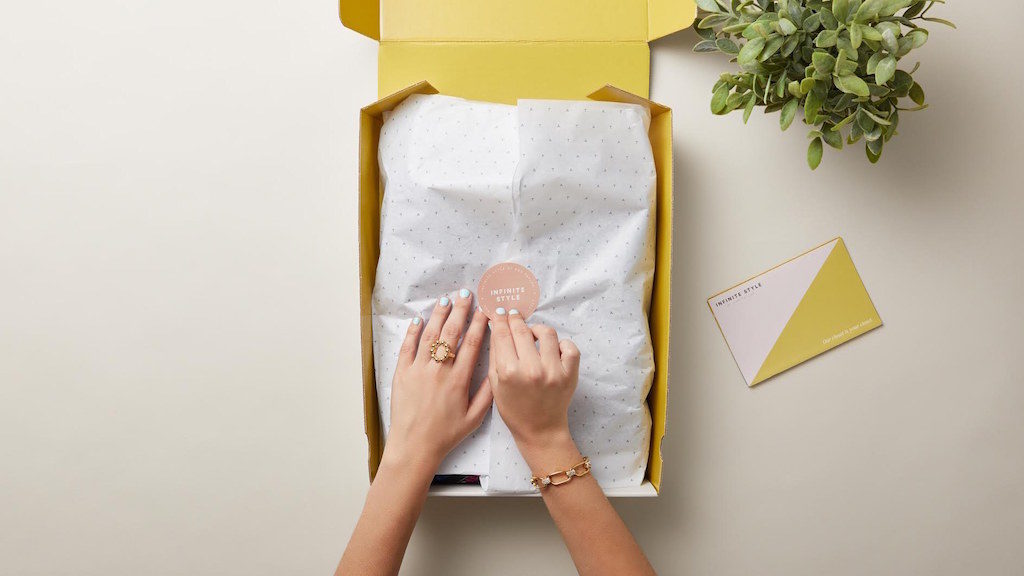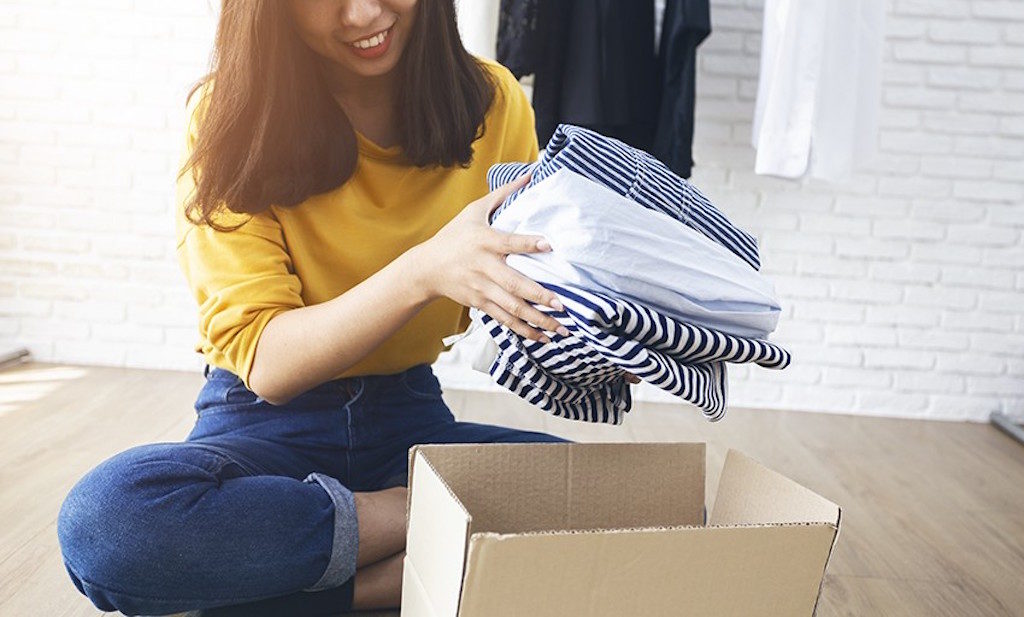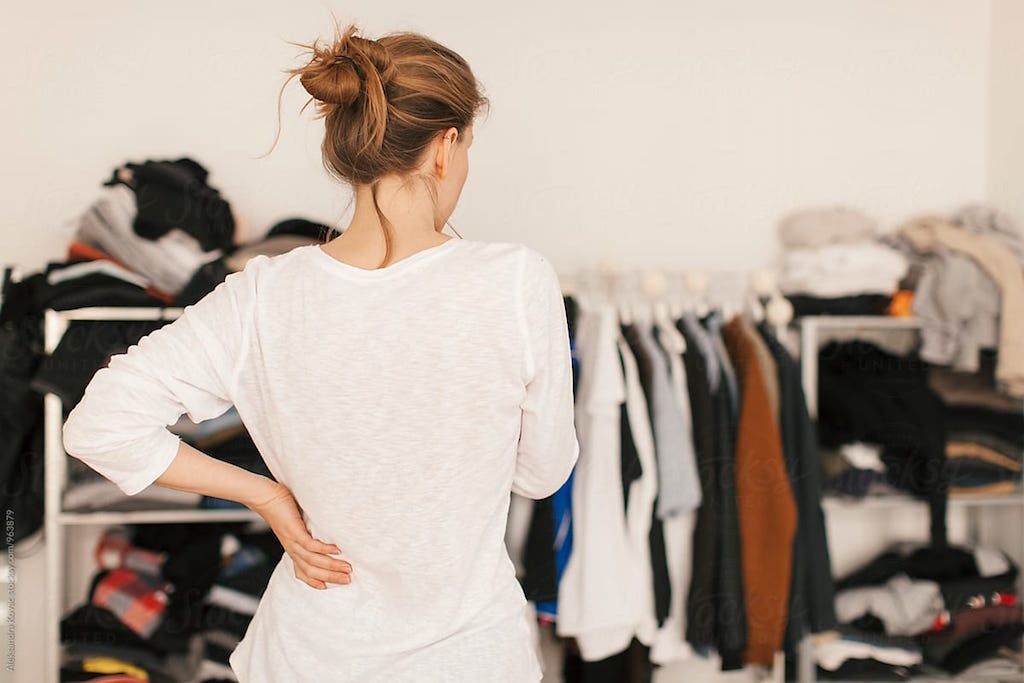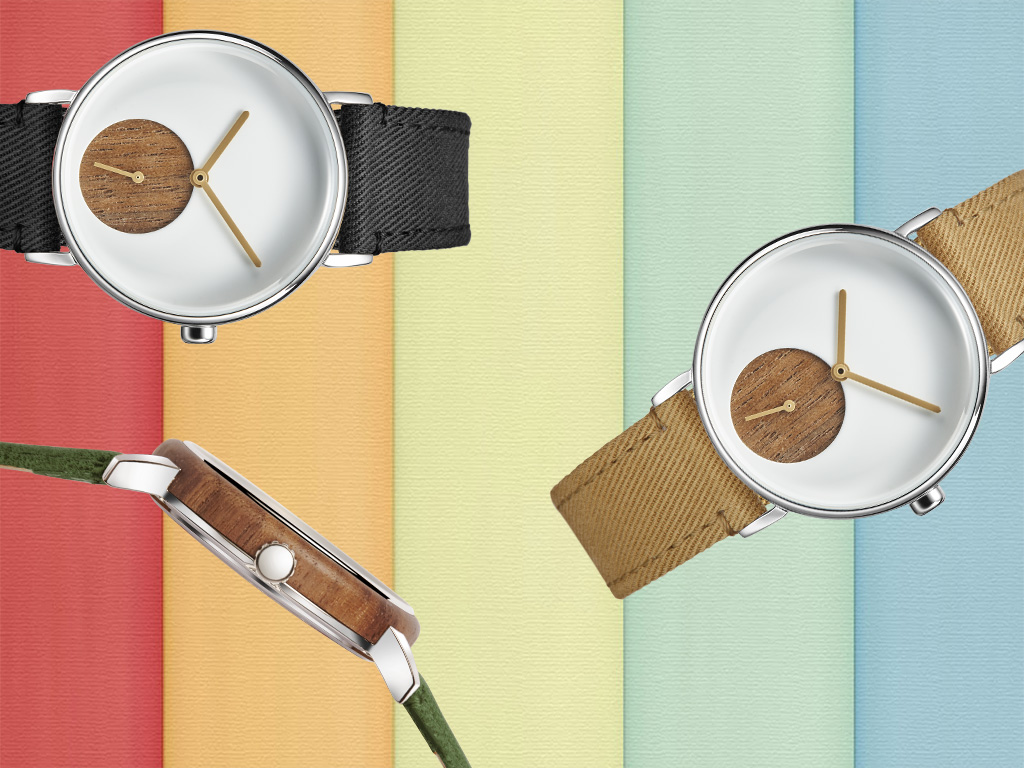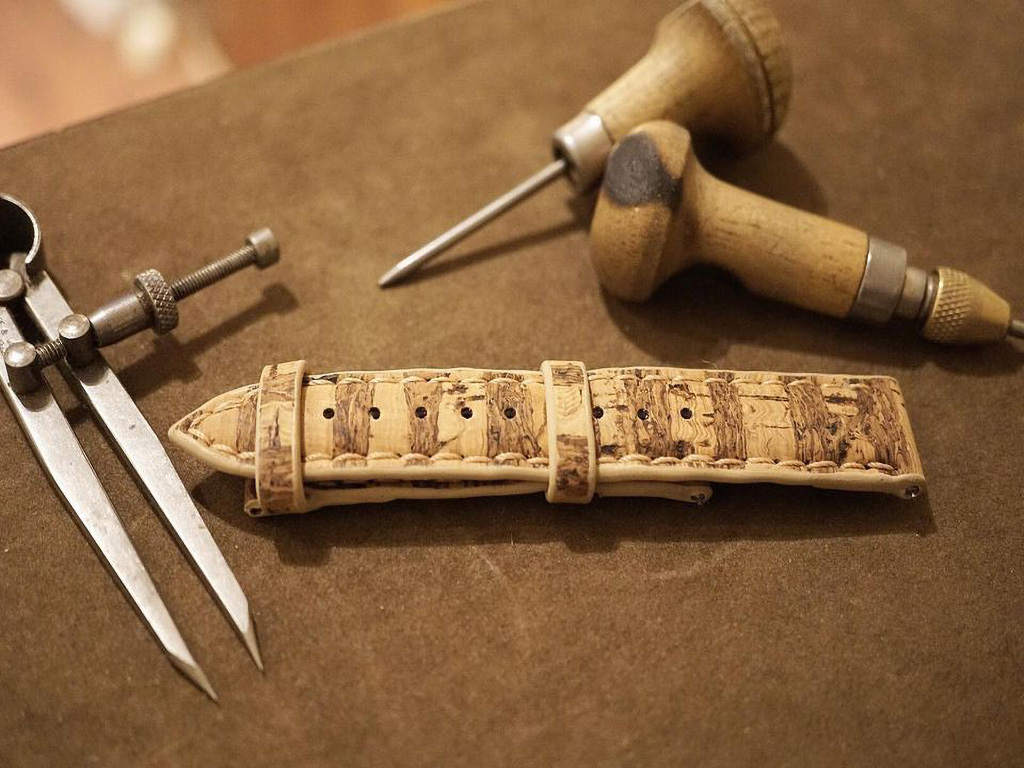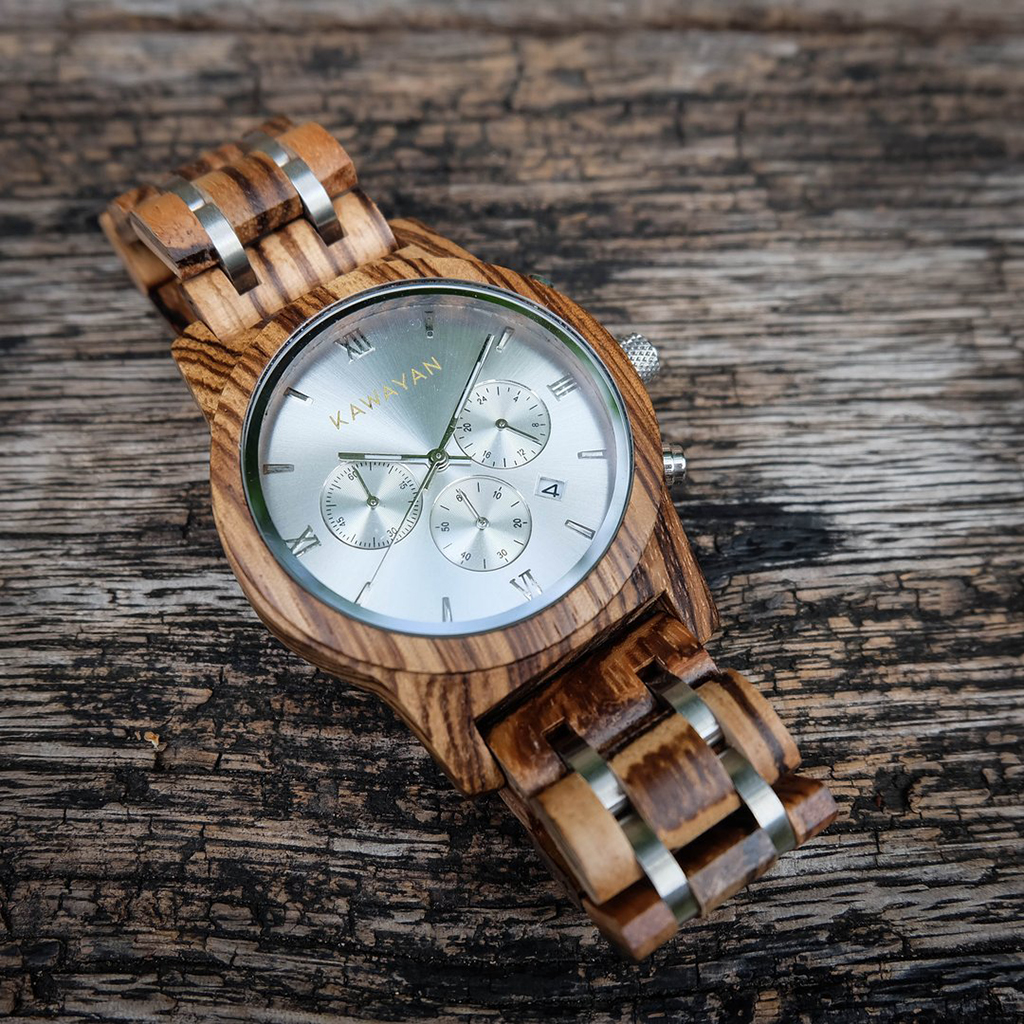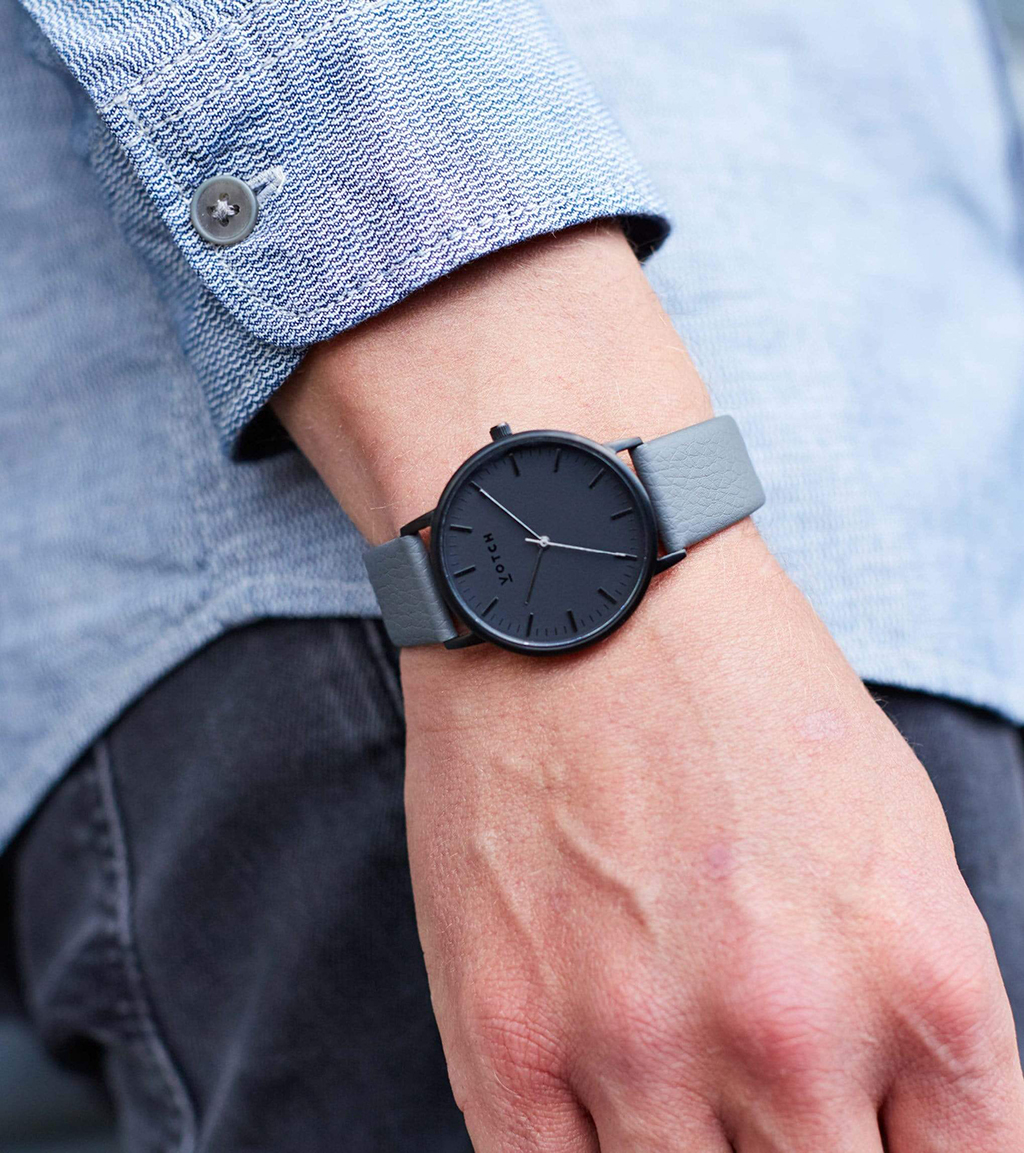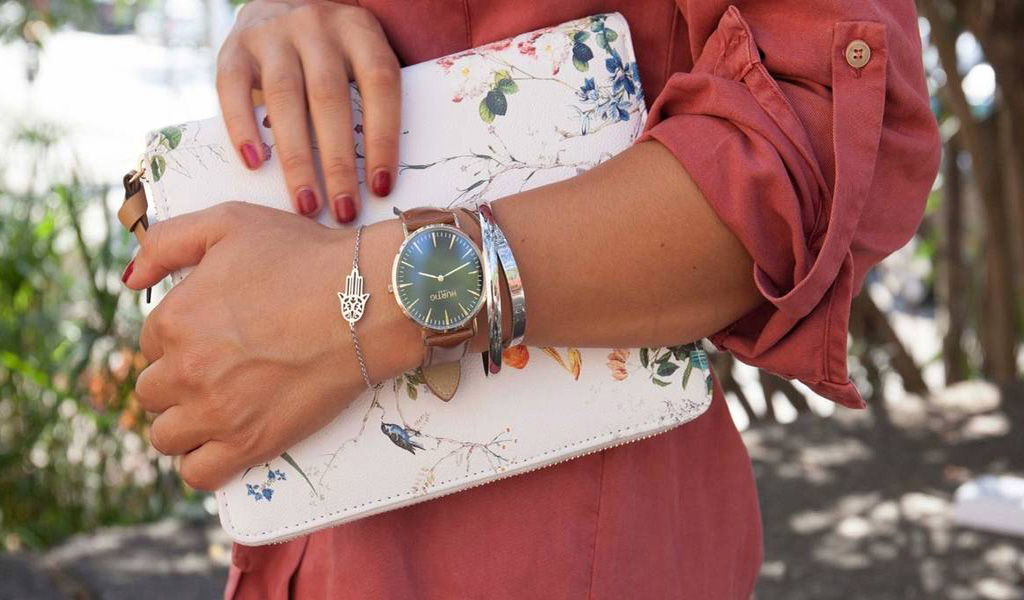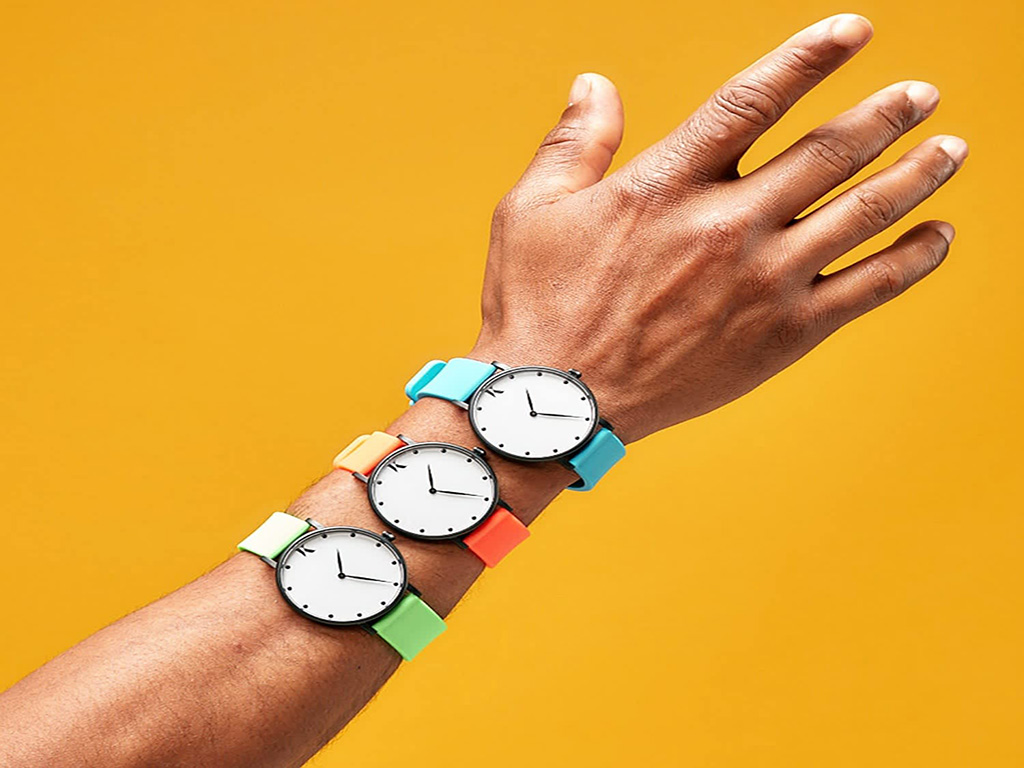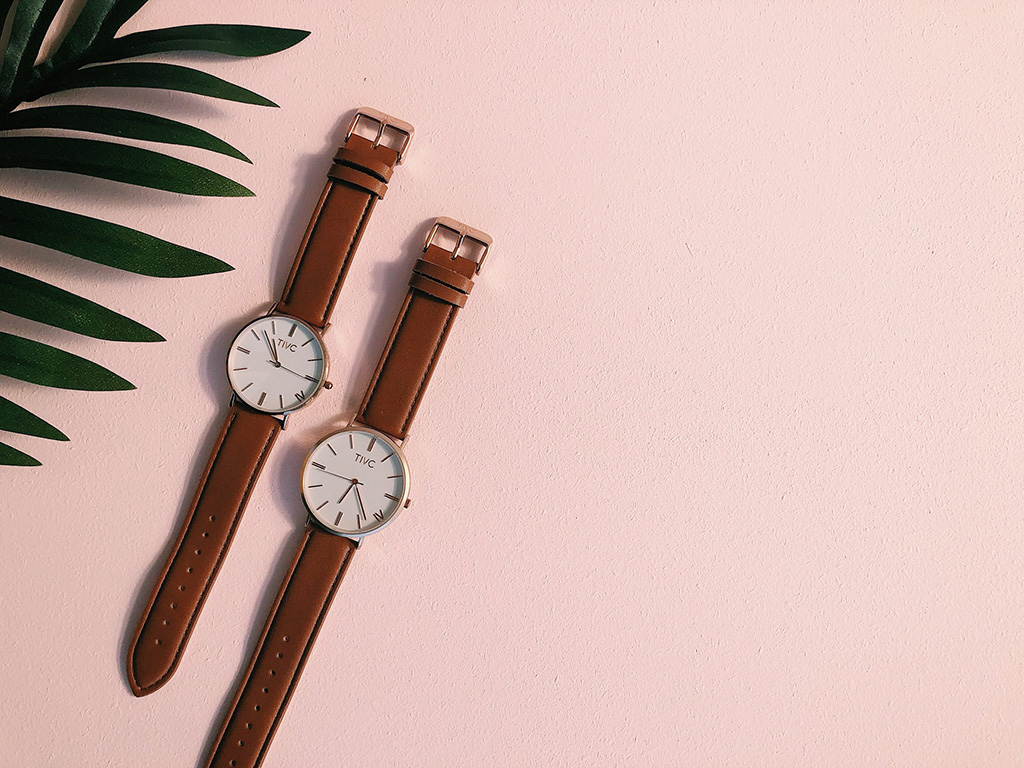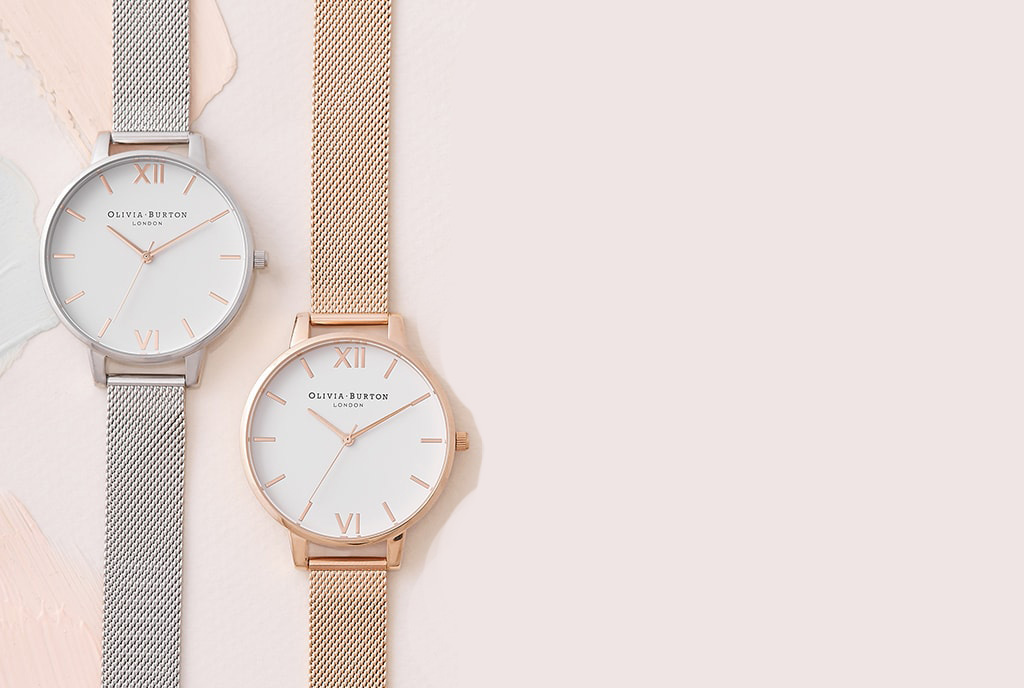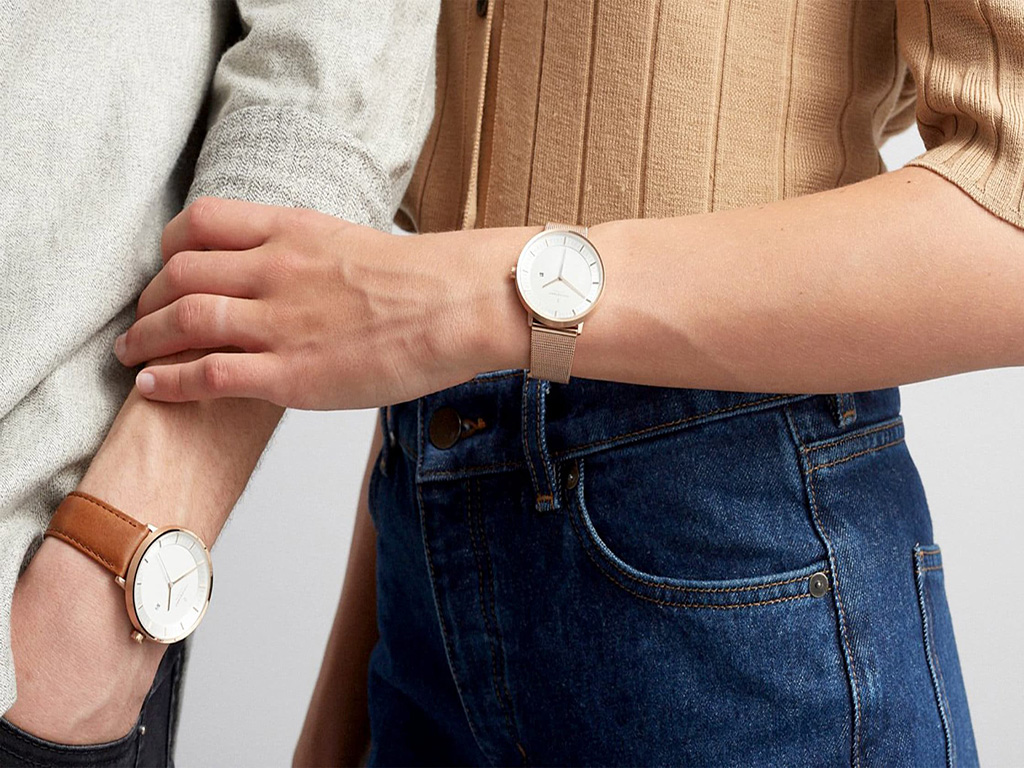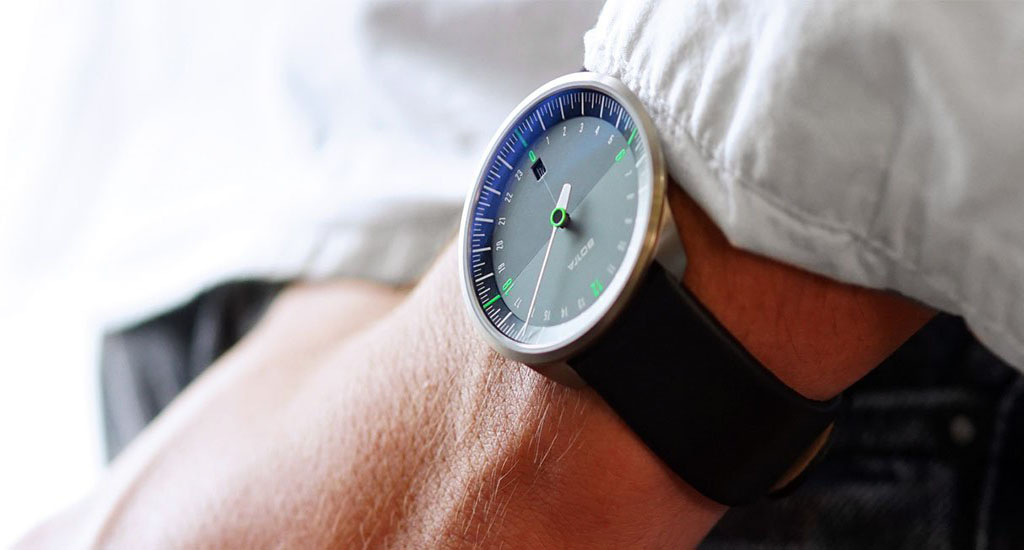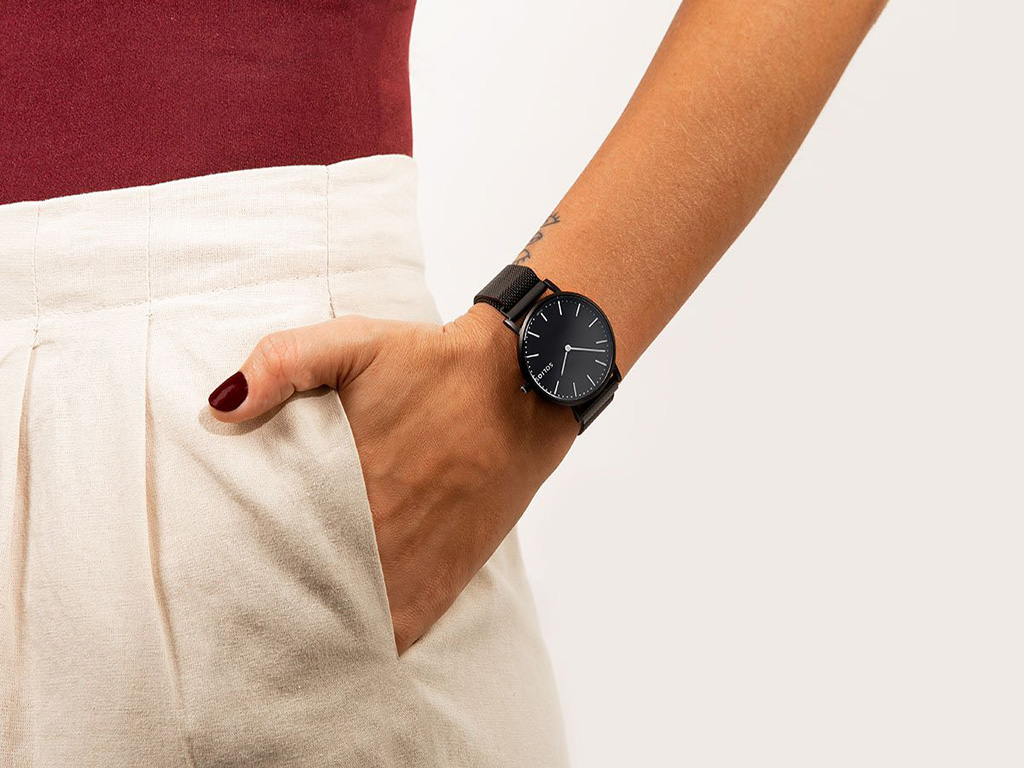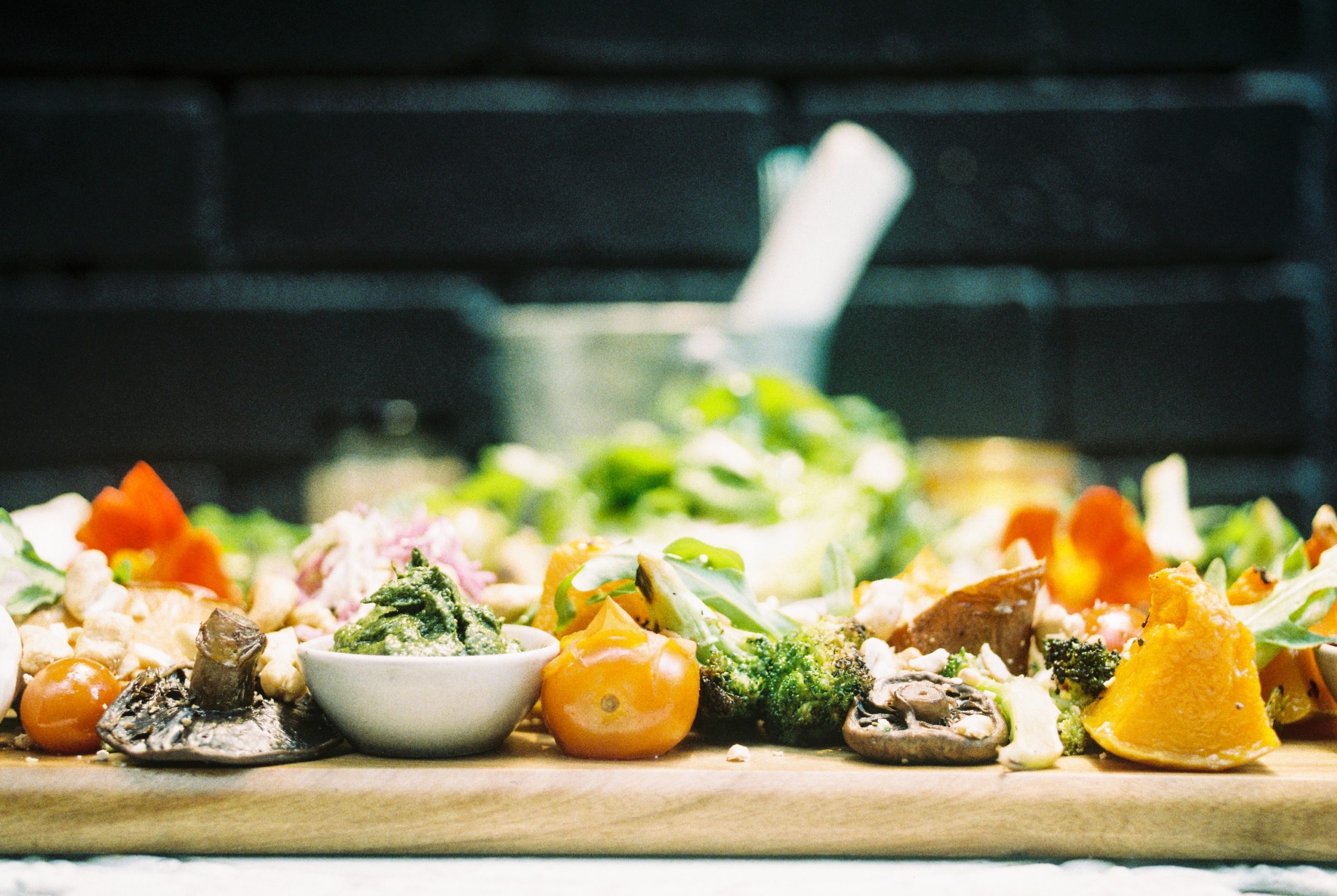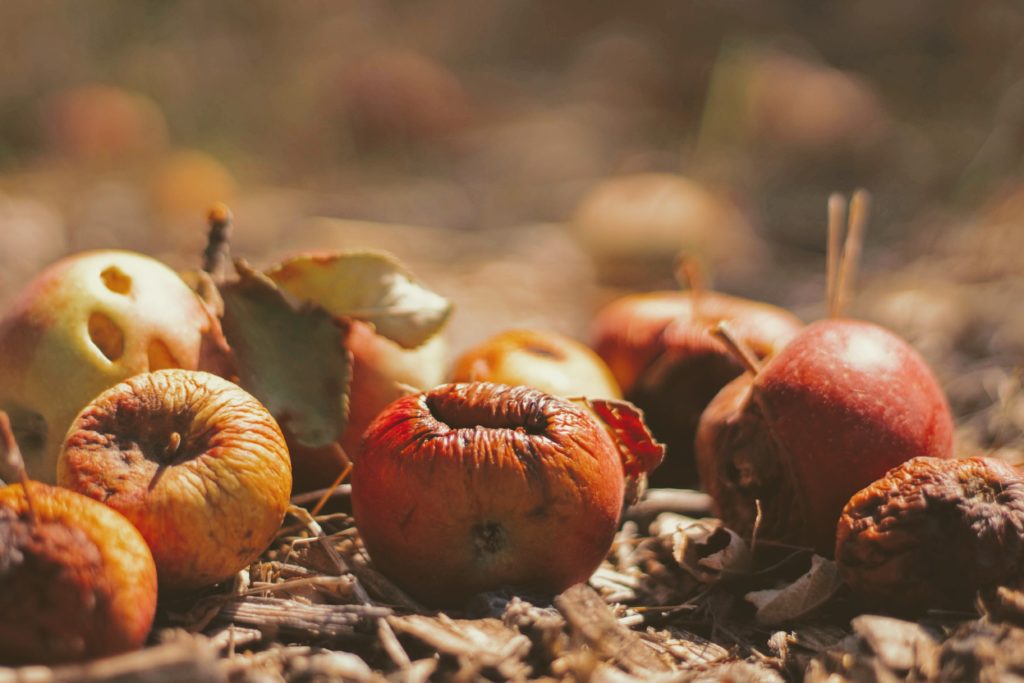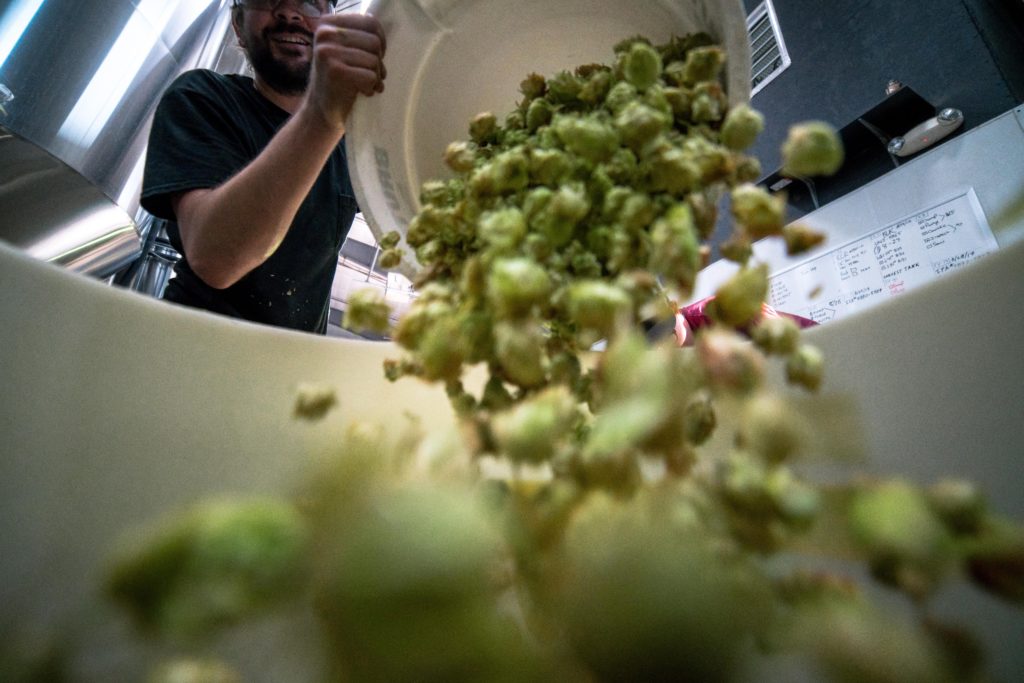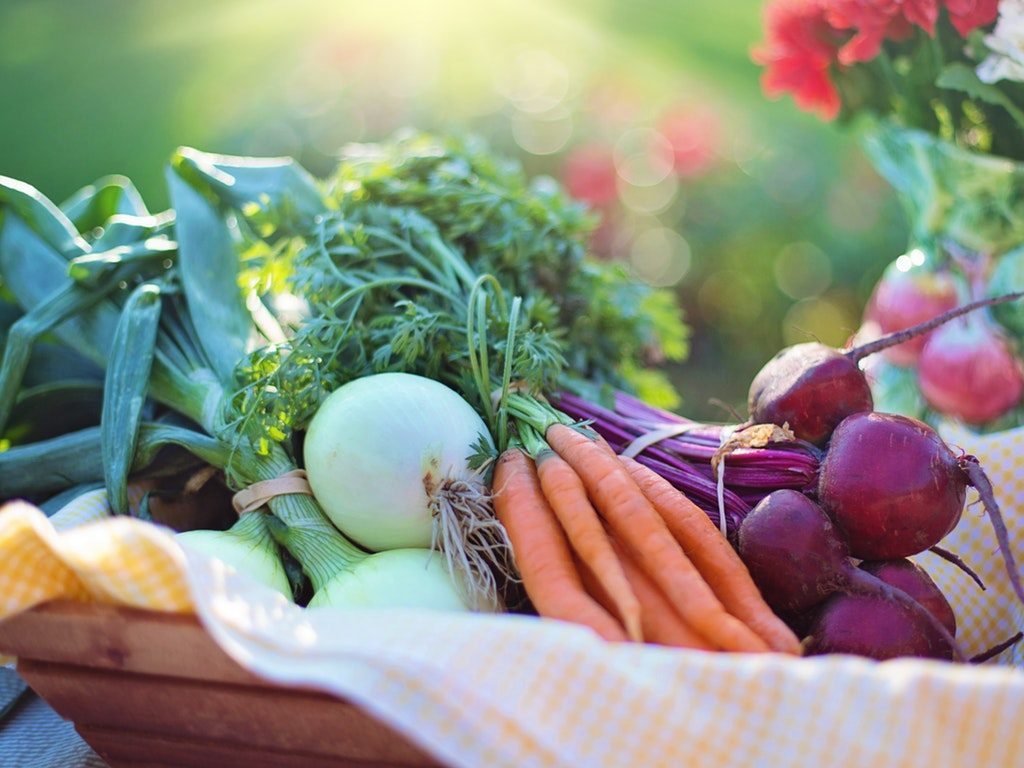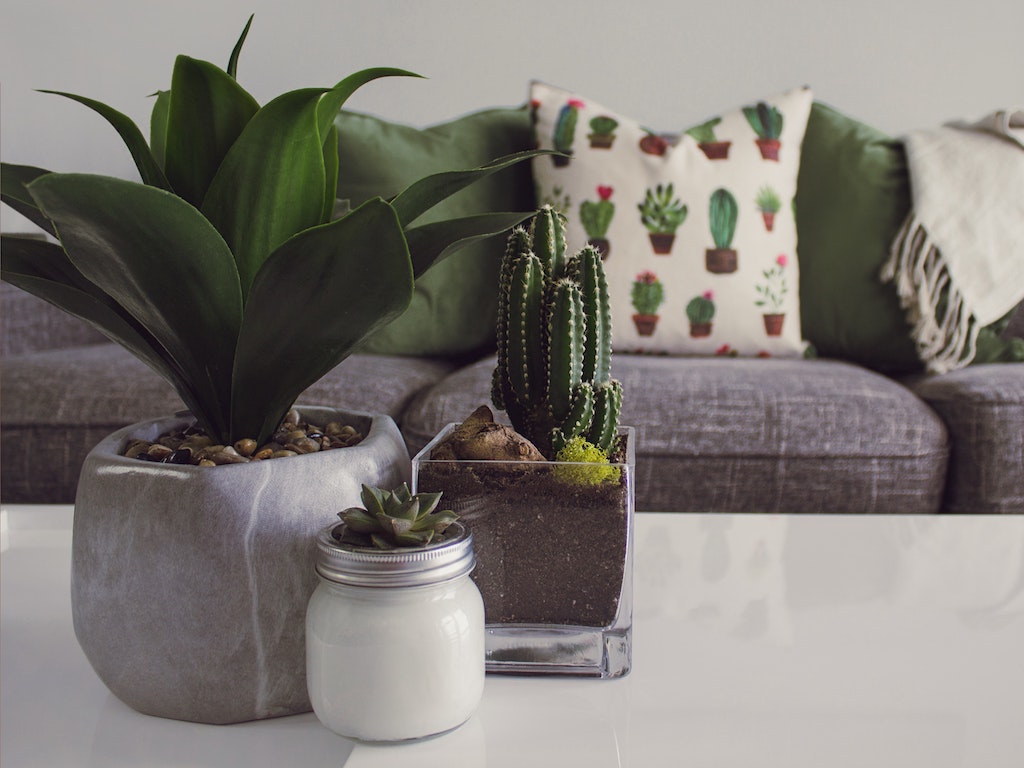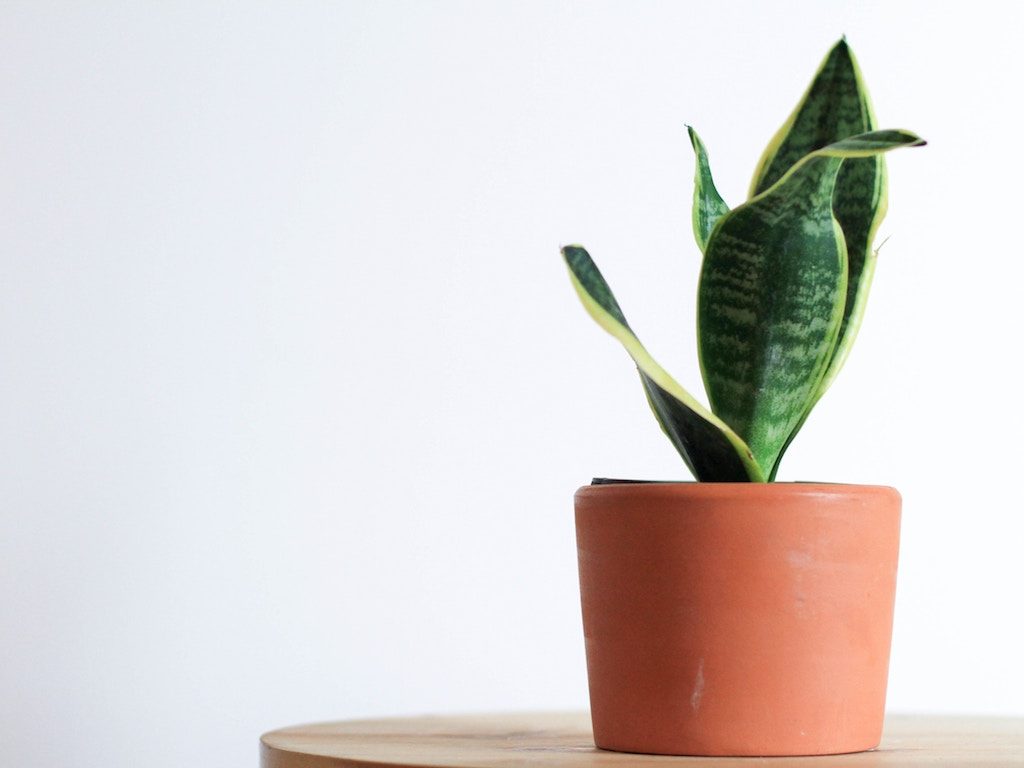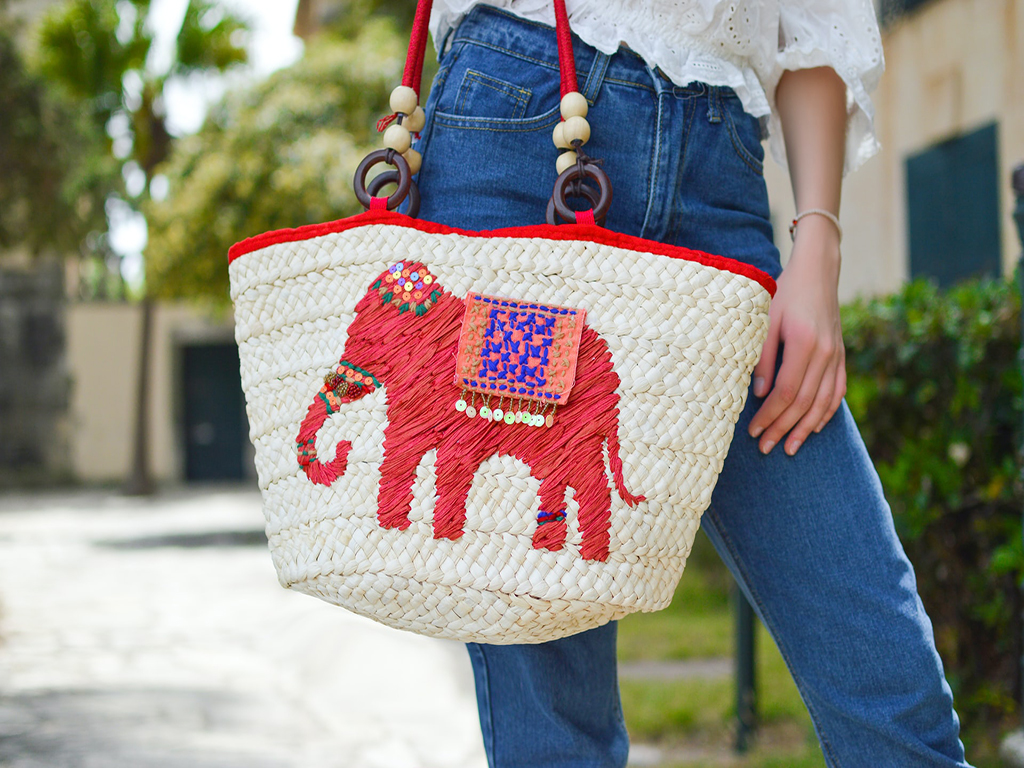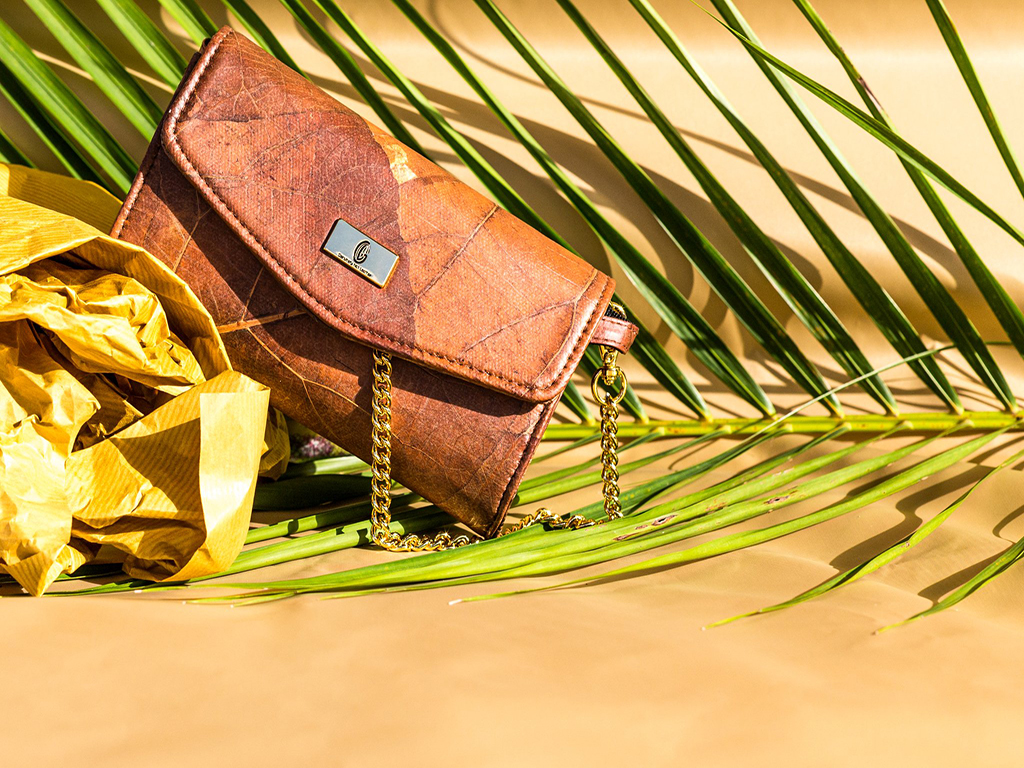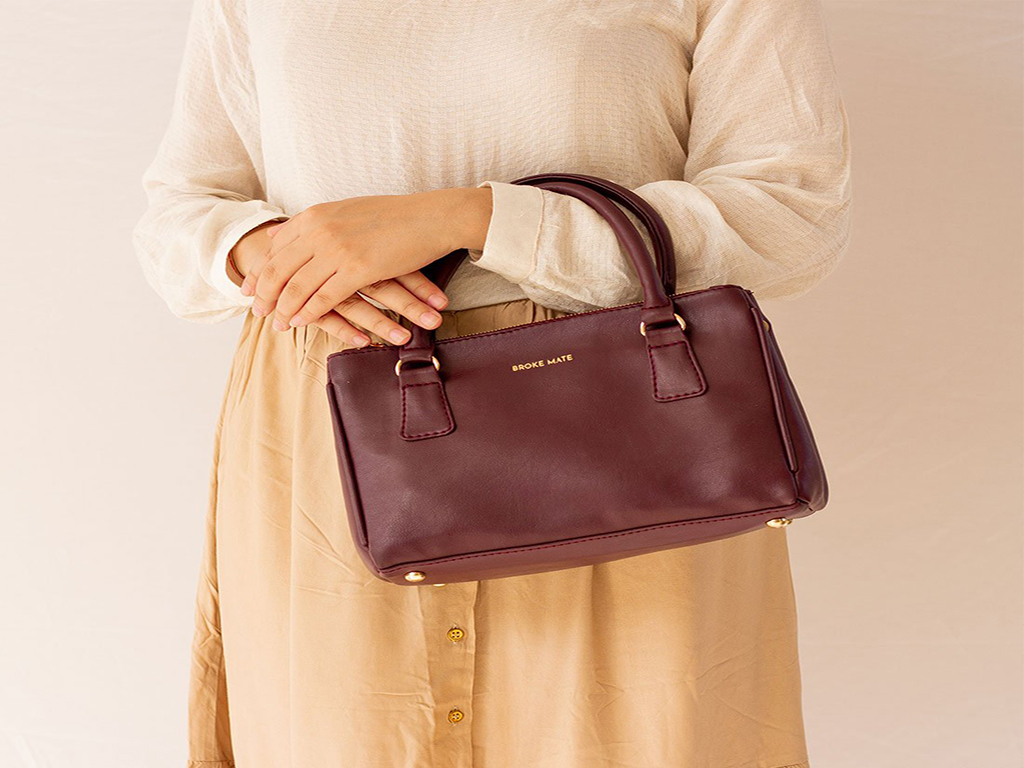
The holidays are upon us, and, for many, that equals food (lots and lots of food), quality time with family and friends, glasses of bubbly, and, of course, presents. But the holiday gifting season can be unnecessarily wasteful, with millions of products wrapped in plastic. However, if you want to treat your loved ones, but you’re trying to limit your impact on the planet, it is possible to give more sustainable gifts this Christmas and holiday season.
From planet-forward foodies to plant-based fashionistas to climate-conscious bookworms, we’ve put together a guide to the most environmentally-friendly presents to buy this year – with a focus on plastic-free materials and packaging, ethical and vegan brands, and sustainably-designed products. (And remember to buy recyclable wrapping paper and decorations too.) Happy shopping!

For the planet-forward foodie:
1. The Green Queen Zero Waste Vegan Meal Plan & Recipe eBook
Food waste is a major issue. In fact, research suggests that globally, around 2.5 billion tons of food is wasted every single year. But there are ways we can each try to reduce this number, and one of them is by being more conscious of how we cook. Green Queen’s Zero Waste Vegan Meal Plan & Recipe eBook talks the reader through how to create tasty, innovative, plant-based recipes, all while minimizing waste in the kitchen.
2. Moonshot Climate-Friendly Crackers
The first rule of holiday soirées: never turn up empty-handed. Produced with a small planet-friendly supply chain, Moonshot crackers are as delicious as they are sustainable. They come in three different flavors (Sourdough Sea Salt, Rosemary Garlic, and Margherita Pizza) and are the perfect addition to a festive sharing board.

3. Seasonal recipe calendar
For the loved one who enjoys cooking up a storm in the kitchen, give the gift of monthly recipes. (And perhaps New Year’s Resolution inspiration!) On this calendar by Rocio Egio, each month comes complete with a recipe card (printed on recycled paper) which walks the reader through new exciting dishes, each made with seasonal fruits and vegetables.
4. Sustainable vegan wine
Cameron Diaz is known predominantly for her movie roles, but lately, the star has moved into the world of vegan, sustainable wine. Her brand Avaline, which she founded with her friend Katherine Power, offers delicious, sophisticated wines, all produced with 100 percent organic grapes. For the pal who loves a tipple, a bottle of the Cabernet Sauvignon or the Granache Blanc is a must-buy.
For the plant-based fashionista:
5. Vintage bag from a resale platform
For that someone who just exudes great style and loves handbags, don’t trawl the high street or luxury labels to find them something new. Make your gift more sustainable by choosing a resale platform instead. The RealReal, Vestiaire Collective, and Depop are some of the best marketplaces to find a vintage gem for your pal, handbags included.
6. Plant-based sneakers
Most of the sneakers on the market are either made with leather or plastic-derived synthetics, neither of which are great for the planet. But good news: you can buy the sneakerhead in your life sustainable kicks instead. Unless Collective’s stylish statement Degenerate sneakers, for example, are made with plants and minerals thanks to materials by leading plastic-free plant-based materials maker Natural Fiber Welding.
7. Plant-based tee
For your vegan loved one who wants everyone to know about it (and why wouldn’t they?), a statement tee is a winner. These options by Vegan Outfitters, which include everything from a simple “Kale” slogan to “Yes, I get enough f*cking protein,” are made with soft, WRAP-certified cotton, and will arrive in plastic-free packaging.
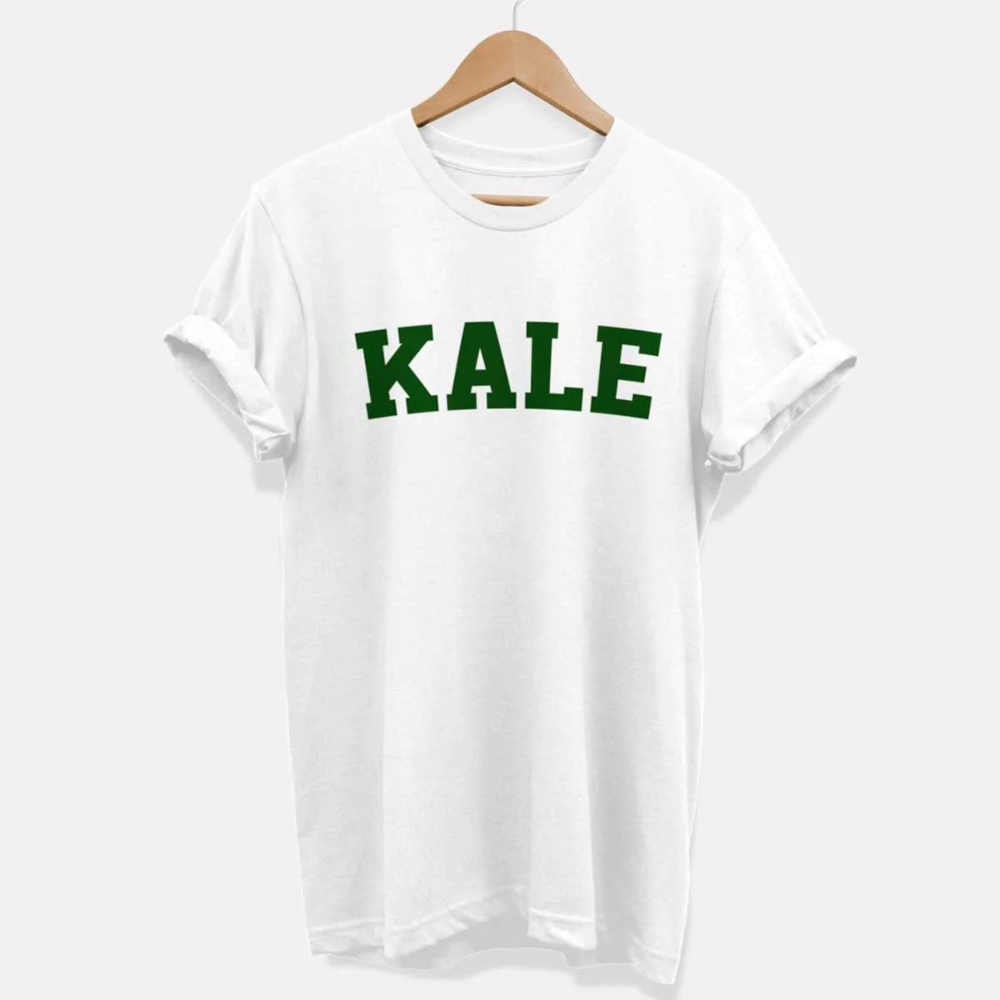
8. Pay for a repair
If you know a pal who just ripped their favorite pair of jeans, or damaged their beloved winter sweater, instead of buying something new, treat them to a repair this holiday season. Platforms like Make Nu or Sojo, dubbed the Deliveroo of clothing repairs, charge for creative repair services on all sorts of garments, or you could find a local seamstress in their area and ask for a quote.
For the sustainable homebody:
9. Coconut wax candles
There’s nothing like that feeling of settling down for the evening by turning down the lights, grabbing a cozy blanket and a good book, and lighting a candle. Mar Mar, which is based in Los Angeles, offers hand-poured scented coconut wax candles in reusable glass jars in a variety of scents. But if you can’t pick just one, it also offers mini gift sets.
10. Climate-negative soap
By now, most of us know that carbon dioxide is bad for the atmosphere. But it is possible to capture CO2 and use it to make things, like soap. This quirky and unique vegan Body Bar by CleanO2 is made with captured carbon and beer, and thanks to the addition of geranium oils, smells delicious.
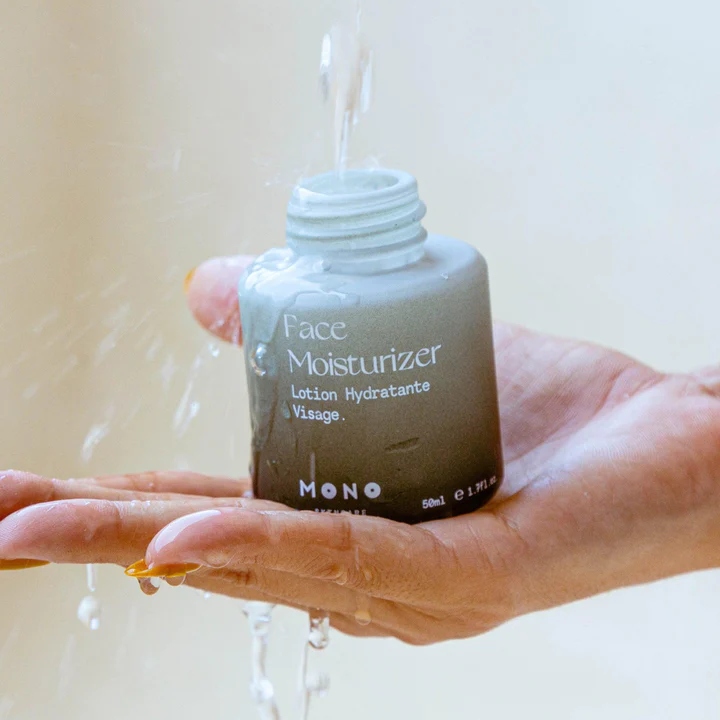
11. Low-waste skincare
For many, their nightly skincare routine is a calming and enjoyable ritual. If you know someone who never hits the hay without pampering their face first, treat them to Mono Skincare’s nourishing Face Moisturizer, which minimizes packaging waste thanks to the refillable bottle design or one of their dissolvable skincare pastilles, a zero packaging option. All the products are vegan and made with certified organic ingredients where possible.
For the nature-loving fitness fanatic:
12. Yulex rubber wetsuits
Watersports lovers usually end up having to wear wetsuits made from neoprene, a synthetic rubber material, which, unfortunately, harms the environment through its manufacturing process. But now, some brands, like Patagonia, offer more sustainable wetsuits made from Yulex, a plant-based neoprene alternative.
13. Plastic-free flip flops
If you know a gymaholic, they might be grateful to receive a pair of flip-flops to wear after that post-workout shower. While many options on the market are made from plastic, there are alternatives. Waves Flip Flops, for example, are made with natural rubber.
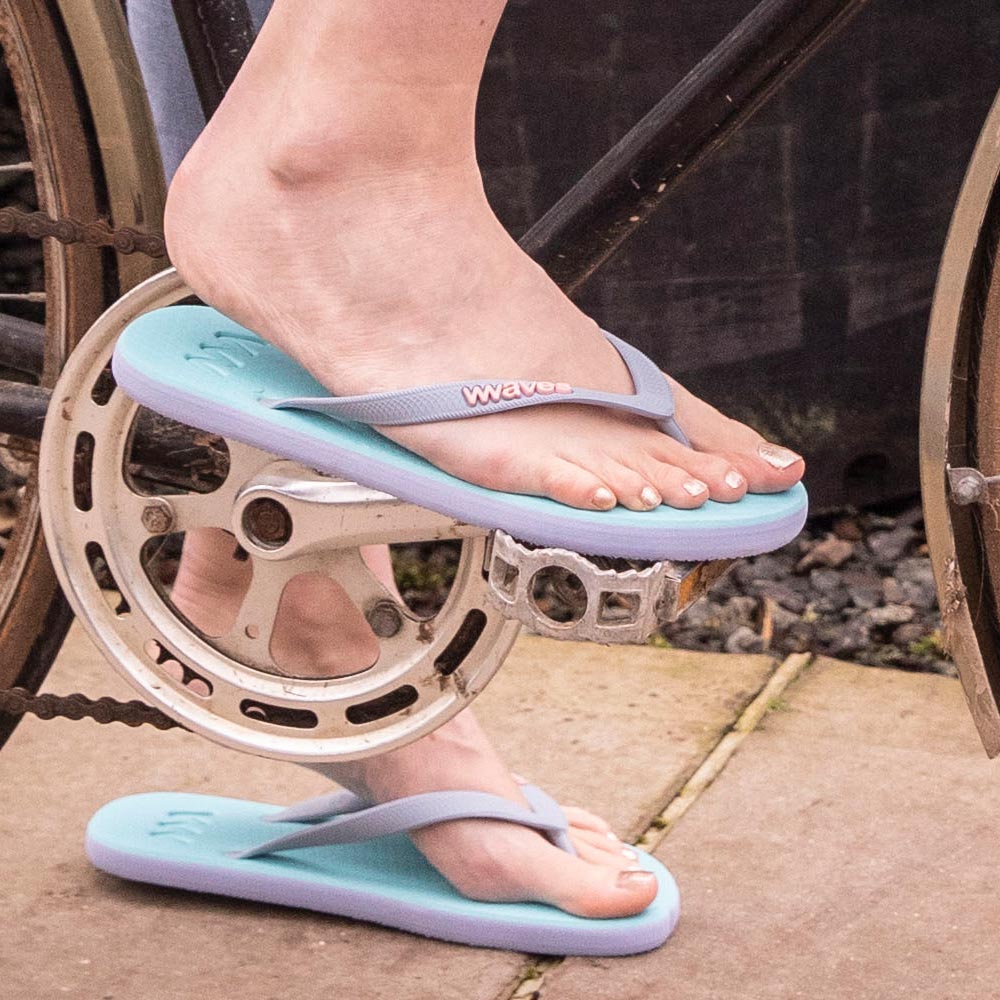
14. Seed bombs
For your outdoorsy friend, who always loves working away in the garden or heading out to trek in the wilderness, a seed bomb is a great gift. This is an easy and fun way of spreading about wildflowers, which attract vital pollinators, like bees. Platforms like Etsy, for example, are packed with uniquely crafted seed bomb options (and as a bonus, you can support the local artisans in your area).
For the climate-conscious bookworm:
15. ‘The Climate Book’
In the fall of 2022, world-famous teen activist Greta Thunberg released “The Climate Book,” with the help of more than 100 experts in the climate field. This is a great gift for anyone experiencing a little bit of climate anxiety; it is intended to be a source of hope and motivation for action.
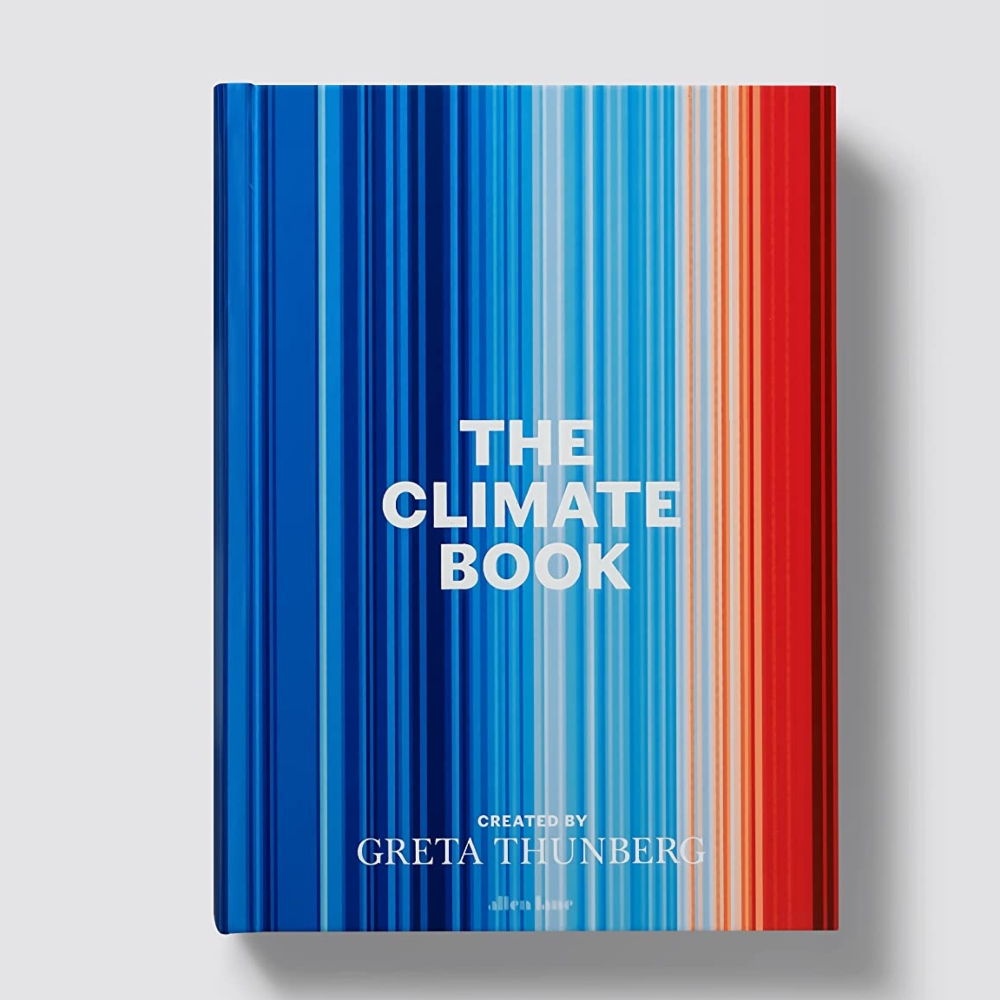
16. ‘Regenesis’
Activist and writer George Monbiot is one of the most influential voices in the climate movement. With this thought-provoking book, “Regenesis: Feeding the World without Devouring the Planet,” he guides the reader through the need for food system transformation, and the innovative solutions that are right in front of us when it comes to sustainably feeding the world’s population.
17. ‘The Ministry for the Future’
Described as “a masterpiece of the imagination,” this book by Kim Stanley Robinson, which impactfully envisions how climate change will begin to impact all of our lives, has Barack Obama’s approval. So if it’s good enough for a former president, it’s good enough for your loved one this Christmas.
For activist kiddos:
18. ‘The Last Straw: Kids vs. Plastics’
“The Last Straw” was written for kids, but it’s inspirational for their parents and caregivers too. It discusses the issue of plastic pollution but also introduces children to the solutions, and all of the young activists working together to help protect the oceans. It’s guaranteed to turn your little one into a budding environmental activist.
19. Non-toxic eco fingerpaints
For the little artist in your life, gift these finger paints from Eco-Kids. All of the paints are made with natural, food-safe, organic ingredients, like potatoes and beans (so you don’t have to worry so much about fingers in mouths!).
20. Bug House Hotel
Get your little one interested in nature with this cute Eco-Friendly Bug House Hotel. Made with environmentally-friendly materials, it’s ideal for teaching kids all about butterflies, bees, ladybirds, and other insects, and the important role they play in the world.
Lead image courtesy of Pexels.
The post 20 Sustainable Christmas Gifts For the Holiday Season appeared first on Green Queen.
This post was originally published on Green Queen.

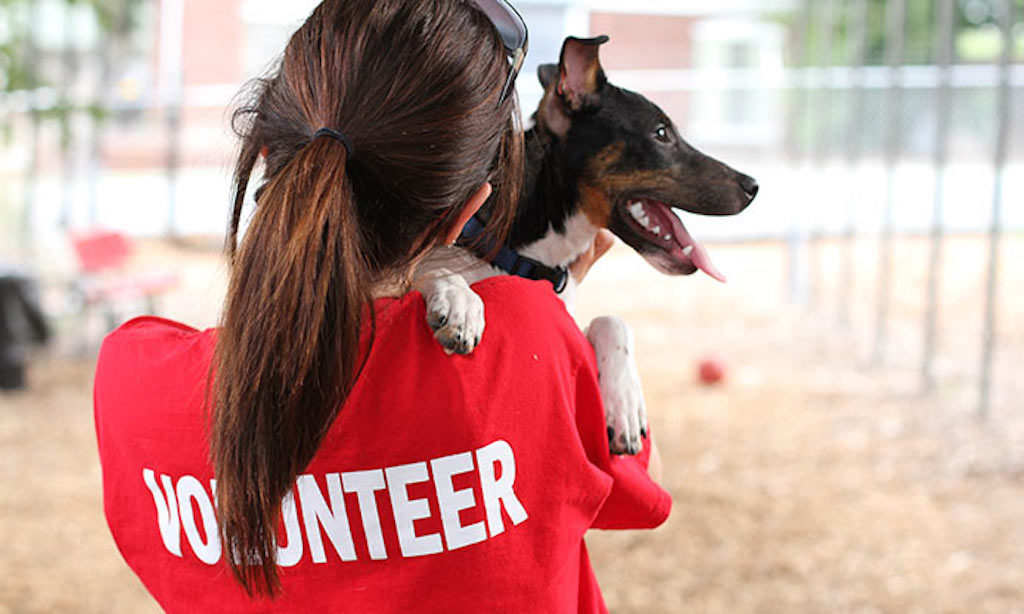
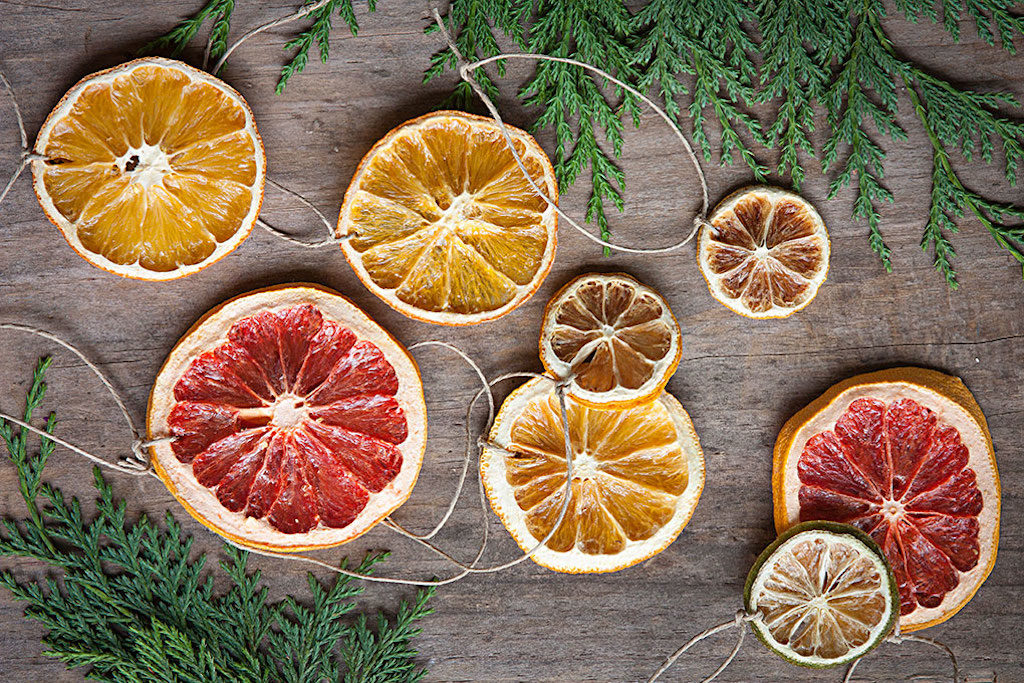
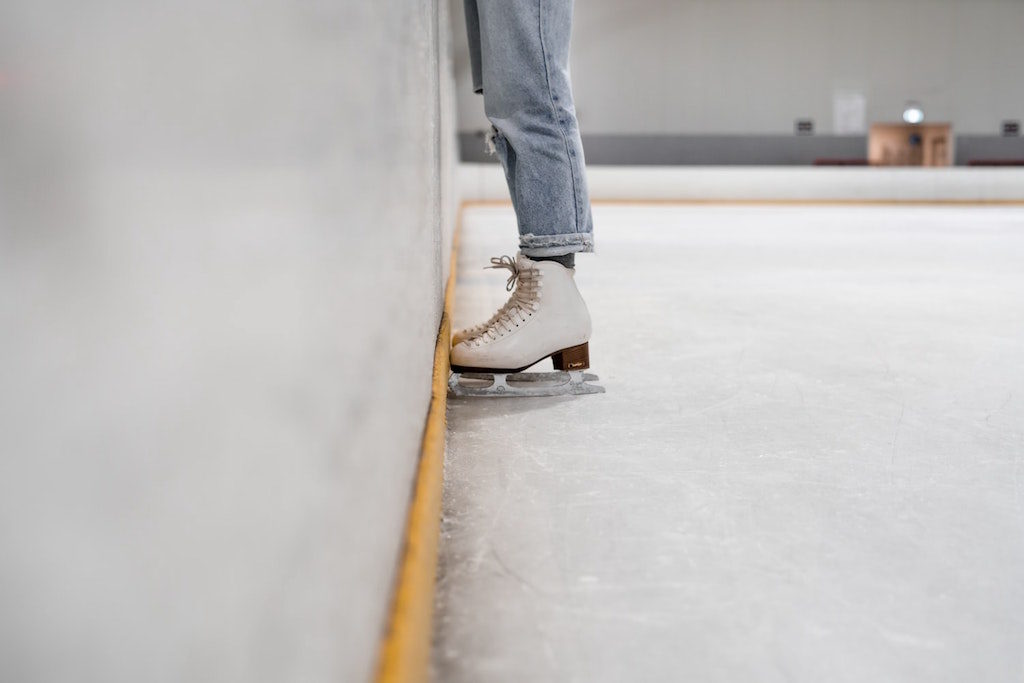
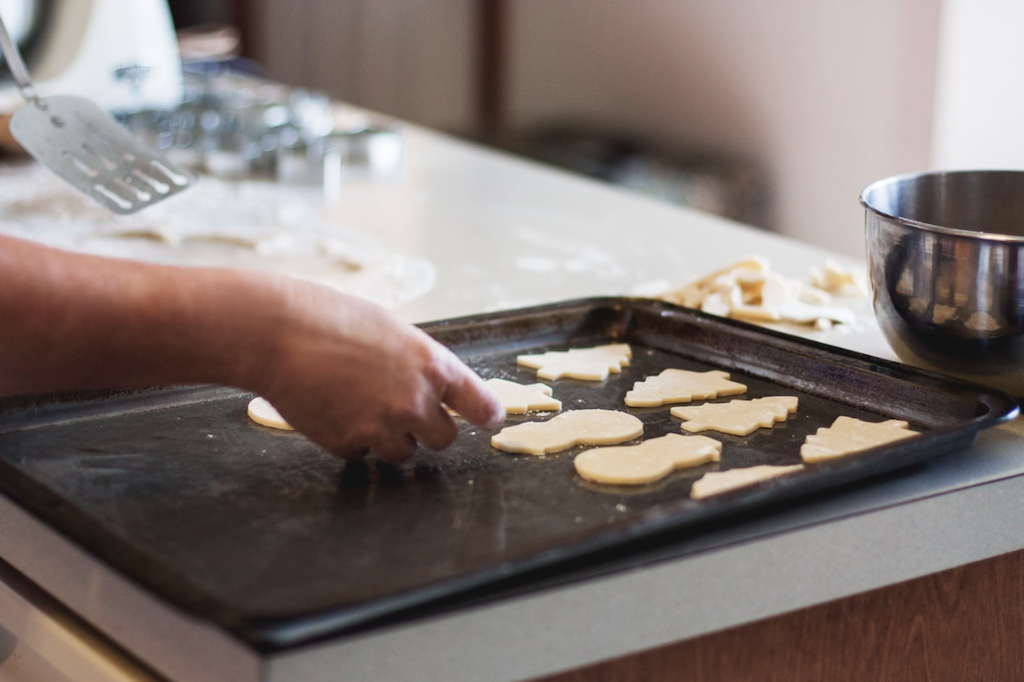

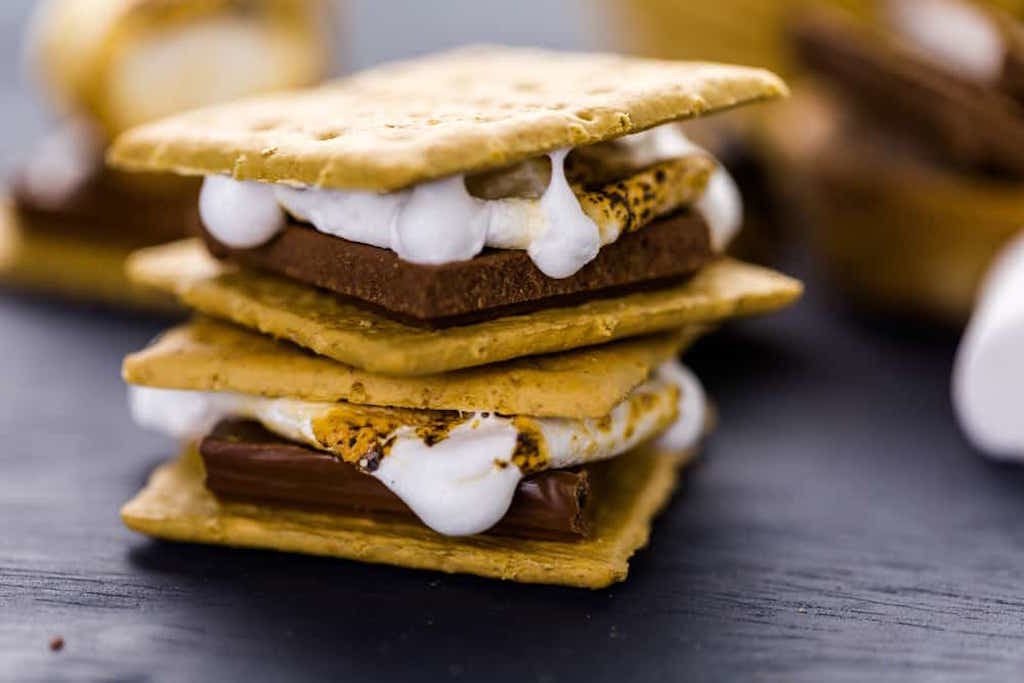

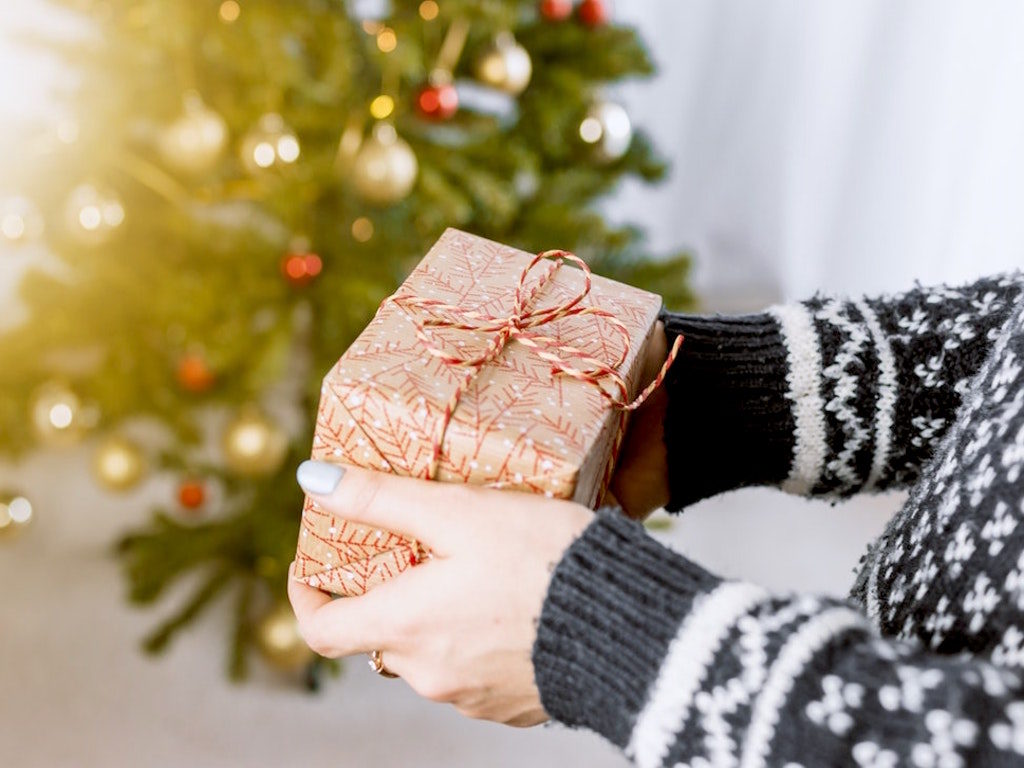
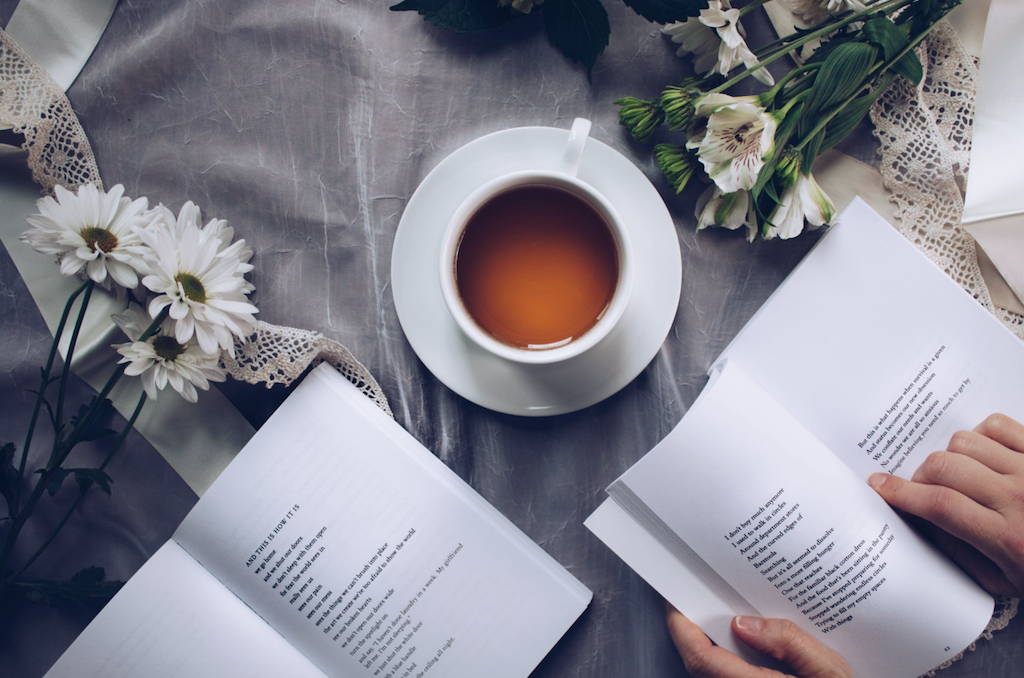



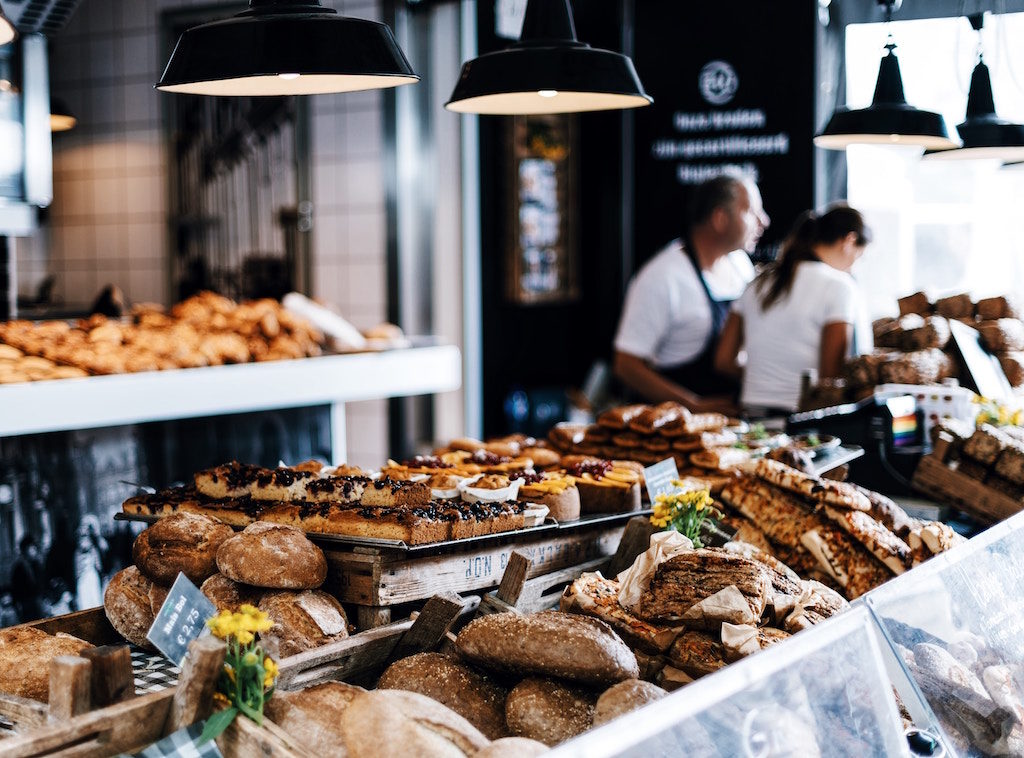
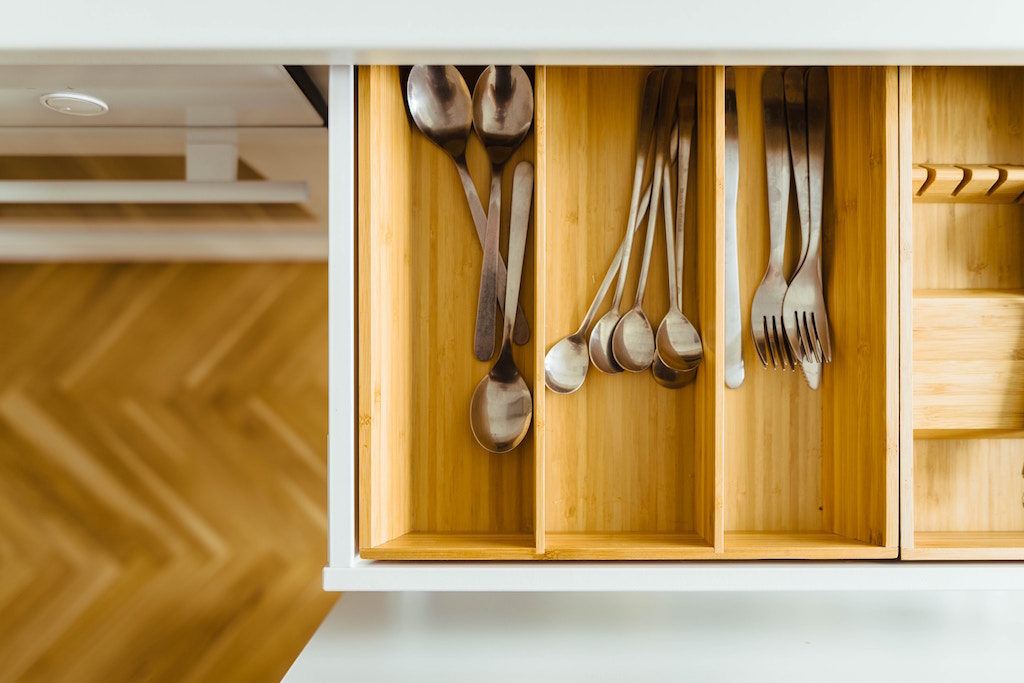
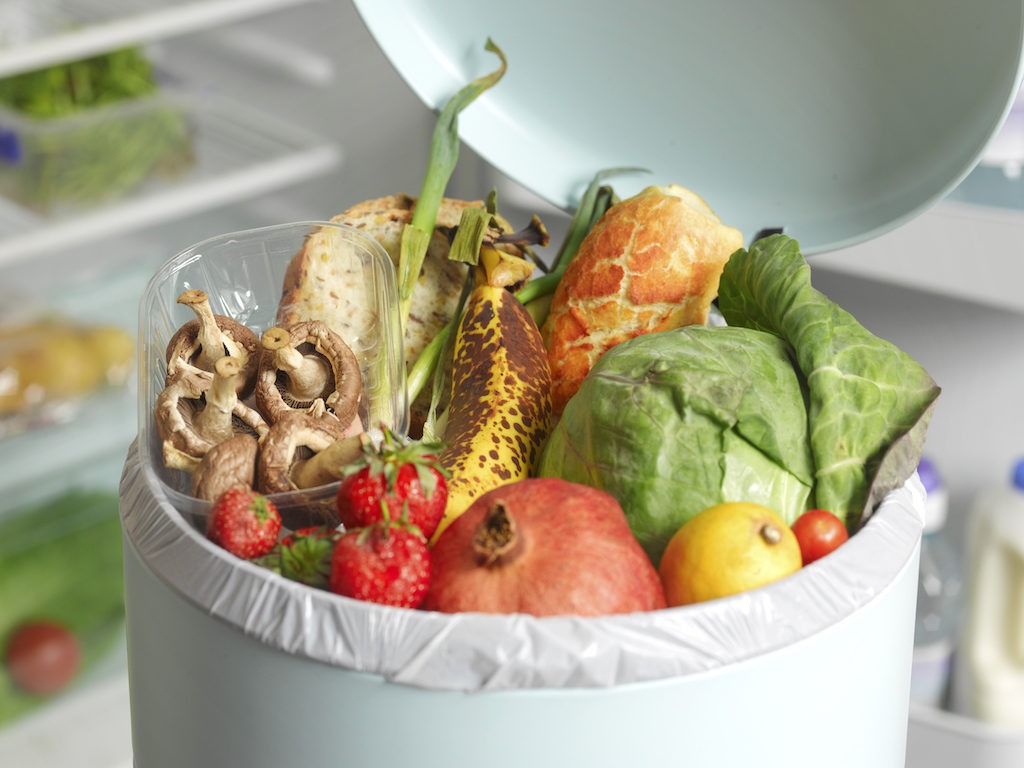

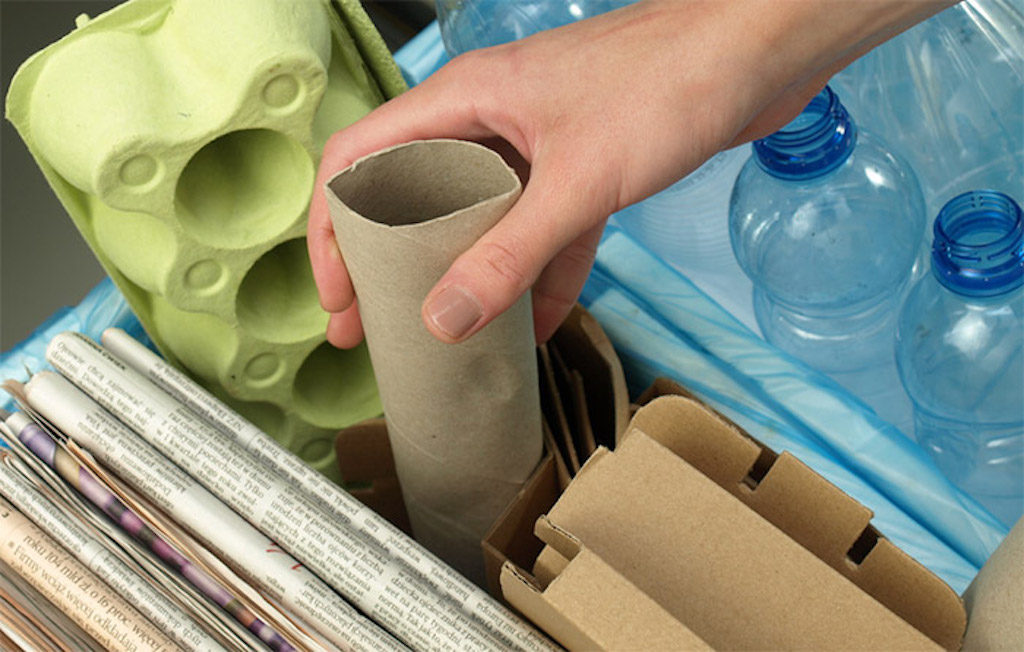



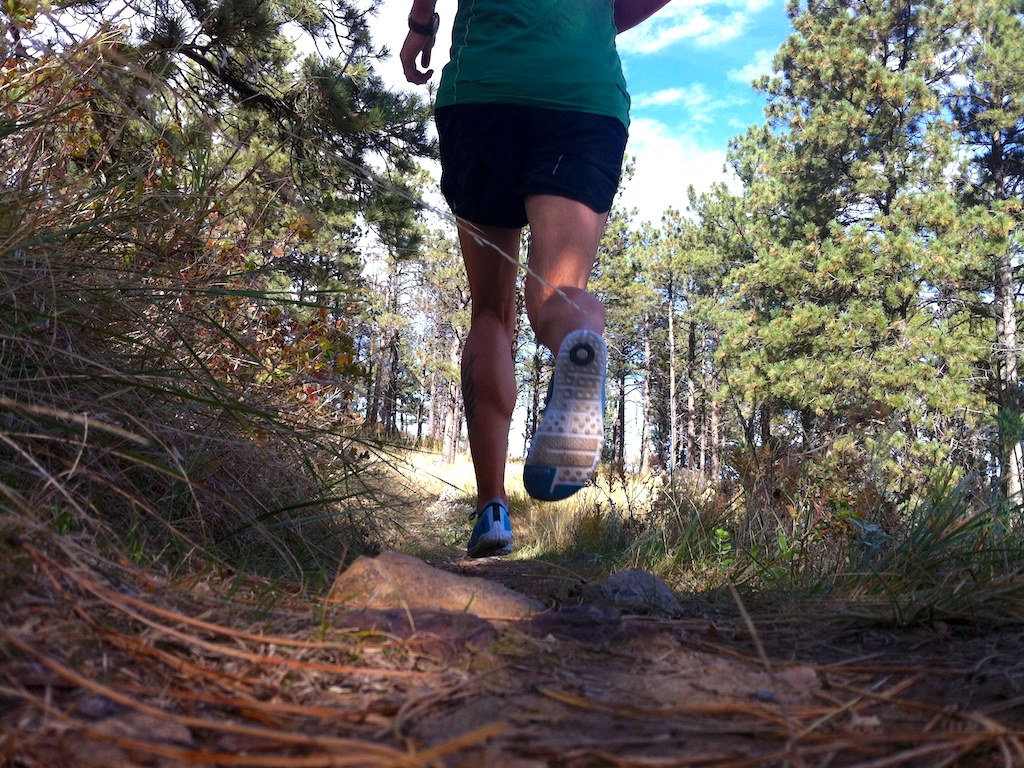



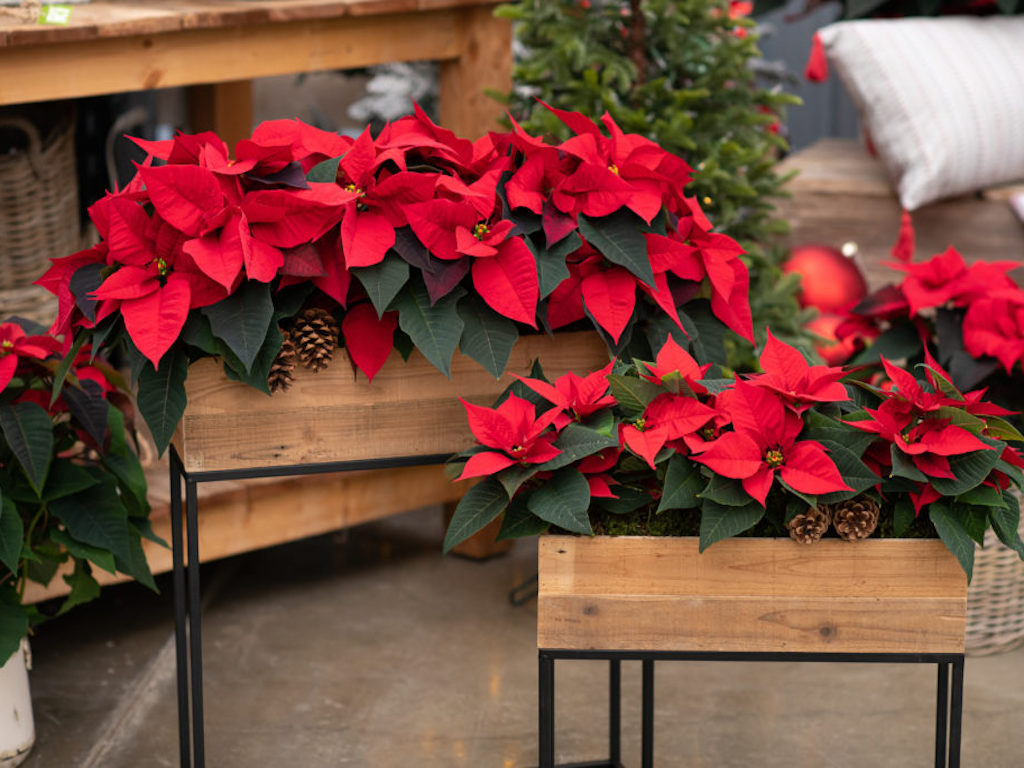

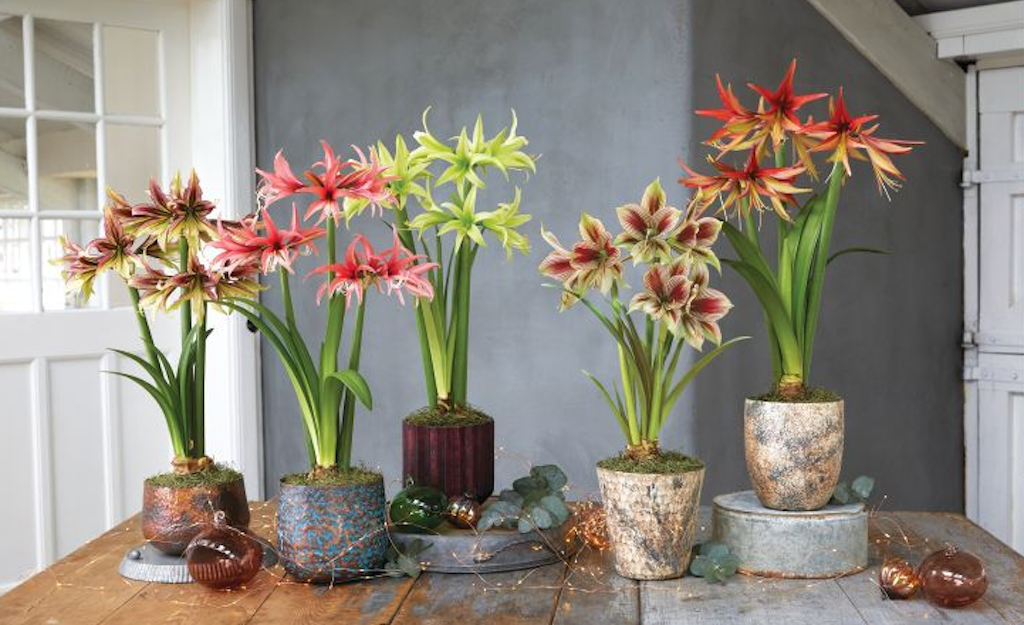
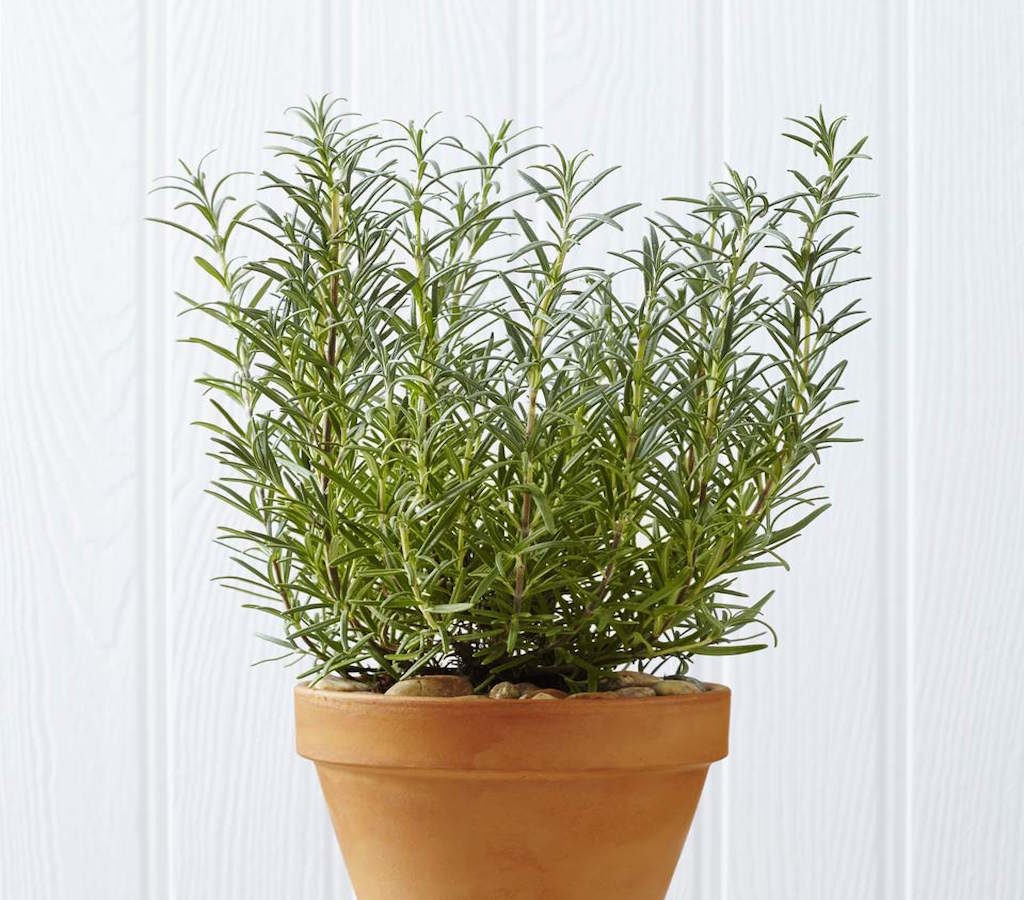
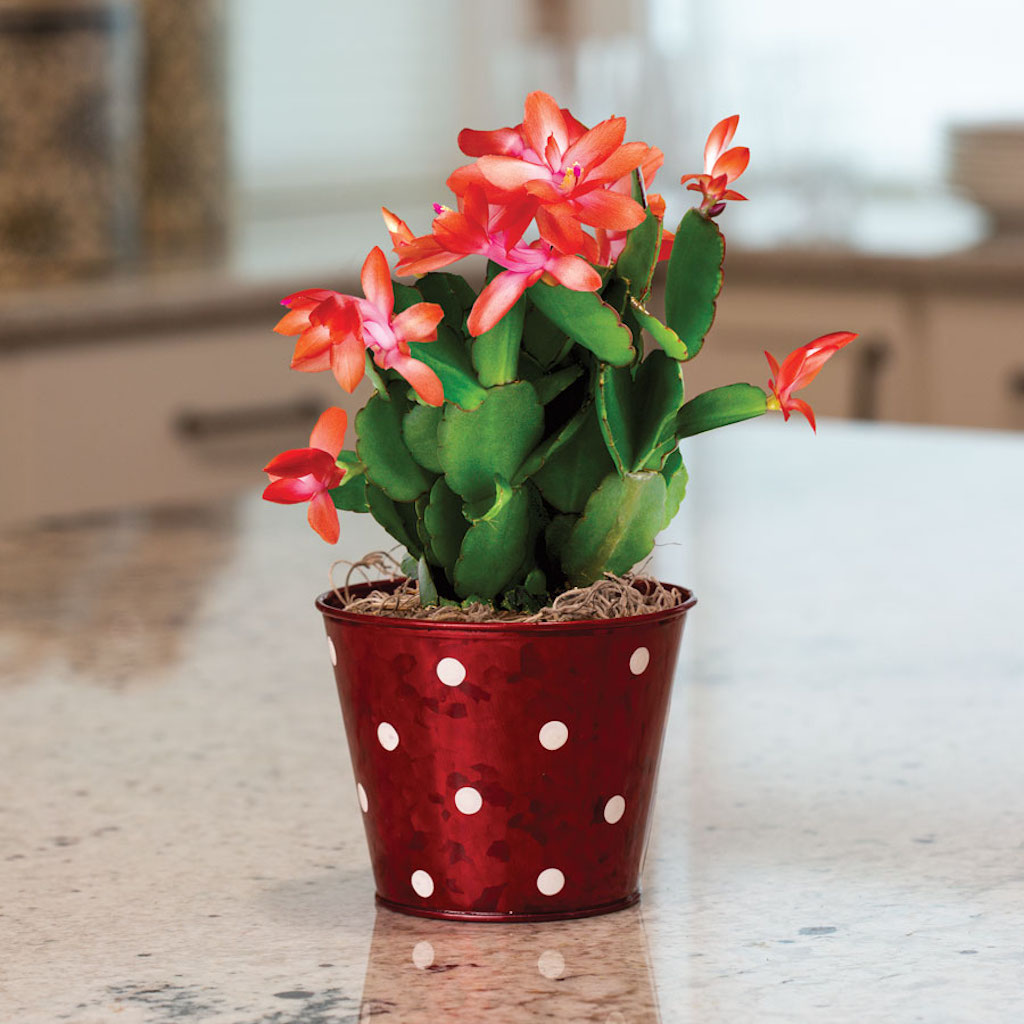
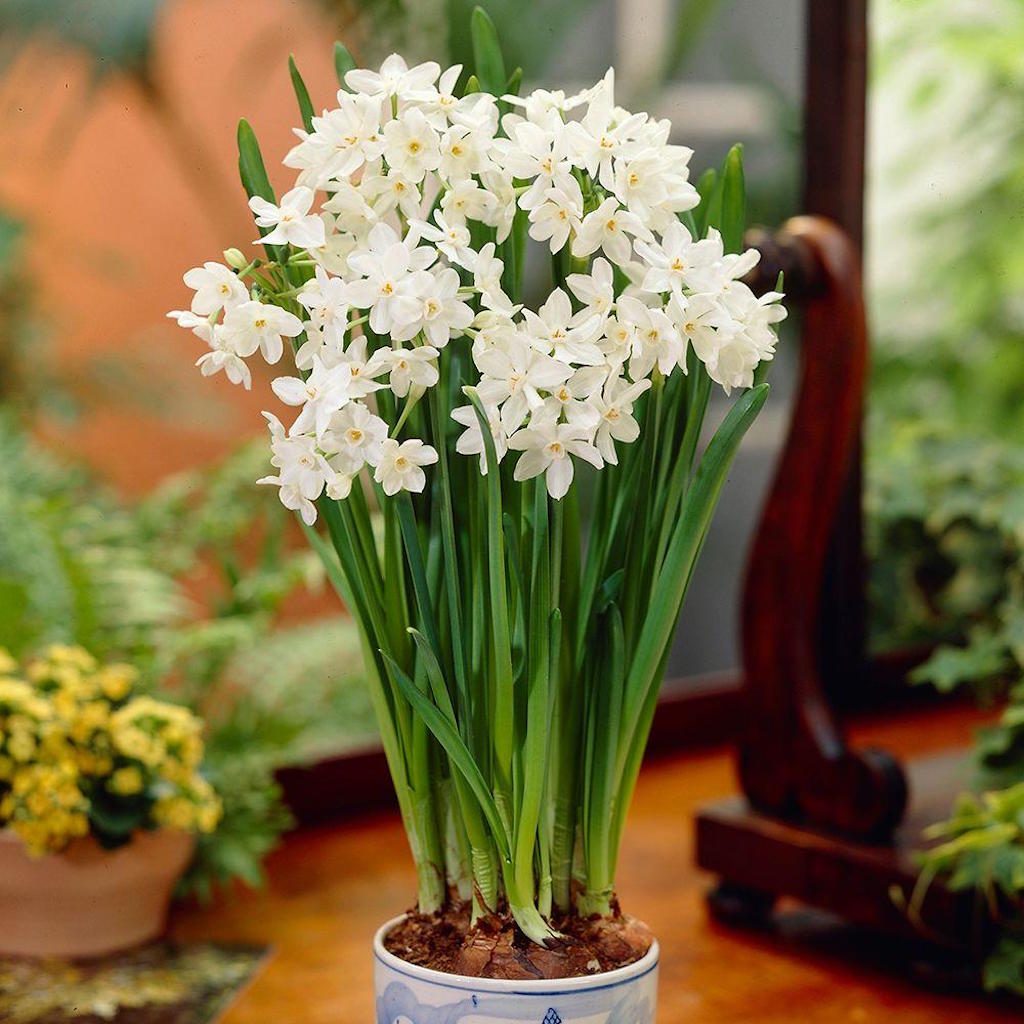
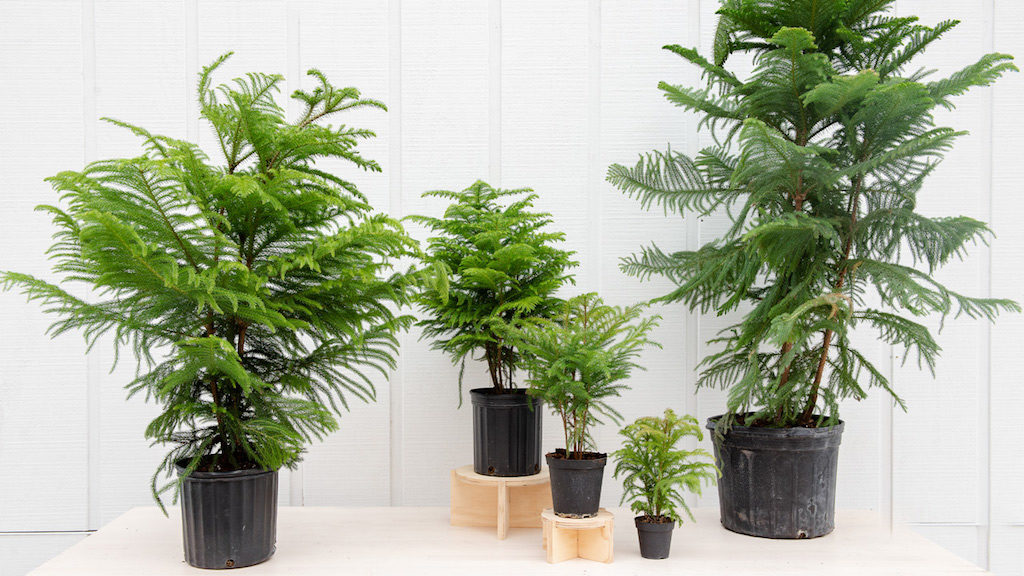
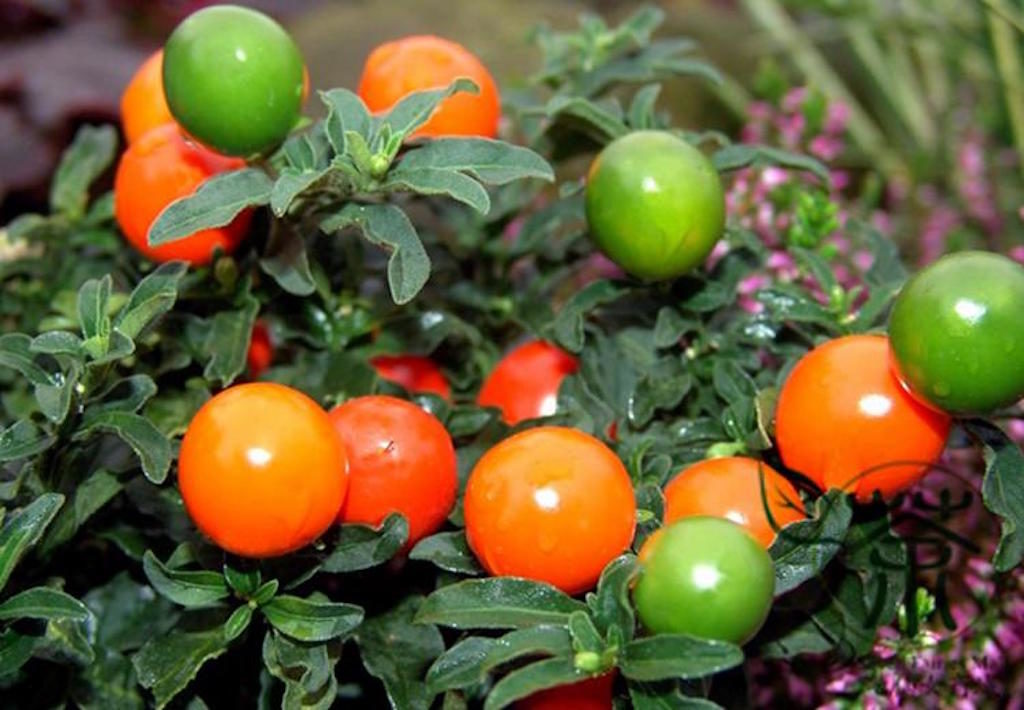
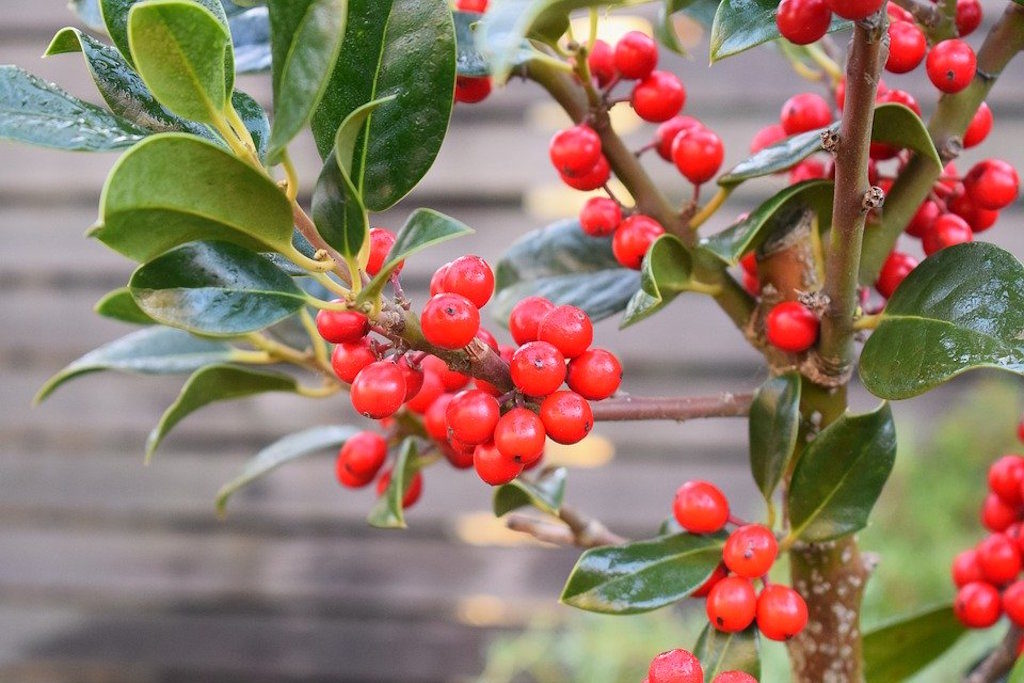
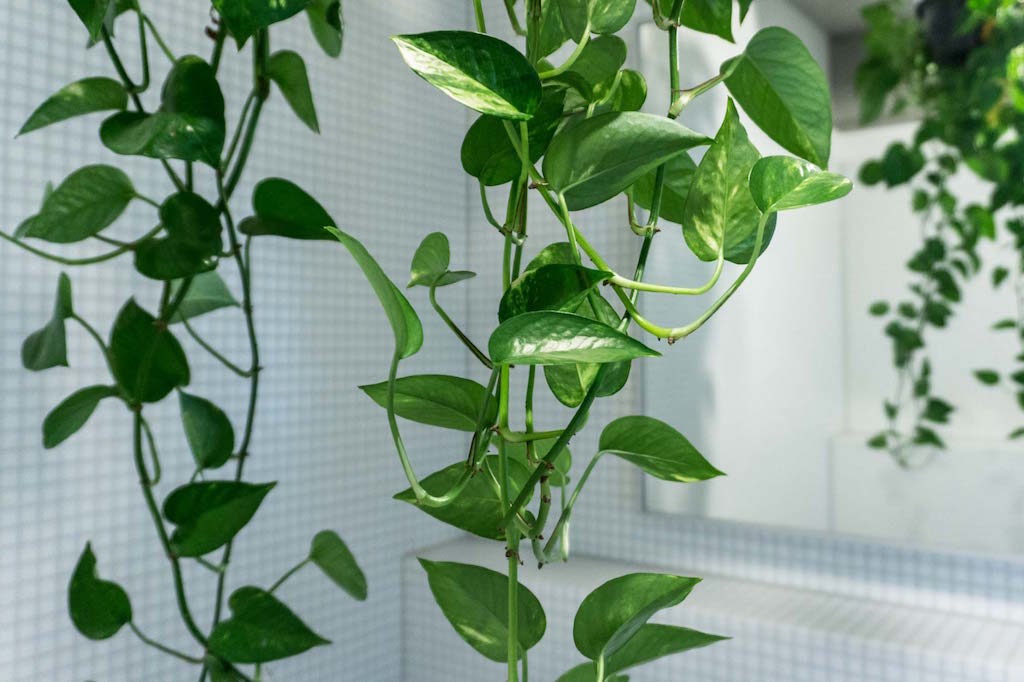
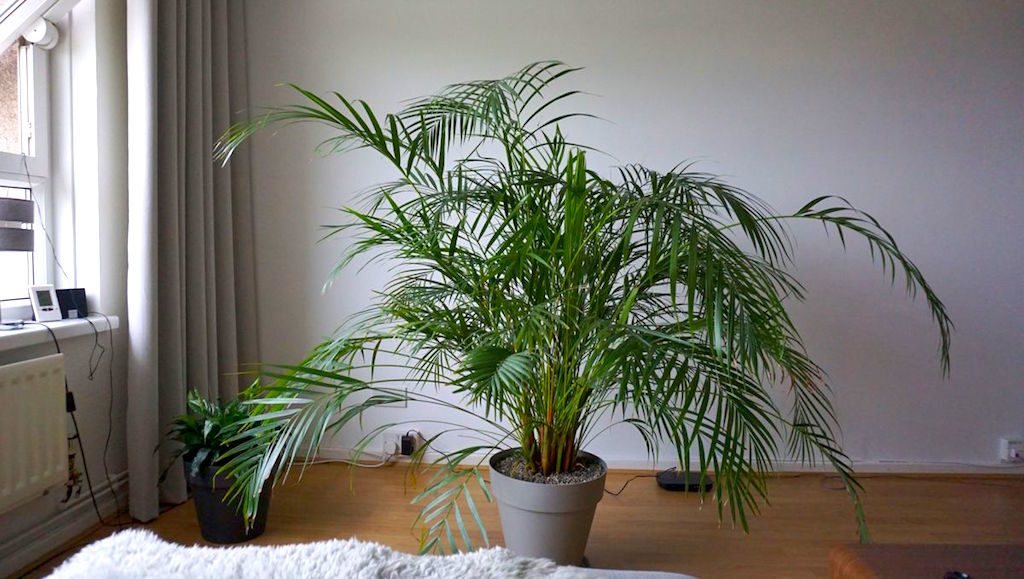

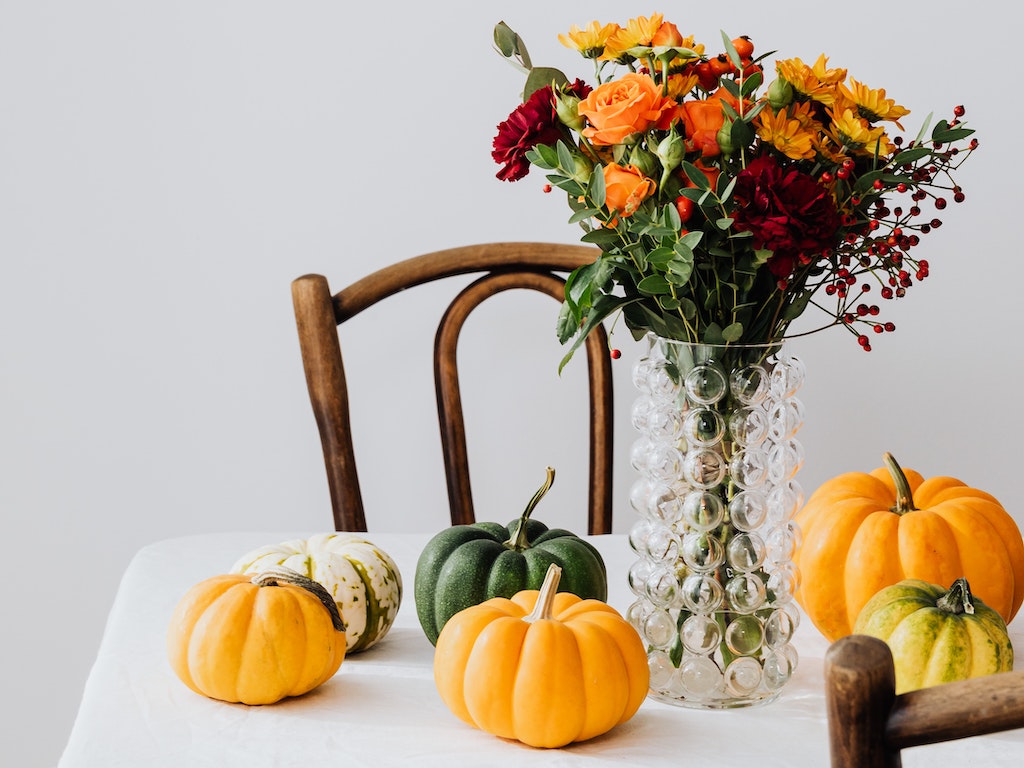
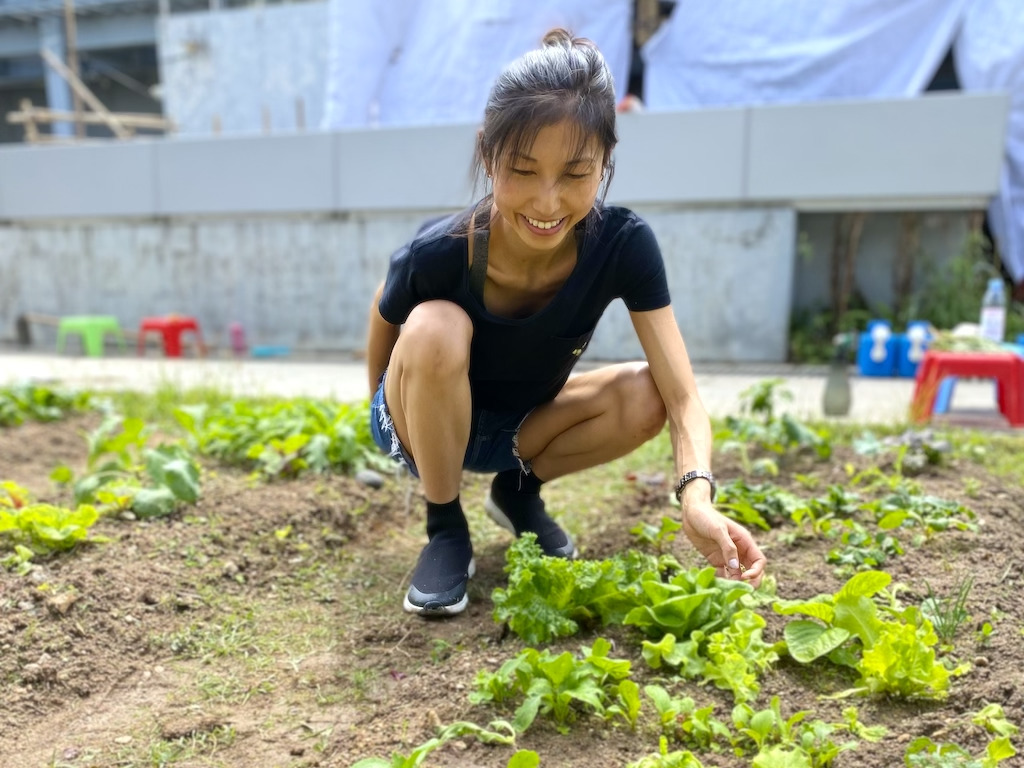

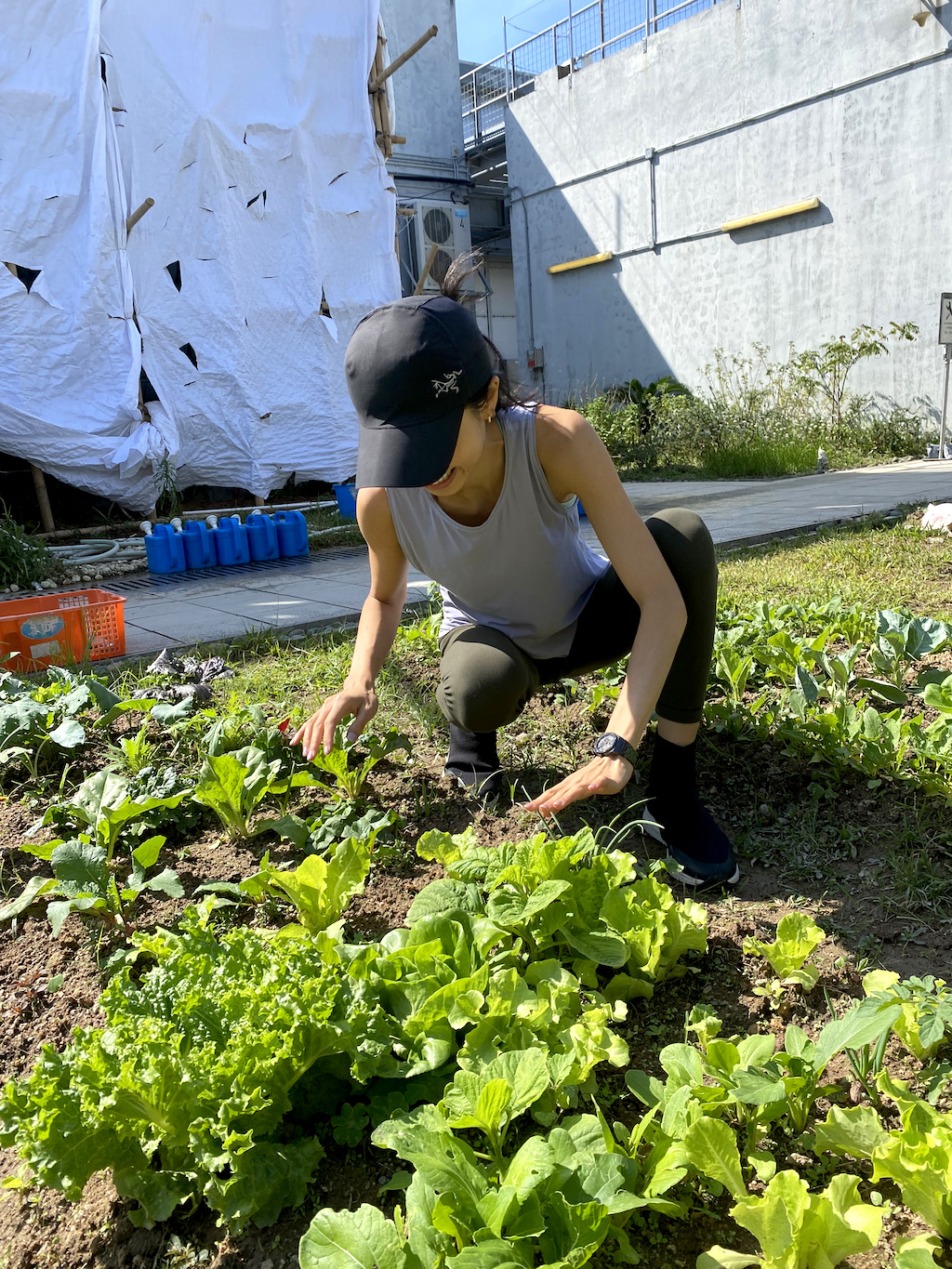
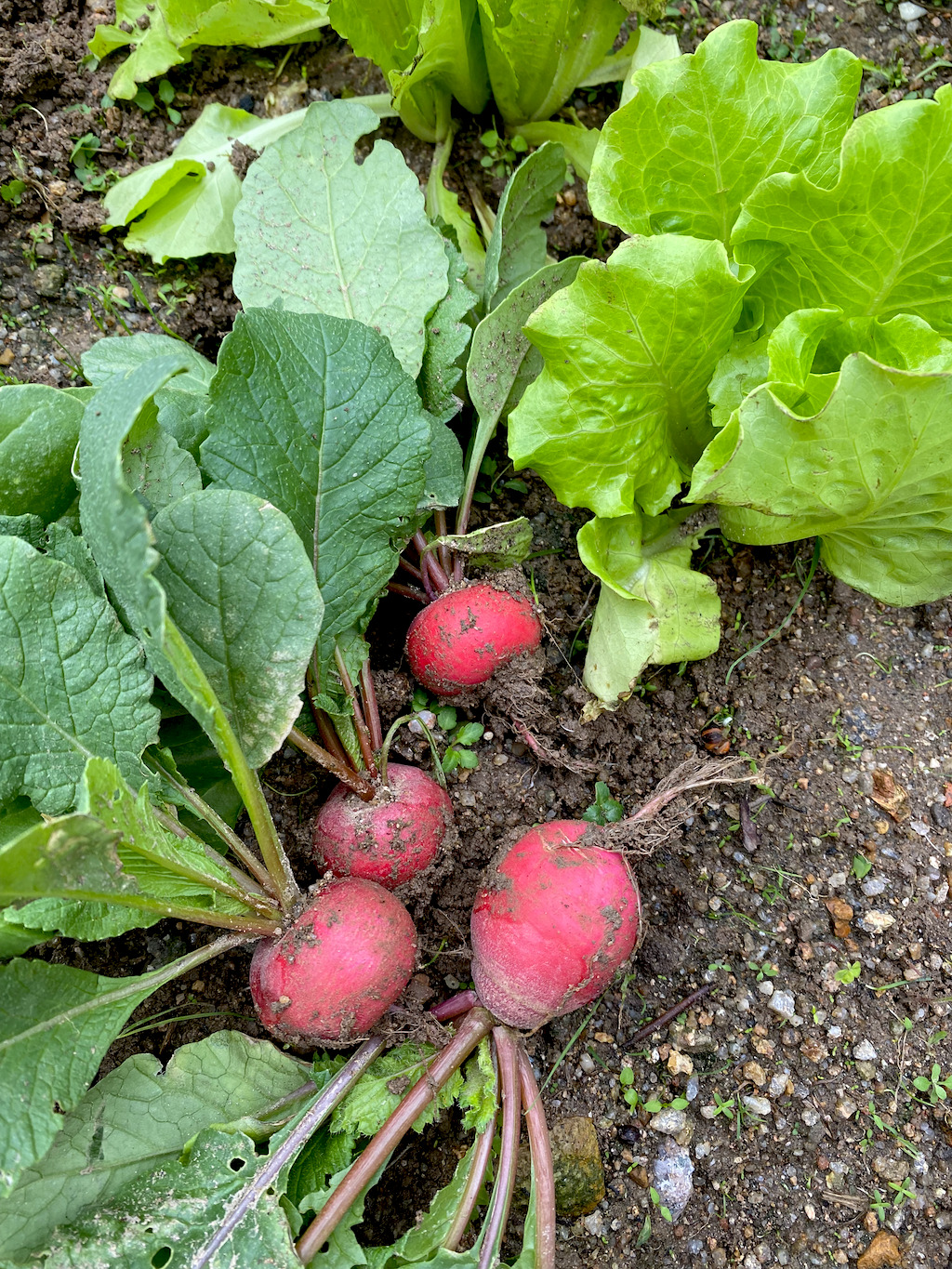
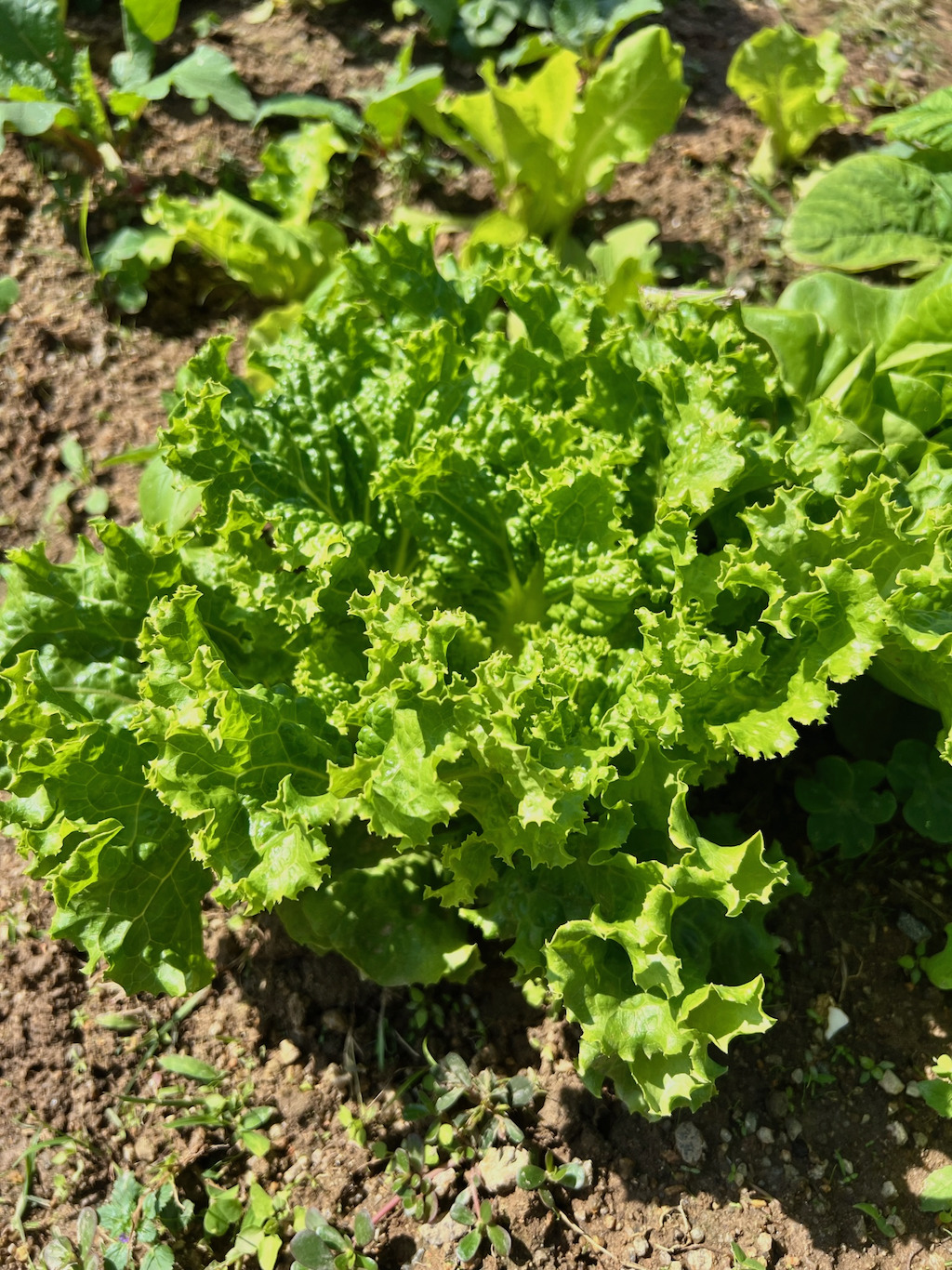
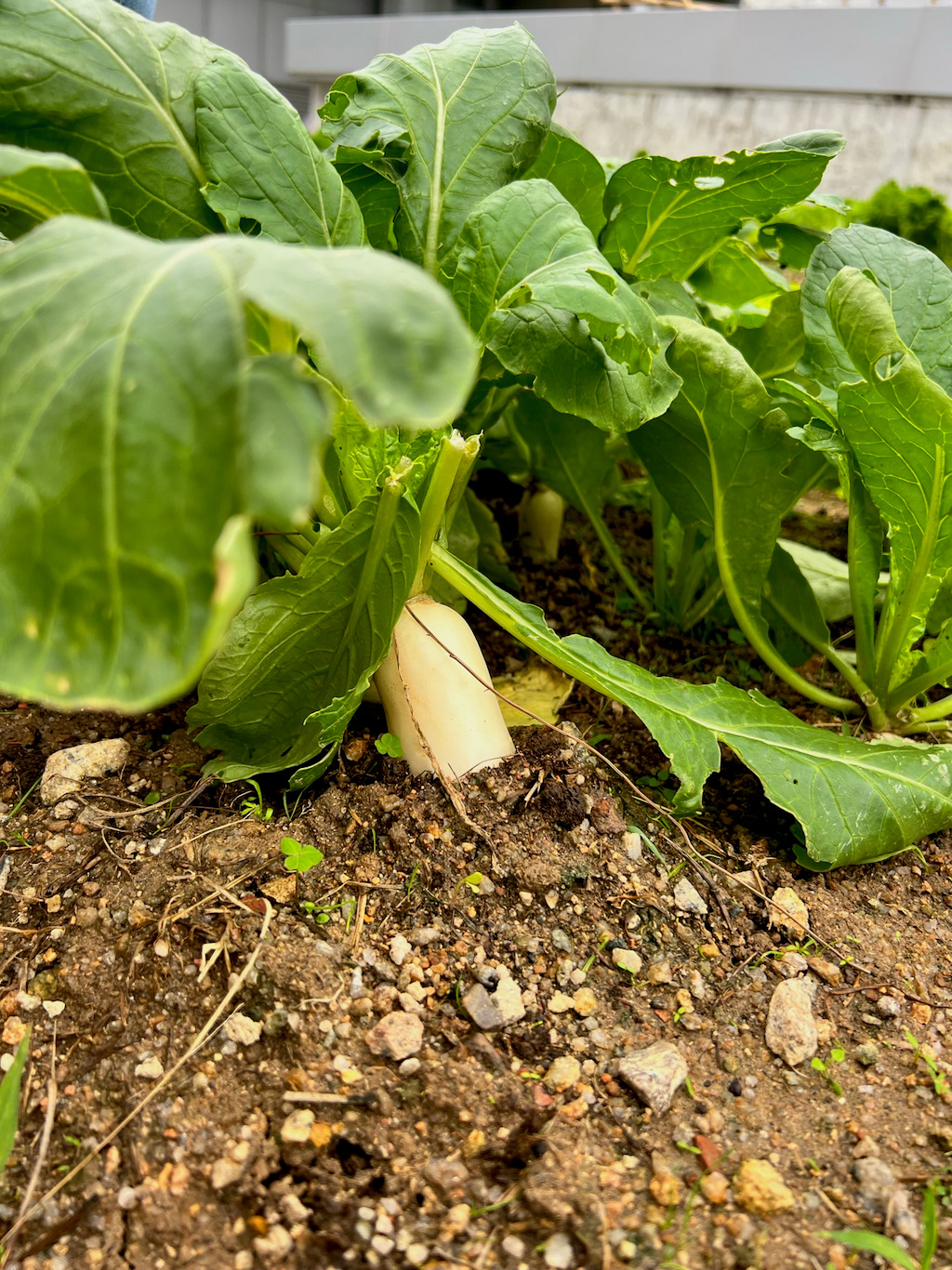
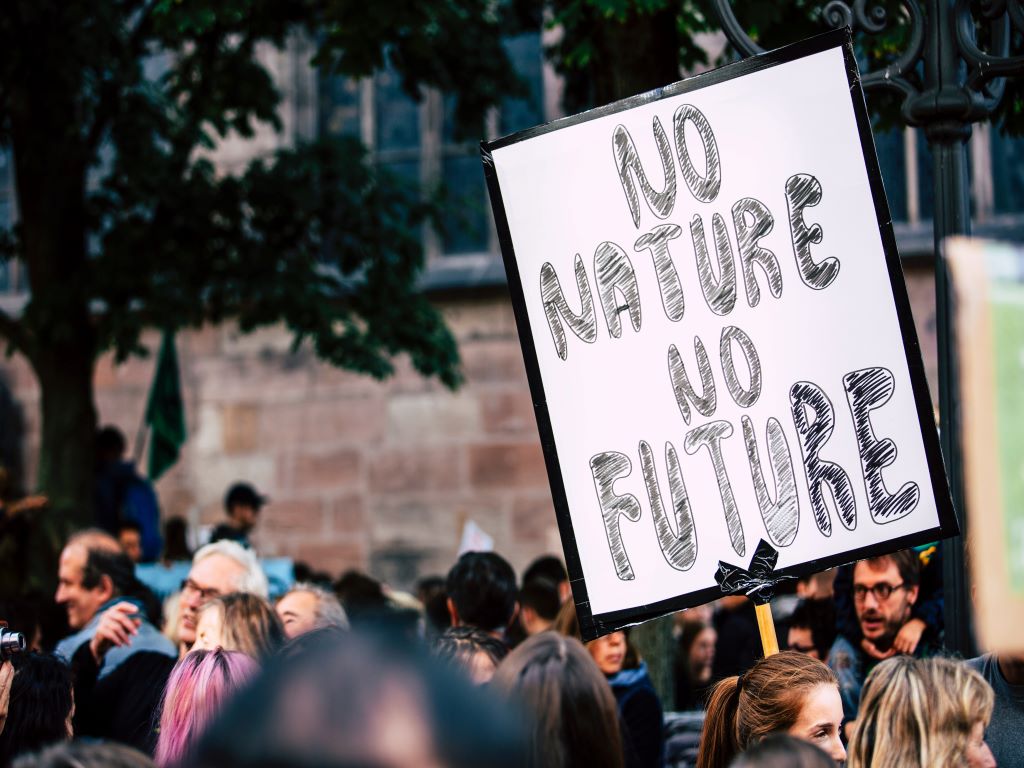




 Model Fiber with Indigo Technology. An innovative fiber that directly inserts indigo pigment during the fiber production process. By doing this, they eliminate almost 100% of water and electricity use, and more than 80% of chemicals, and release minimal amounts of wastewater, when compared to the conventional powder indigo dyeing technique.
Model Fiber with Indigo Technology. An innovative fiber that directly inserts indigo pigment during the fiber production process. By doing this, they eliminate almost 100% of water and electricity use, and more than 80% of chemicals, and release minimal amounts of wastewater, when compared to the conventional powder indigo dyeing technique. 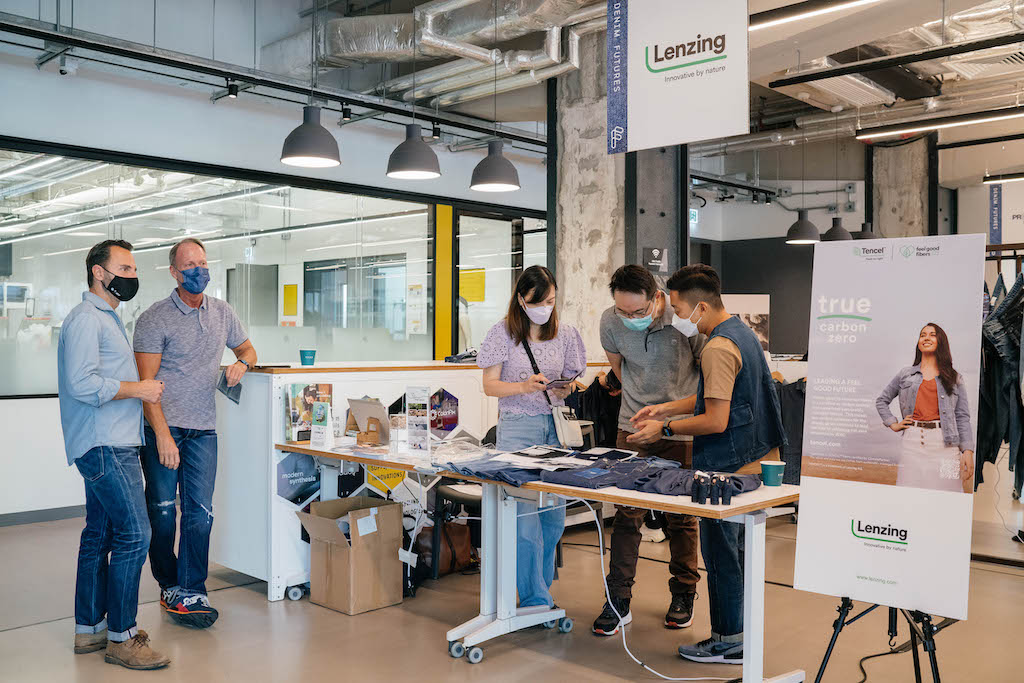
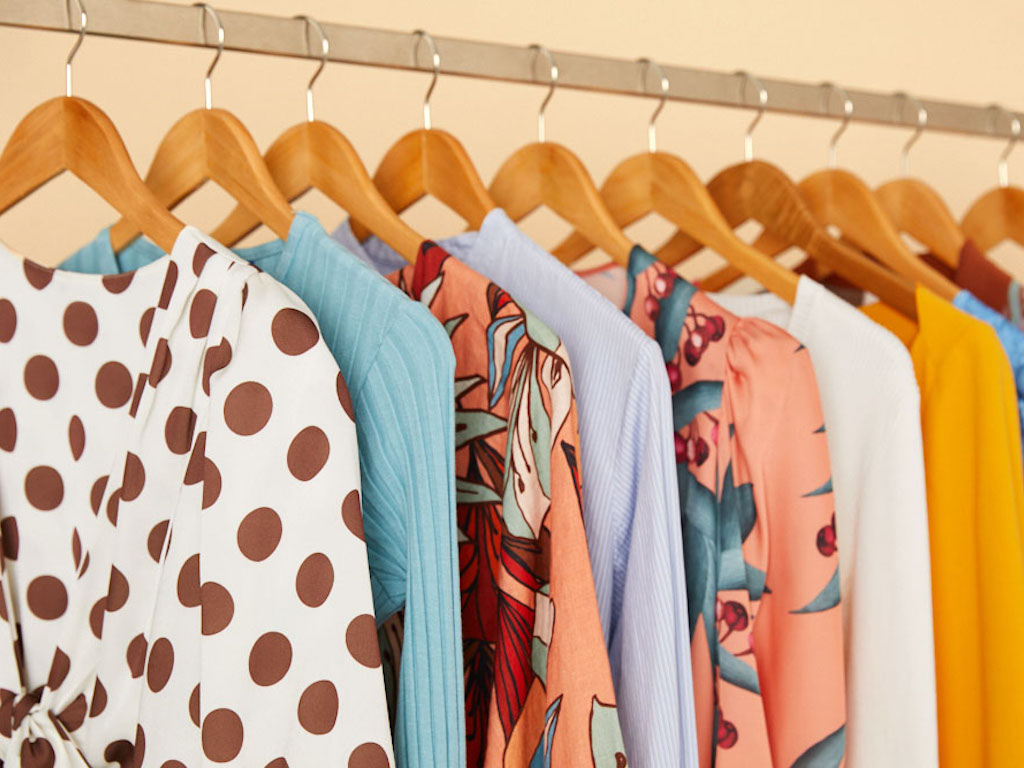
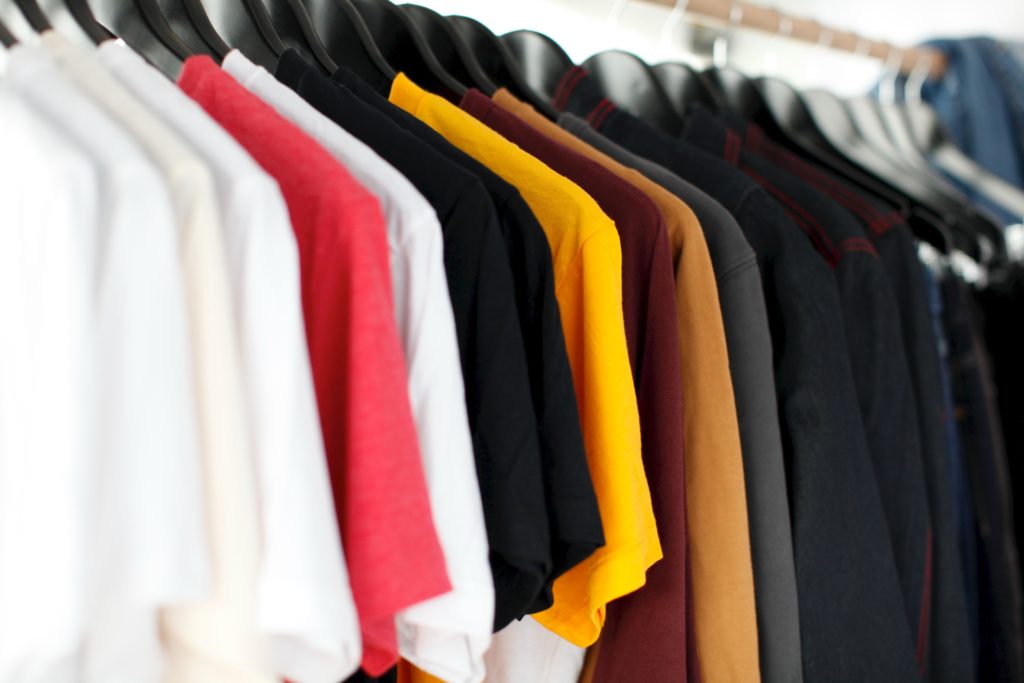
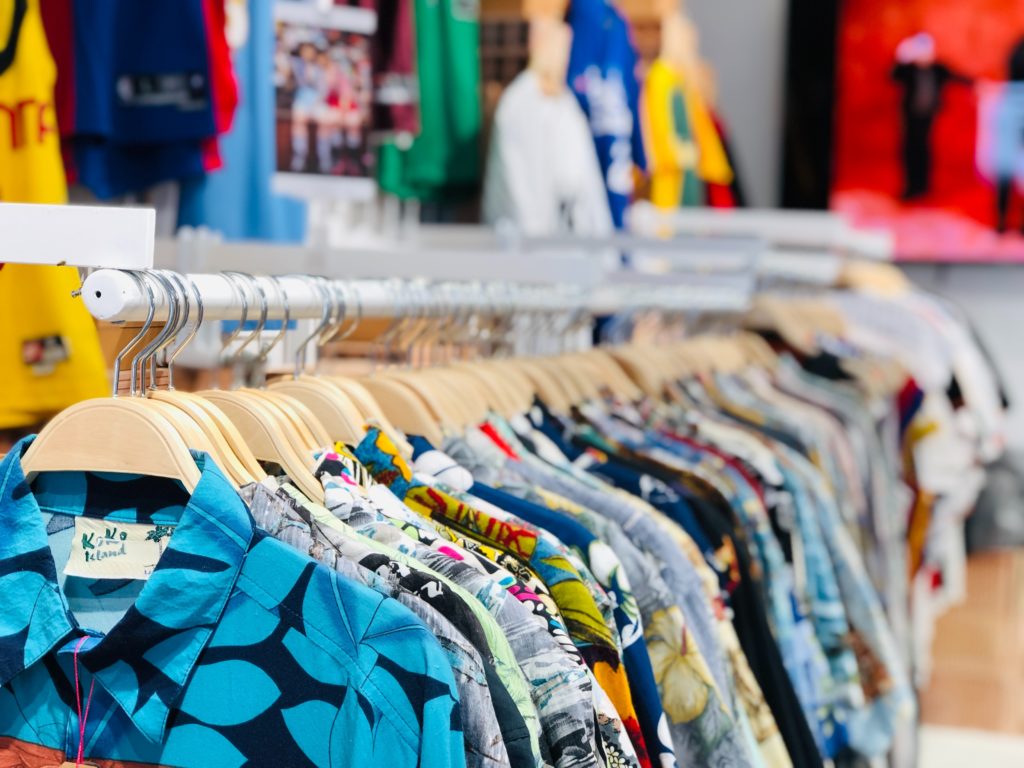
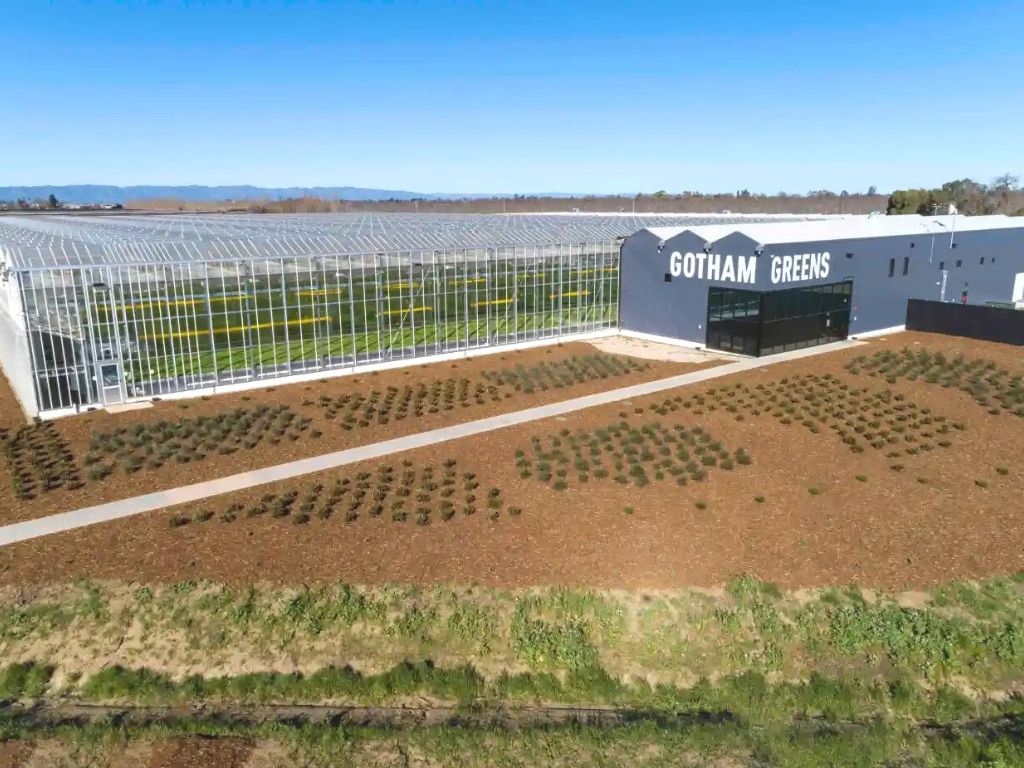
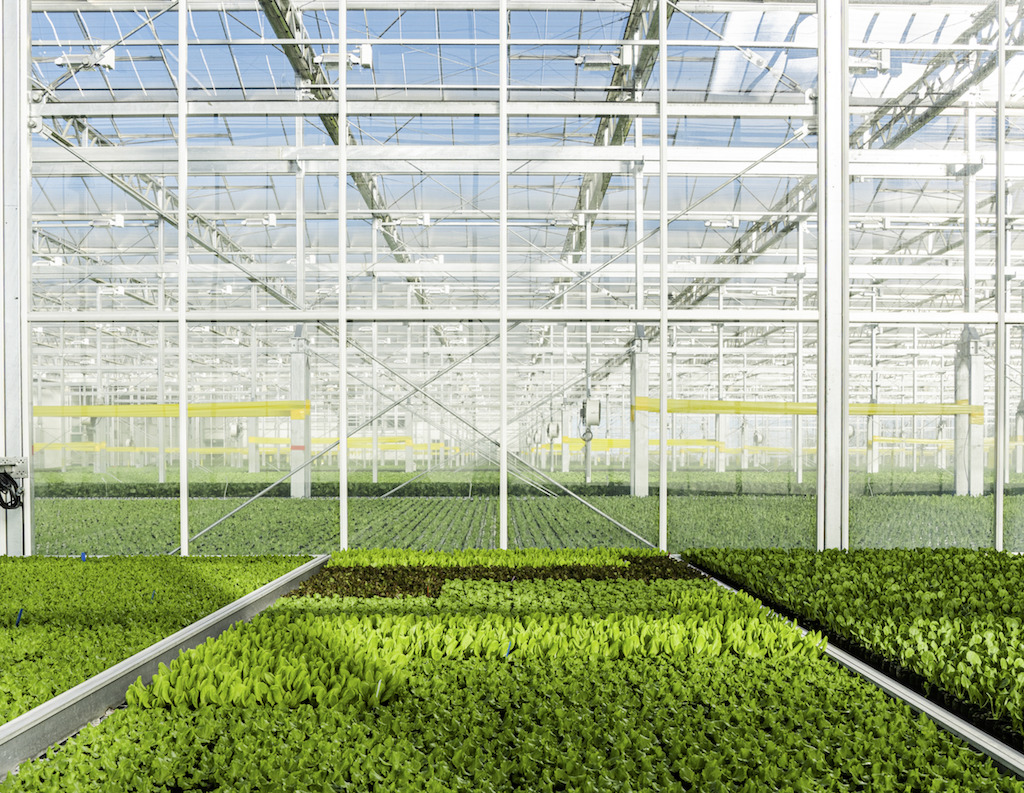

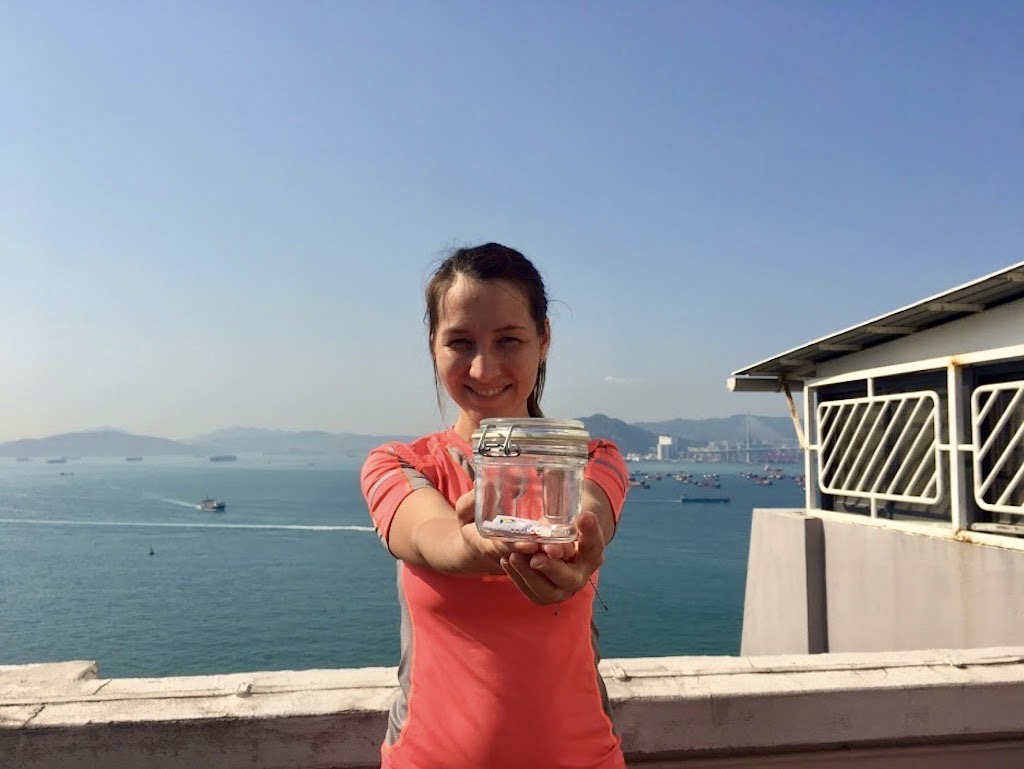
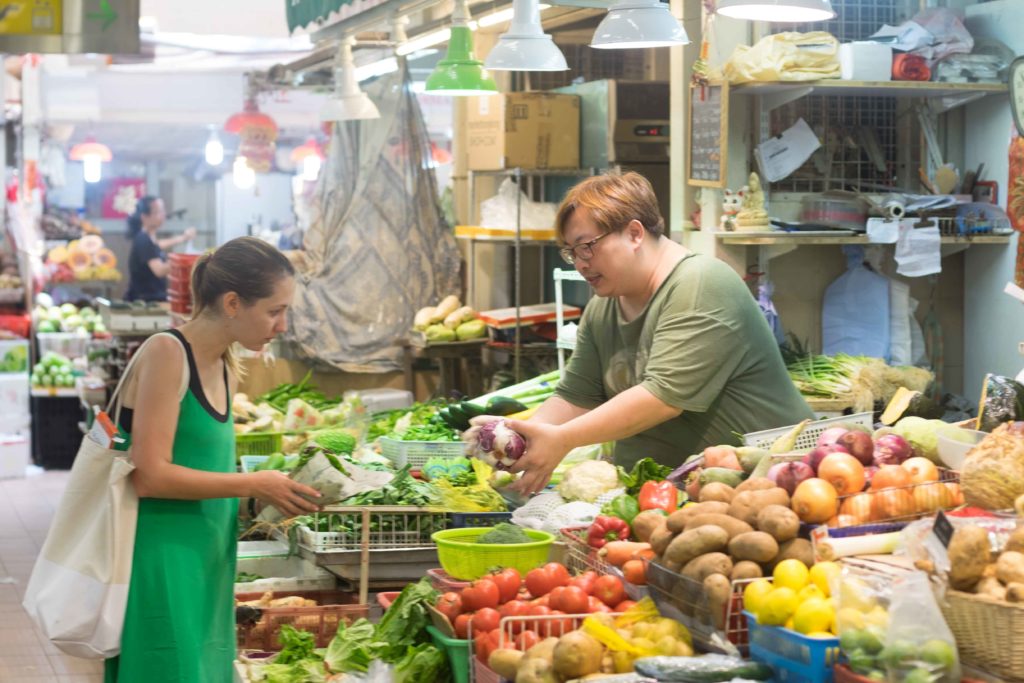
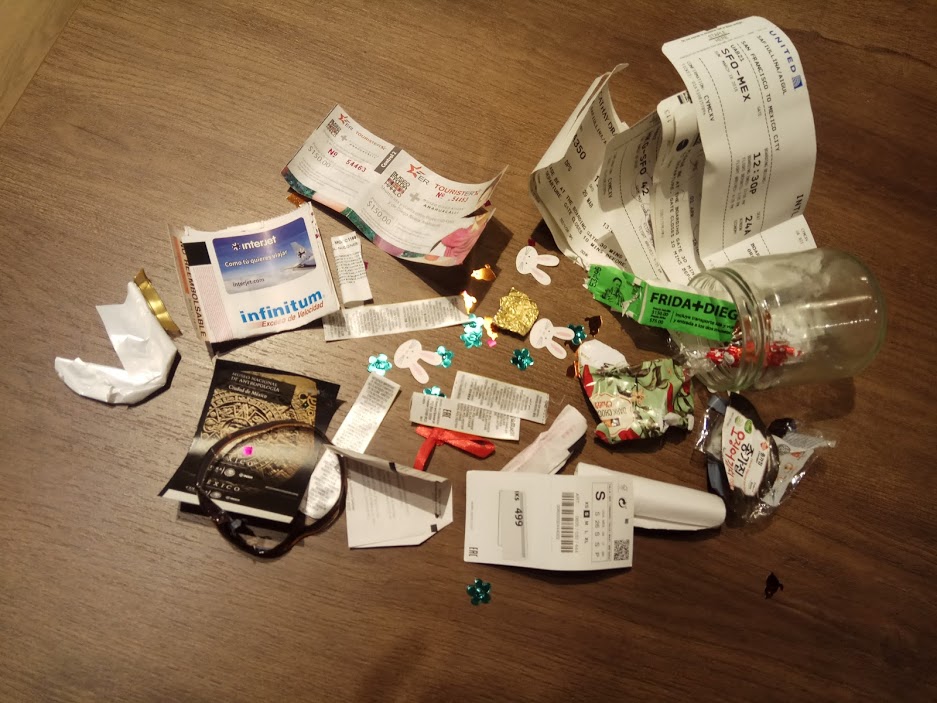
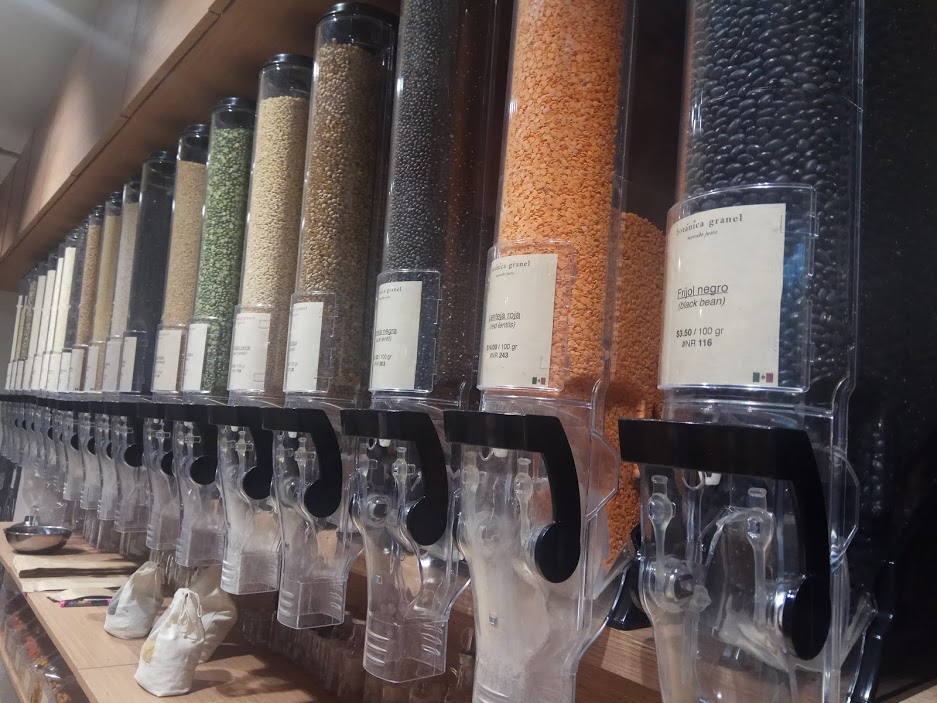
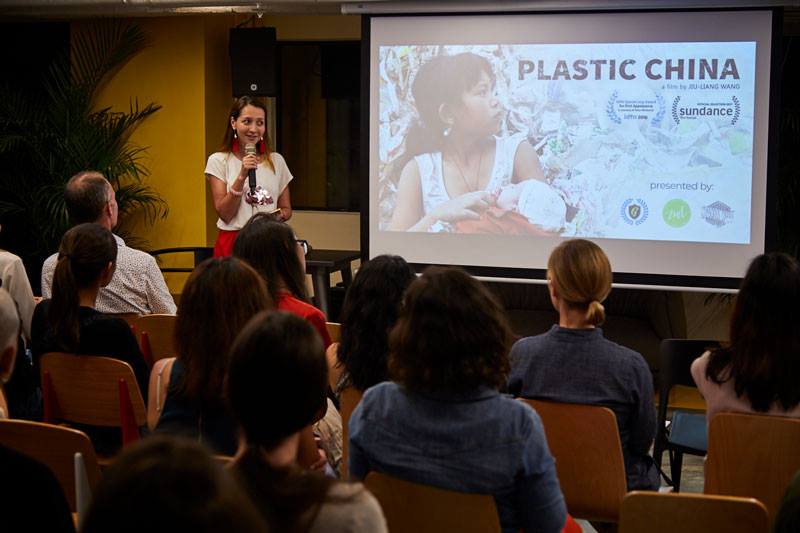
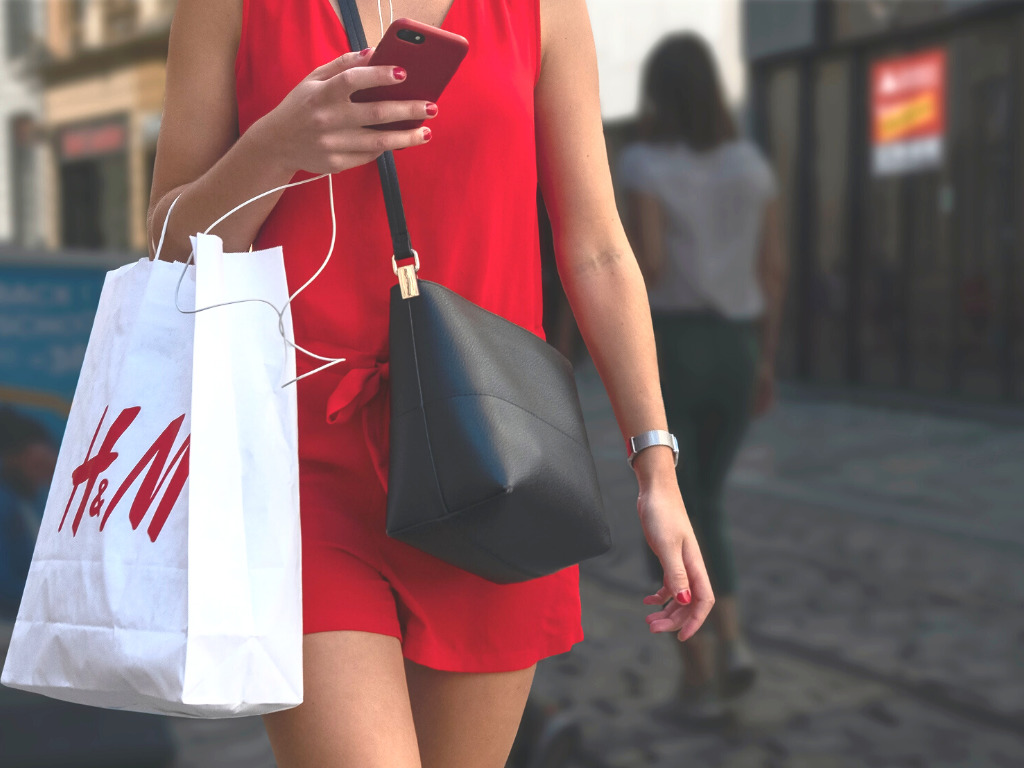
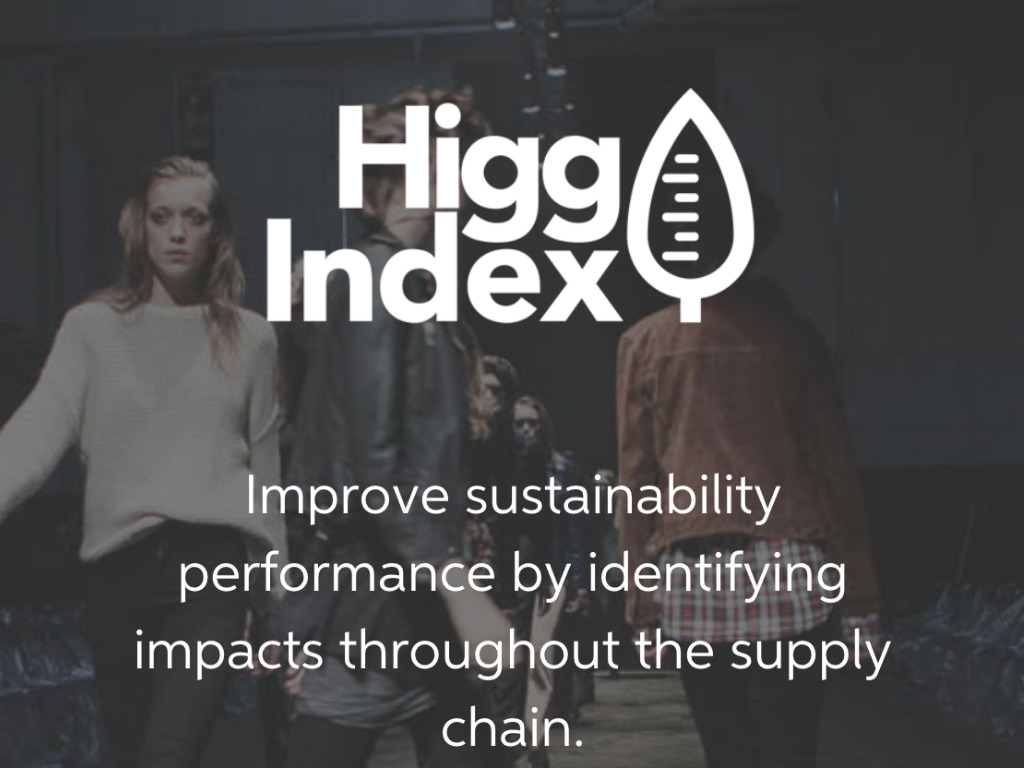


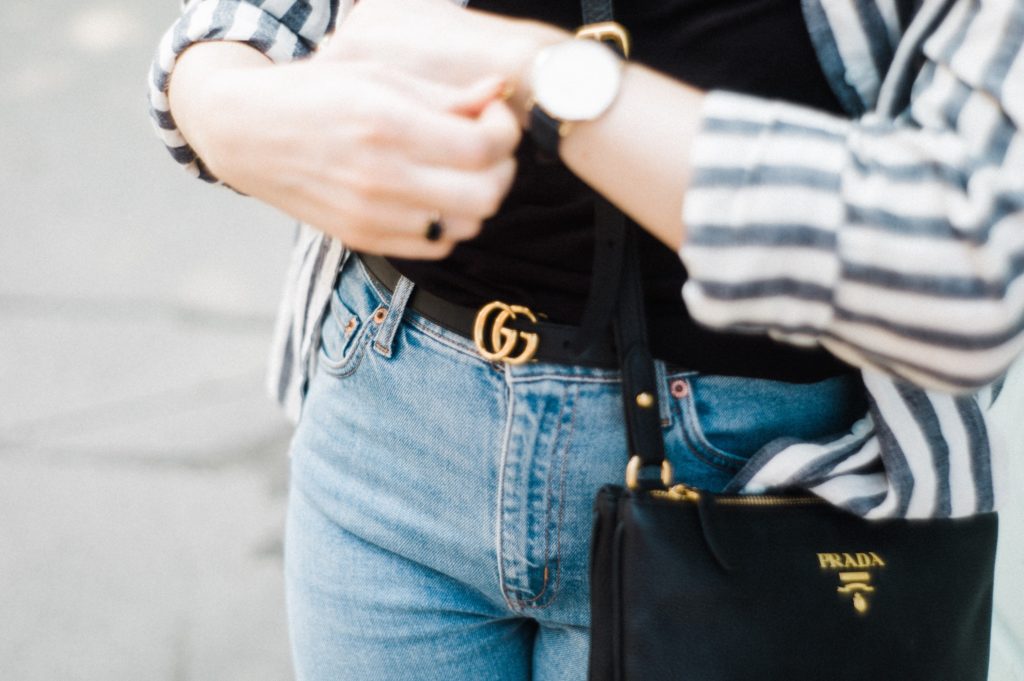
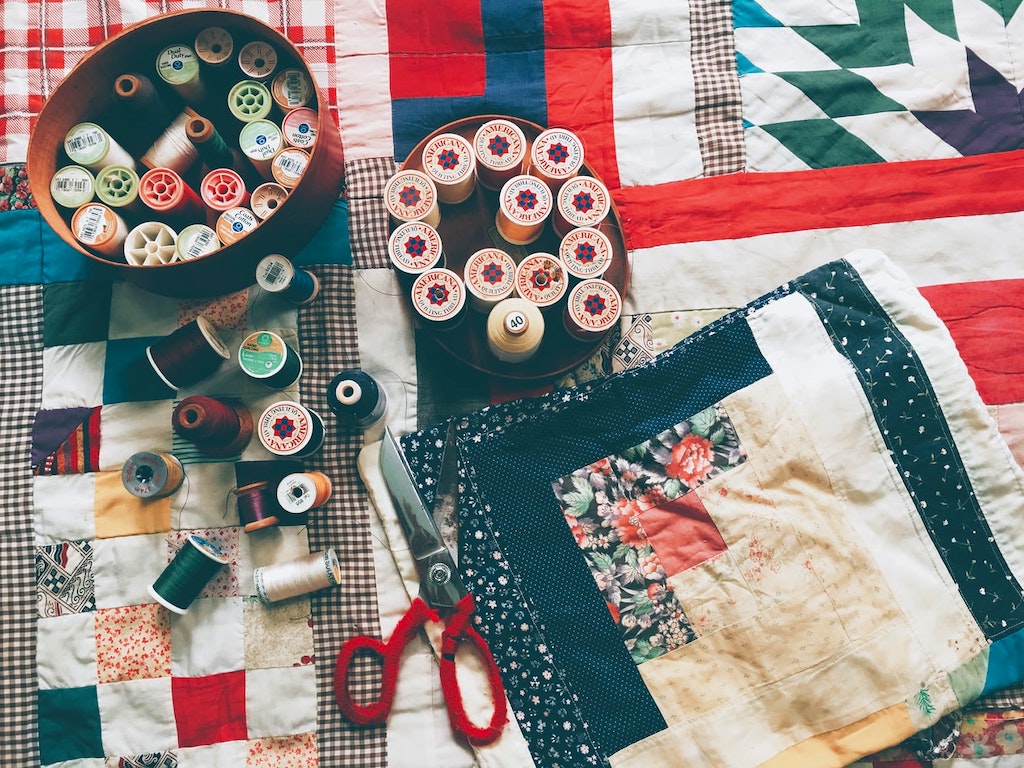
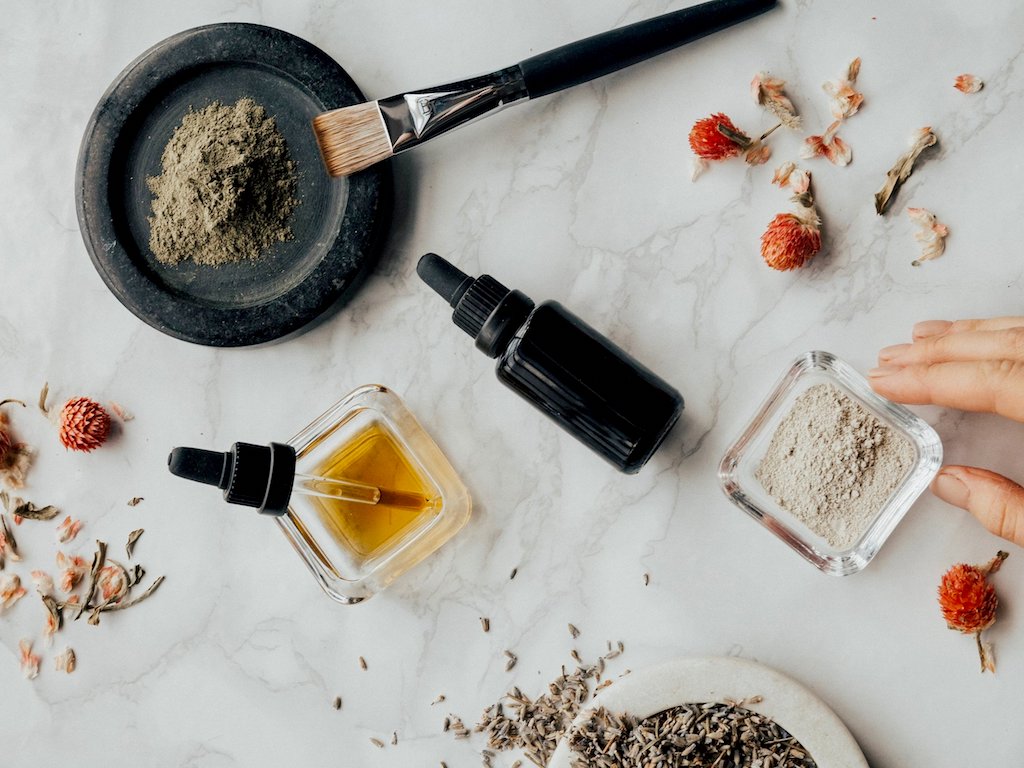
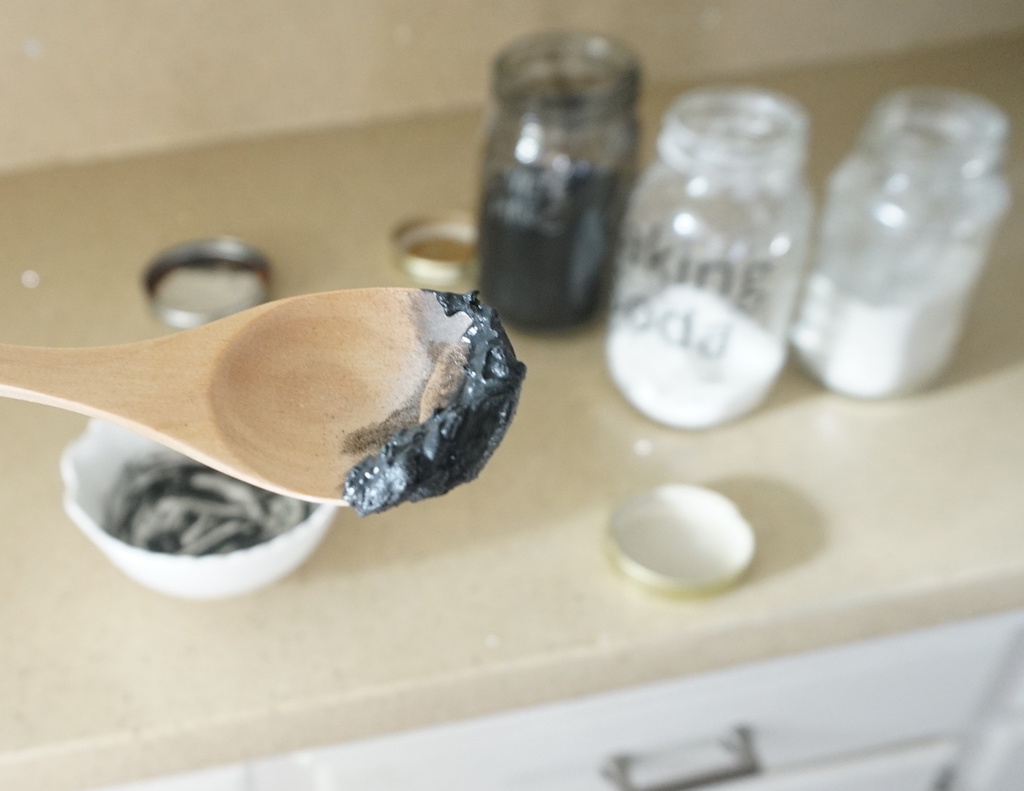
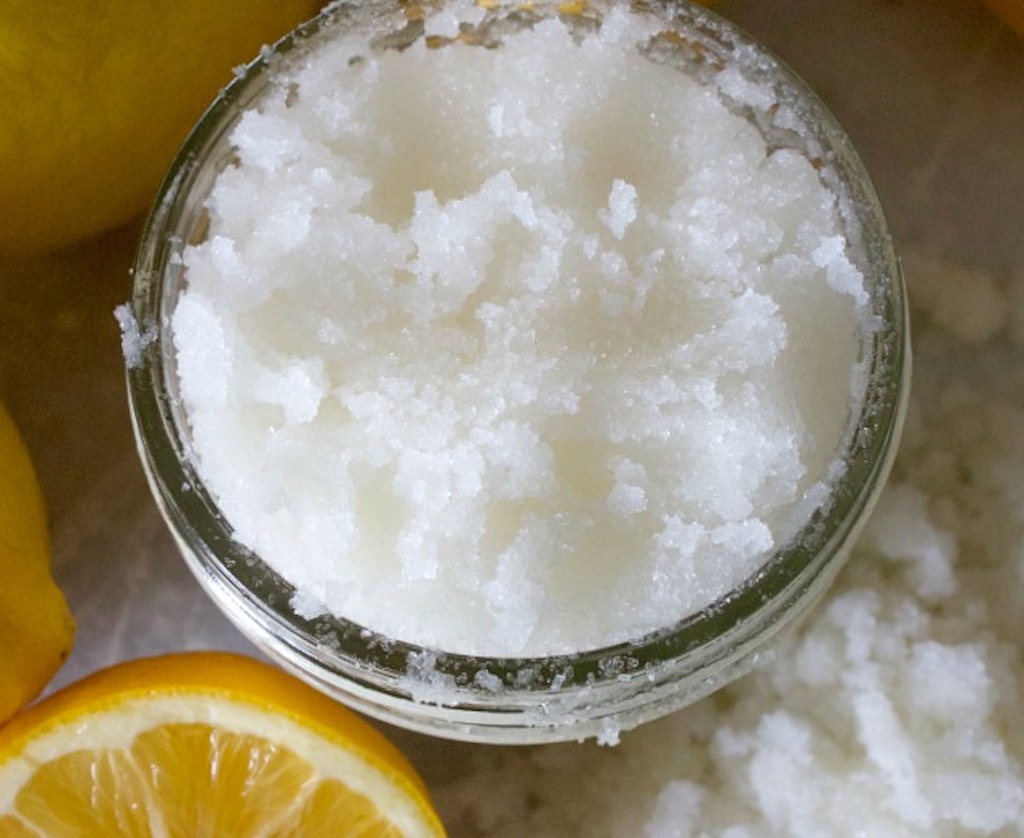

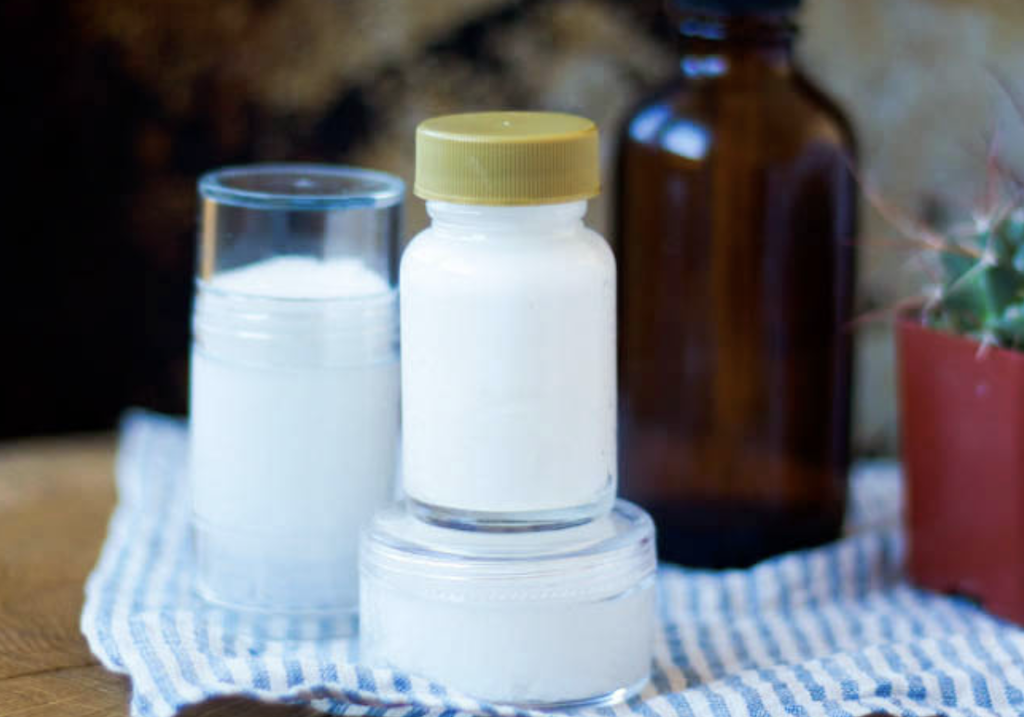
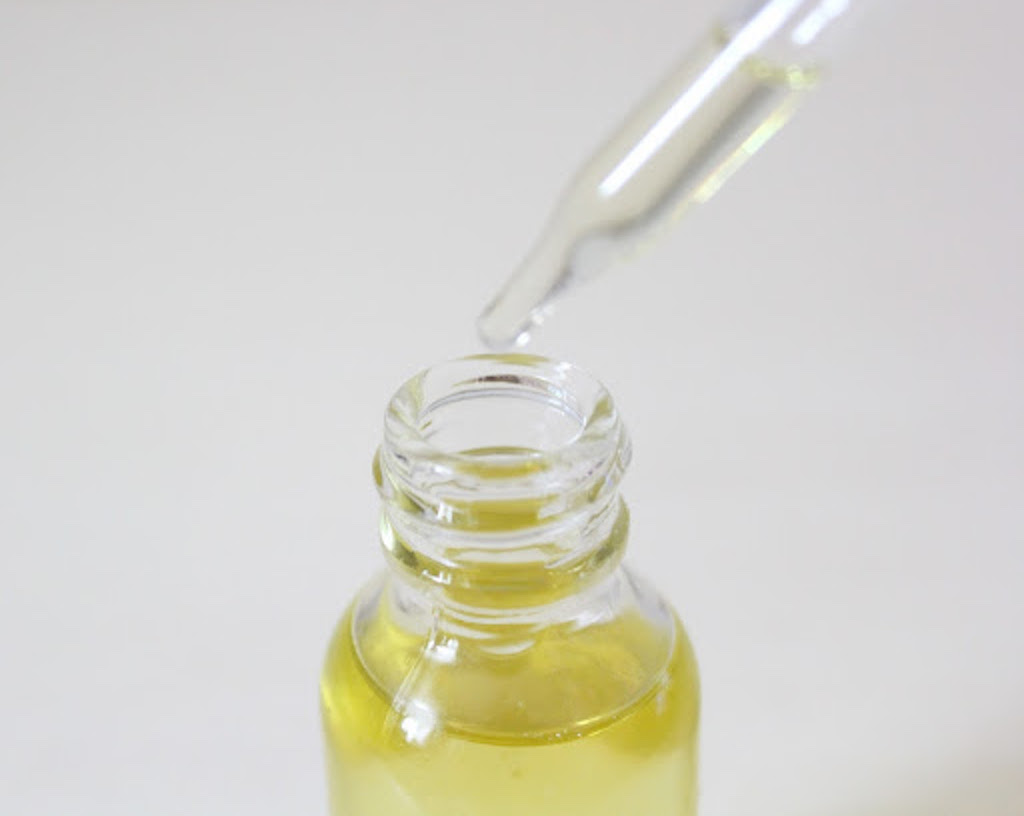

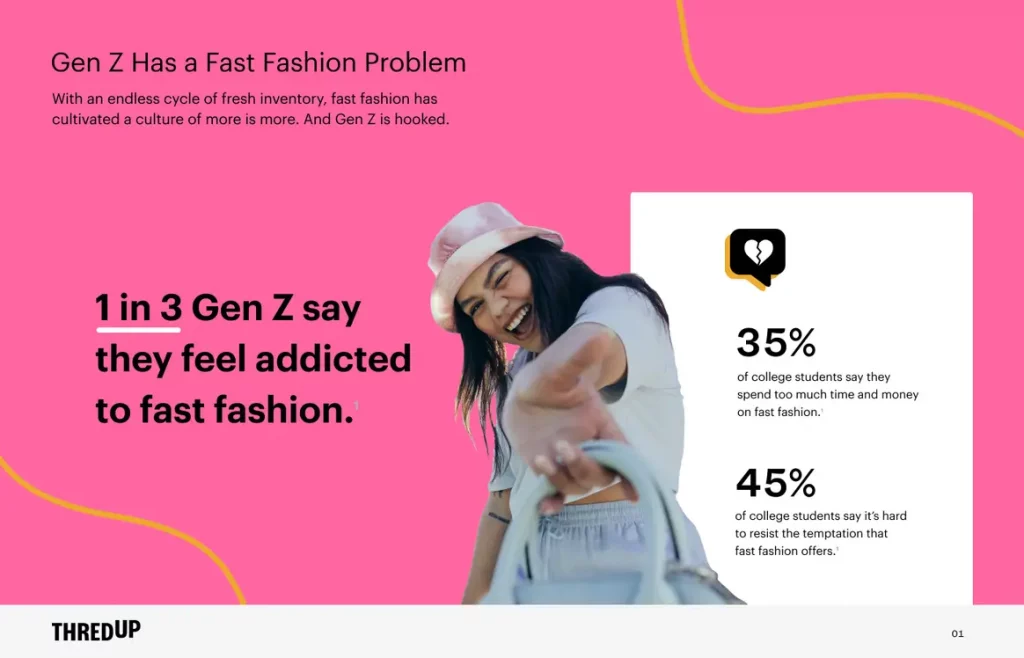

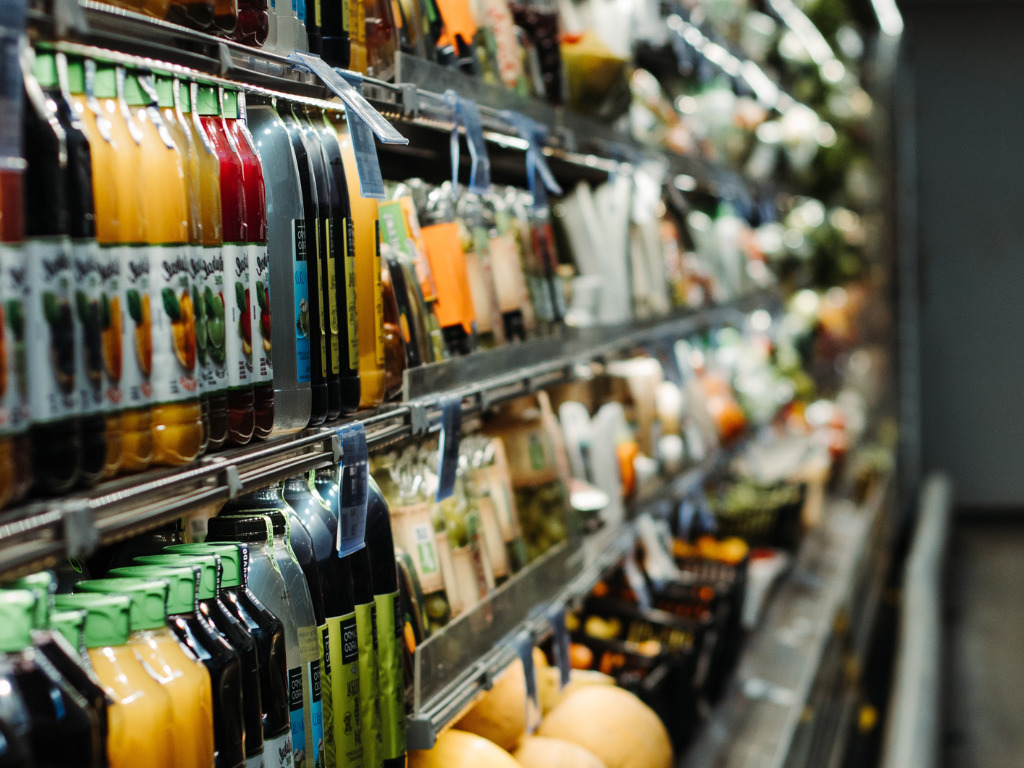
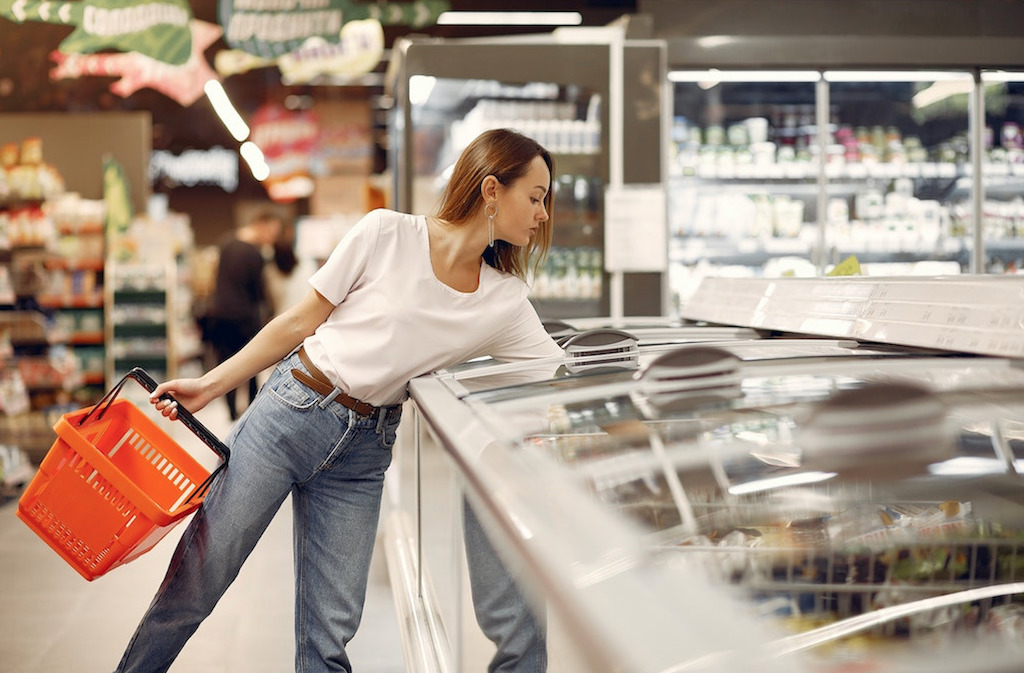
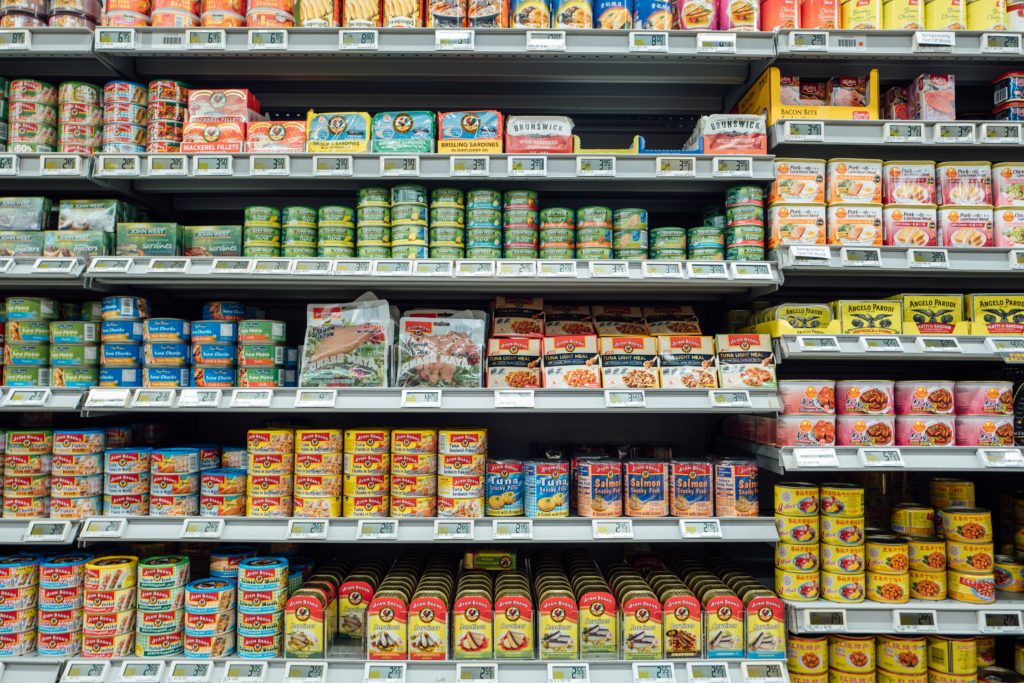


 ). Get inspired by founders’ stories and get advice to start your own eco-business.
). Get inspired by founders’ stories and get advice to start your own eco-business.
